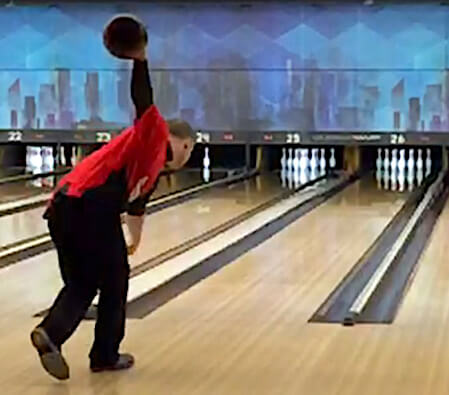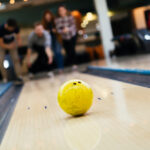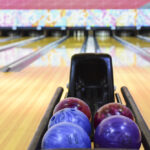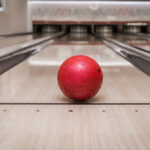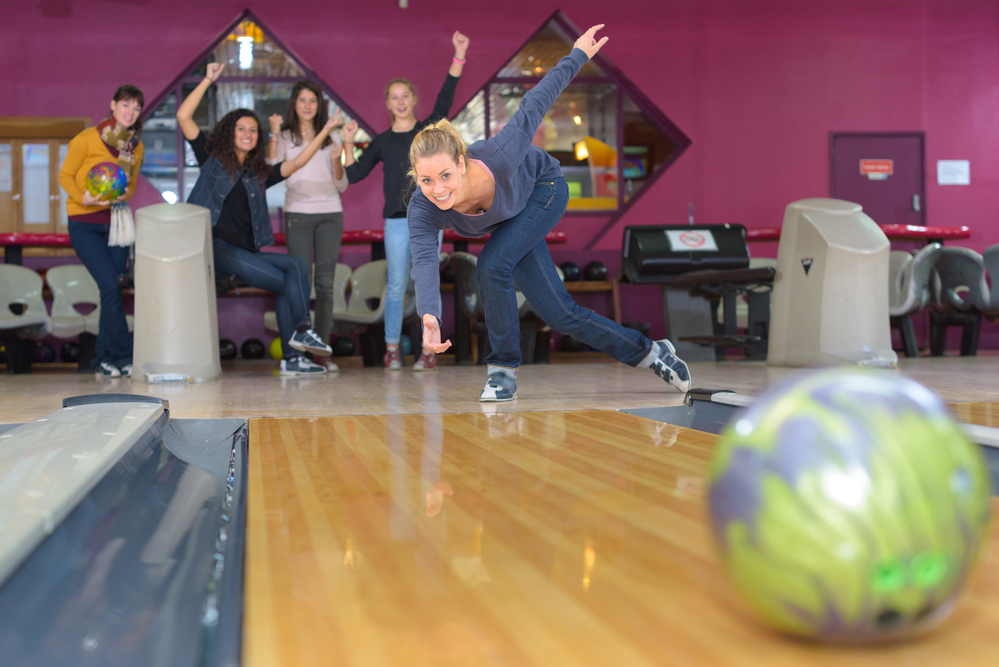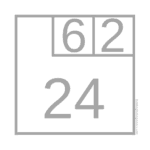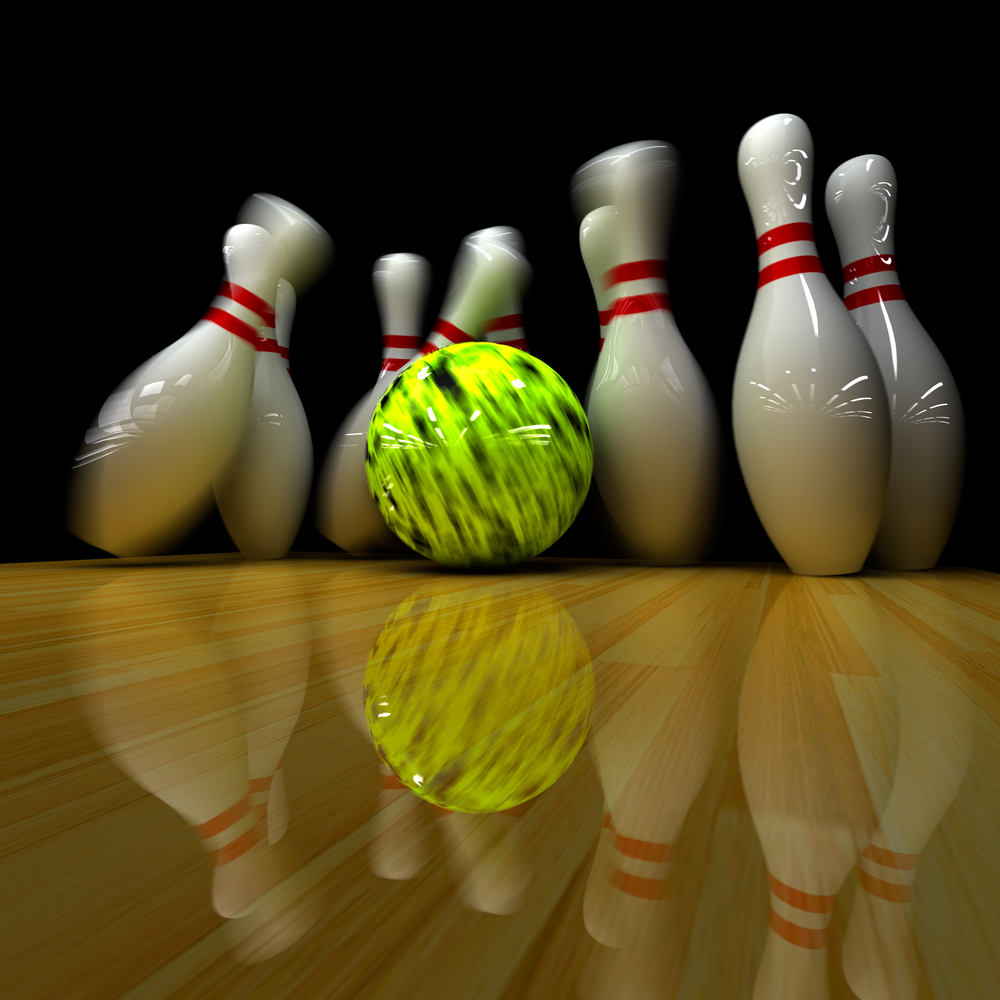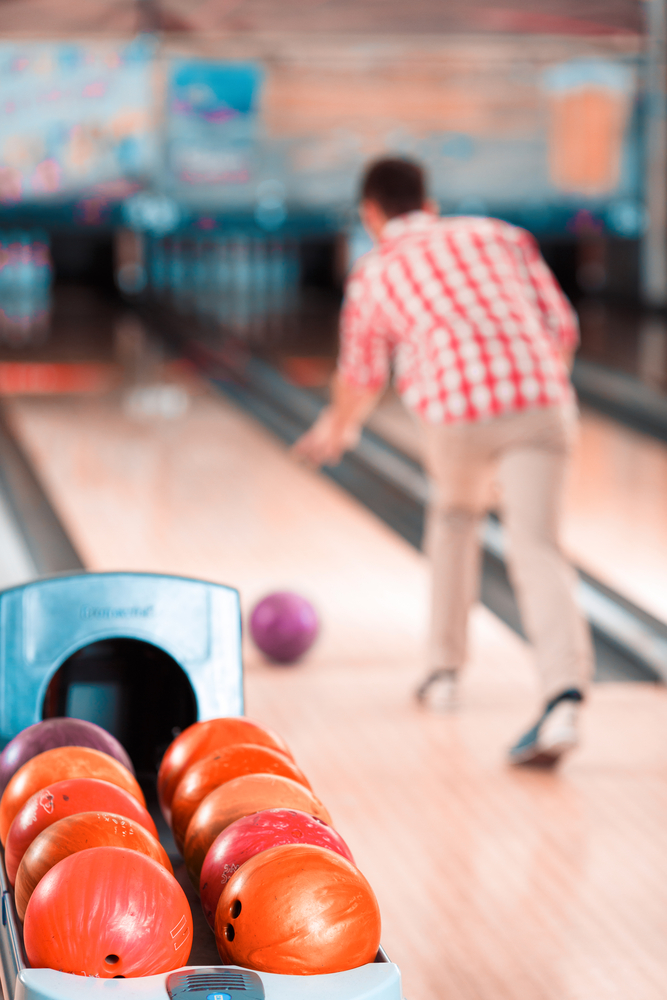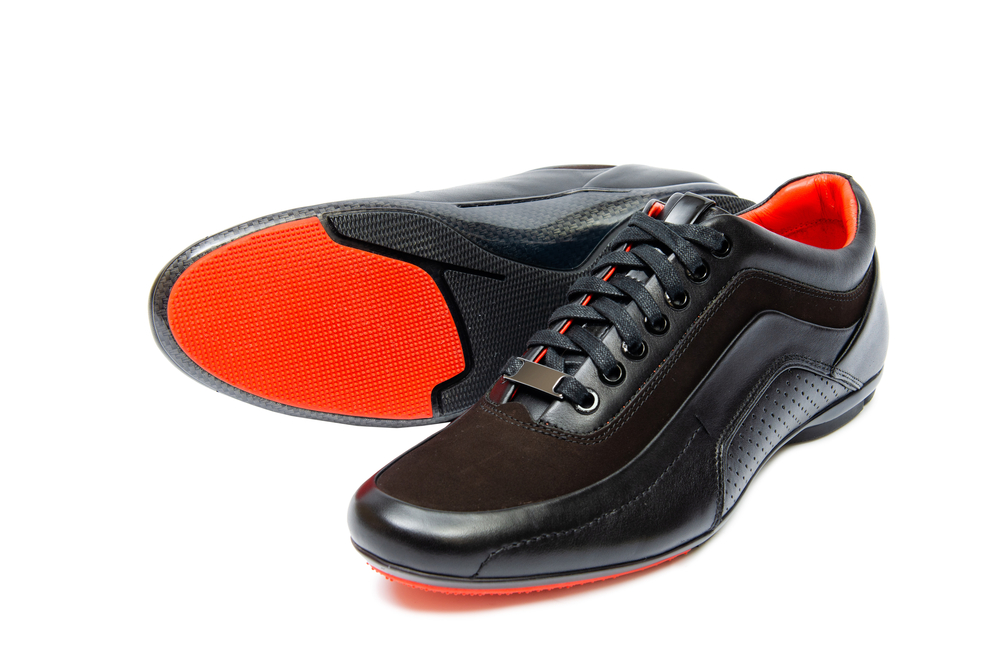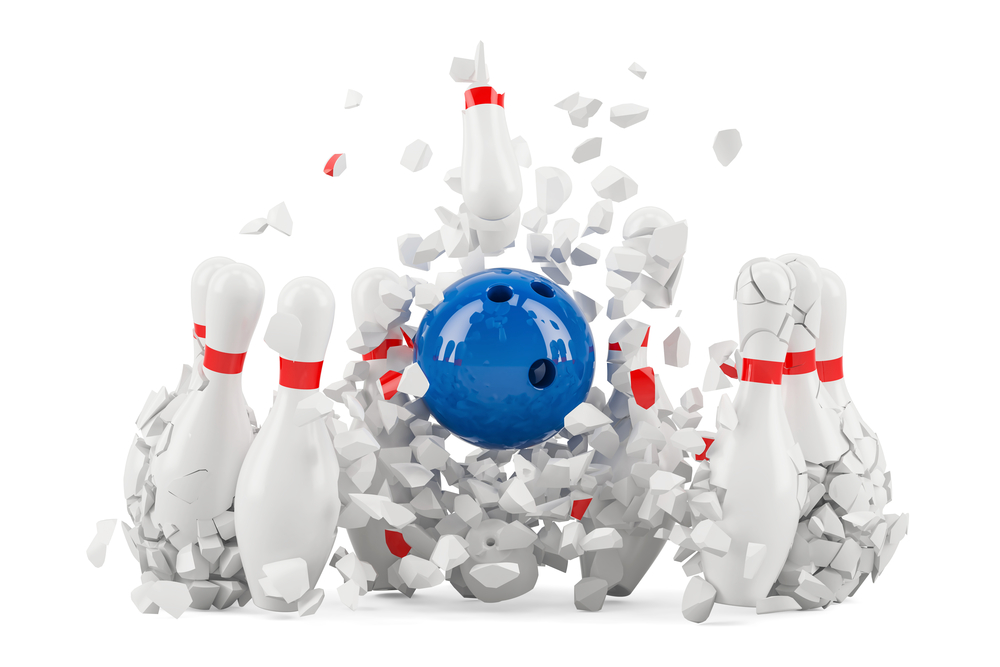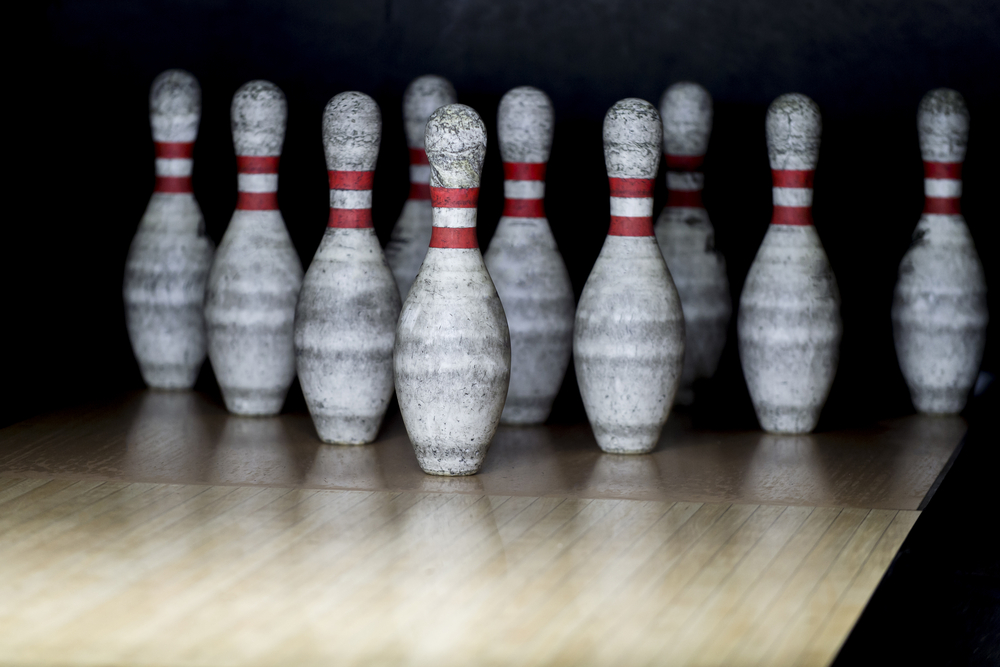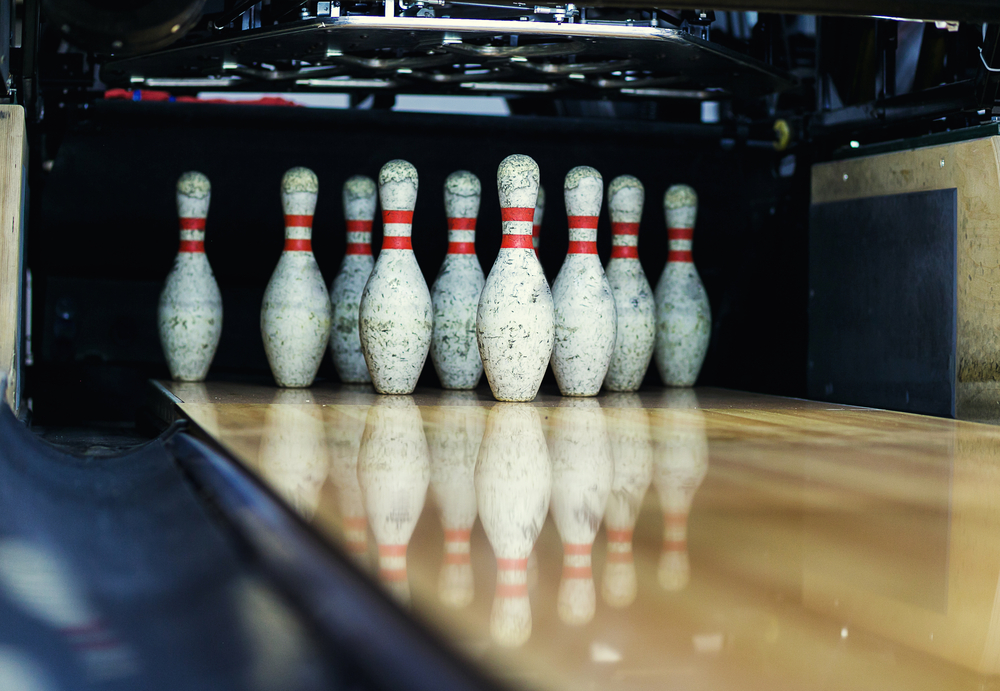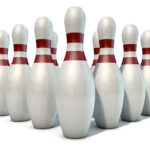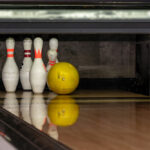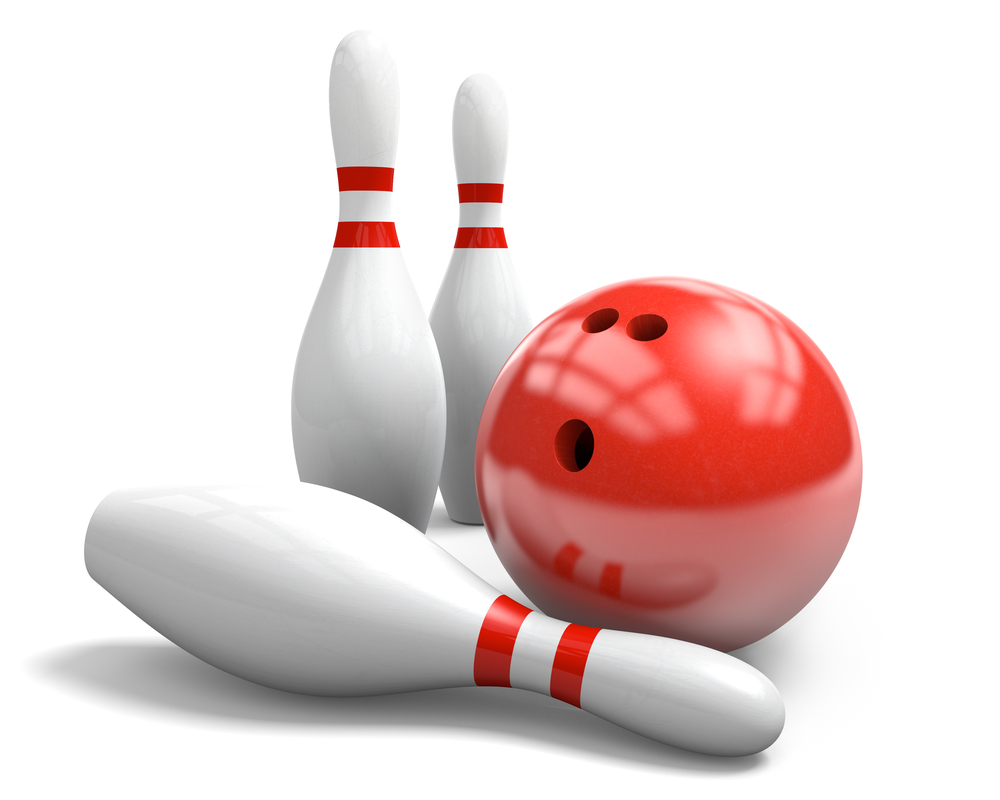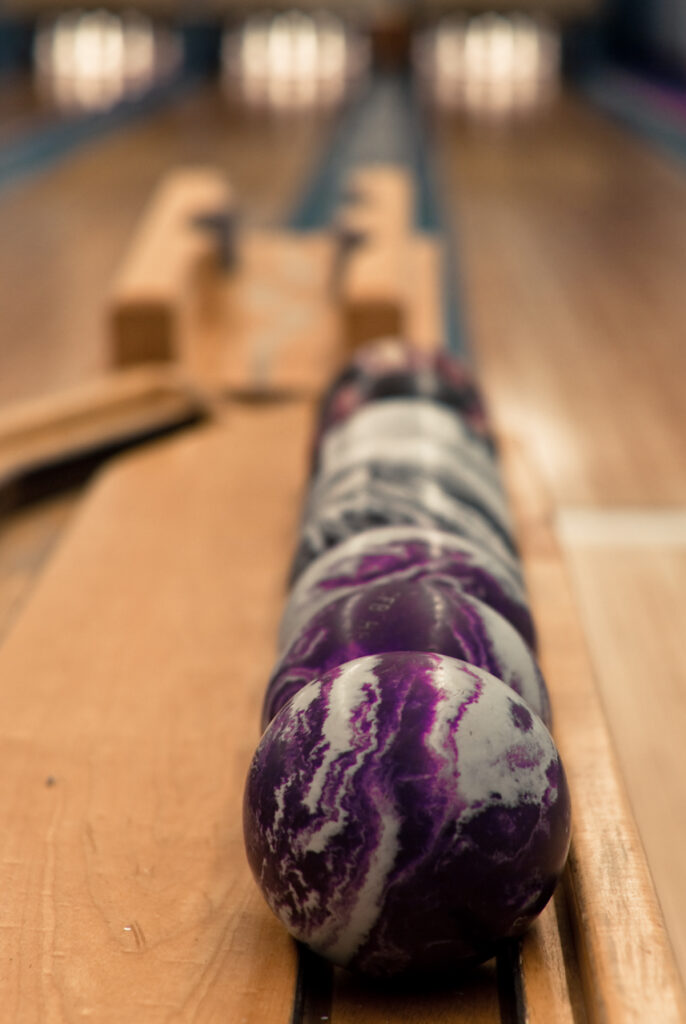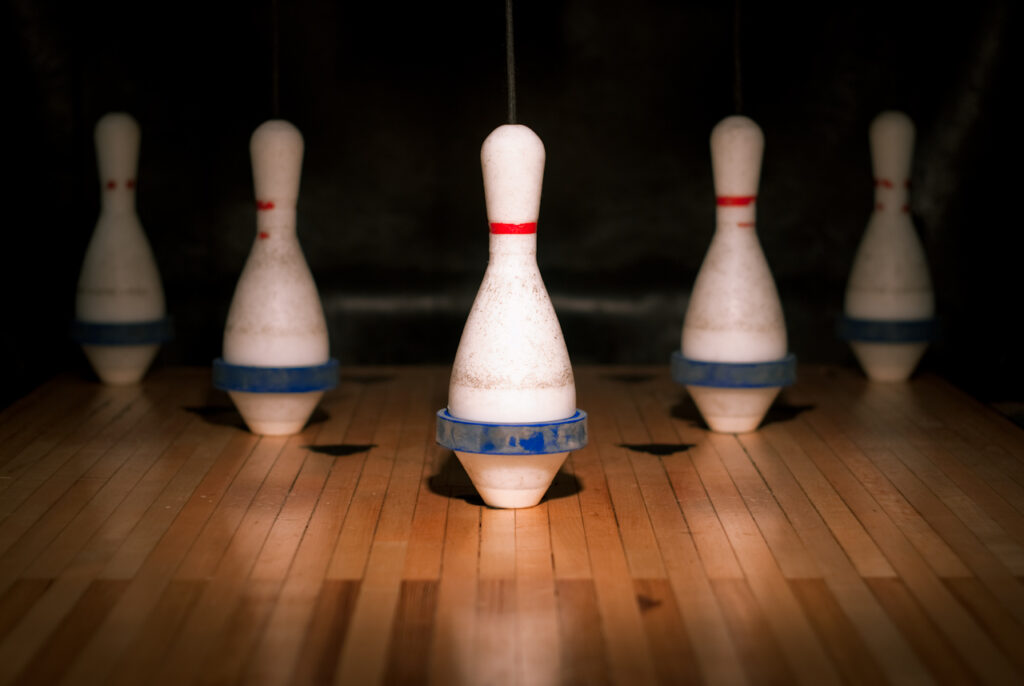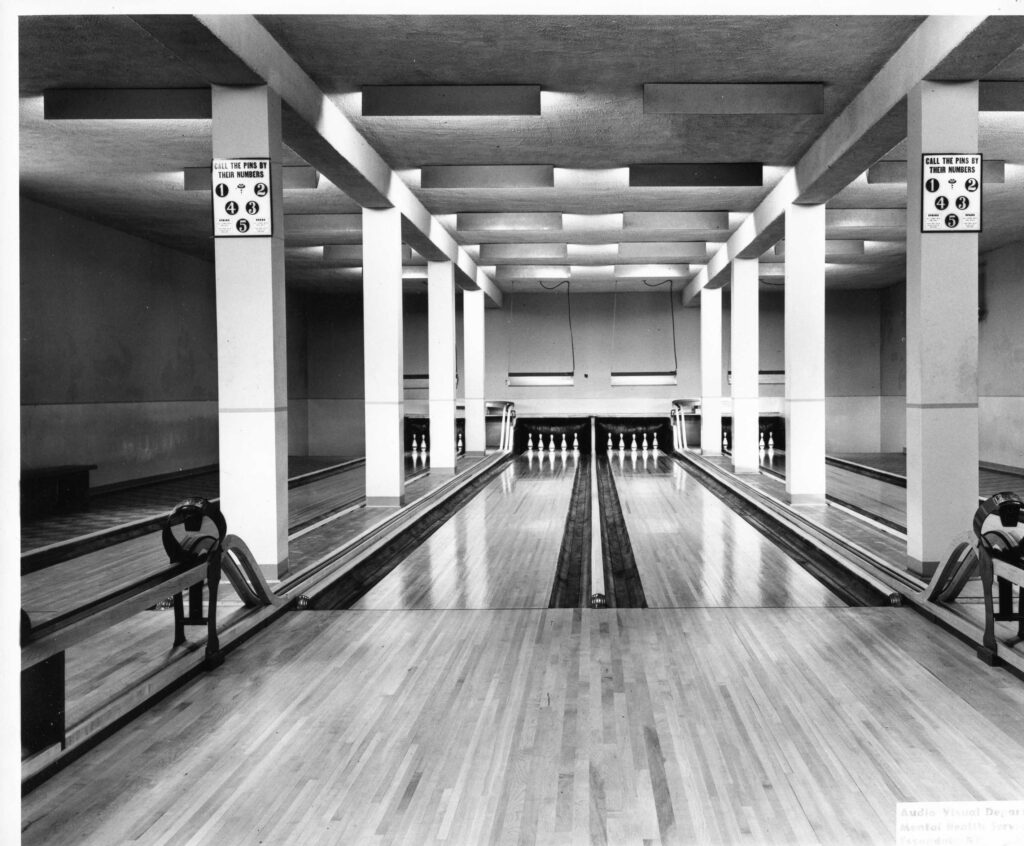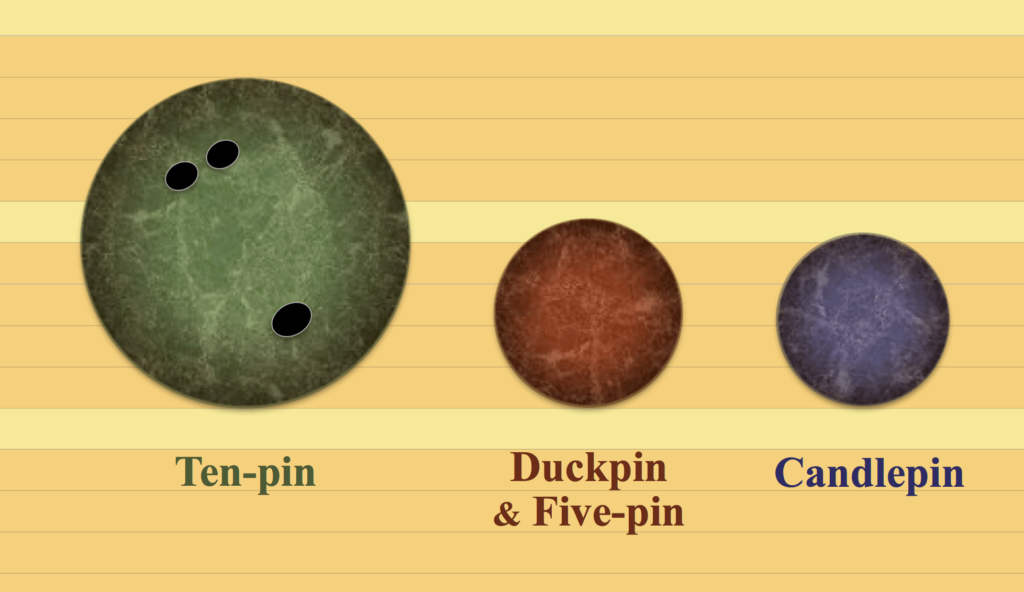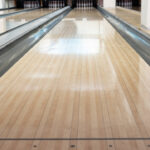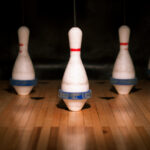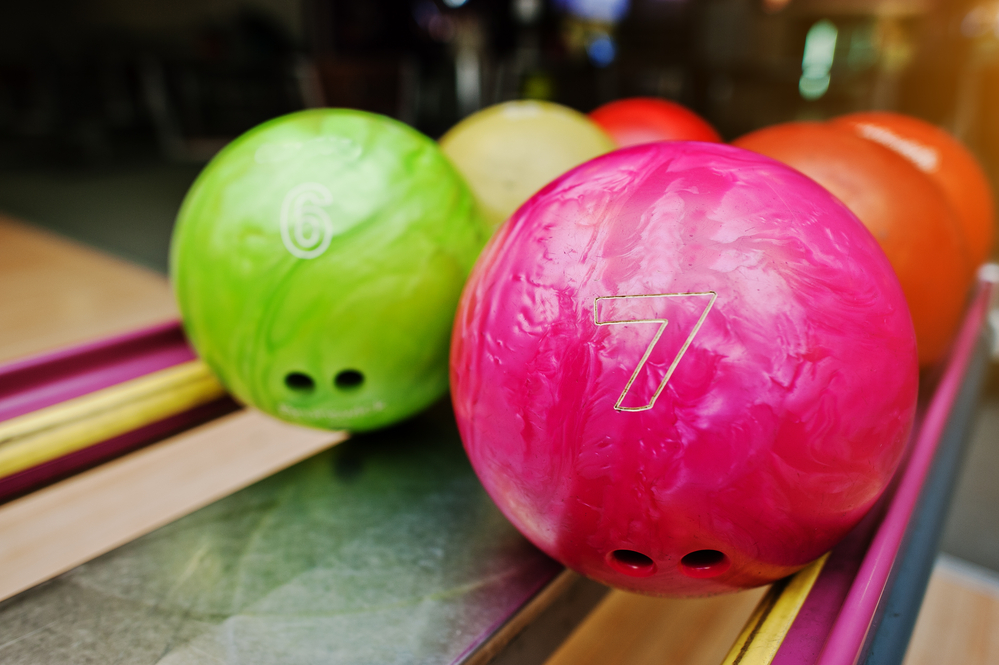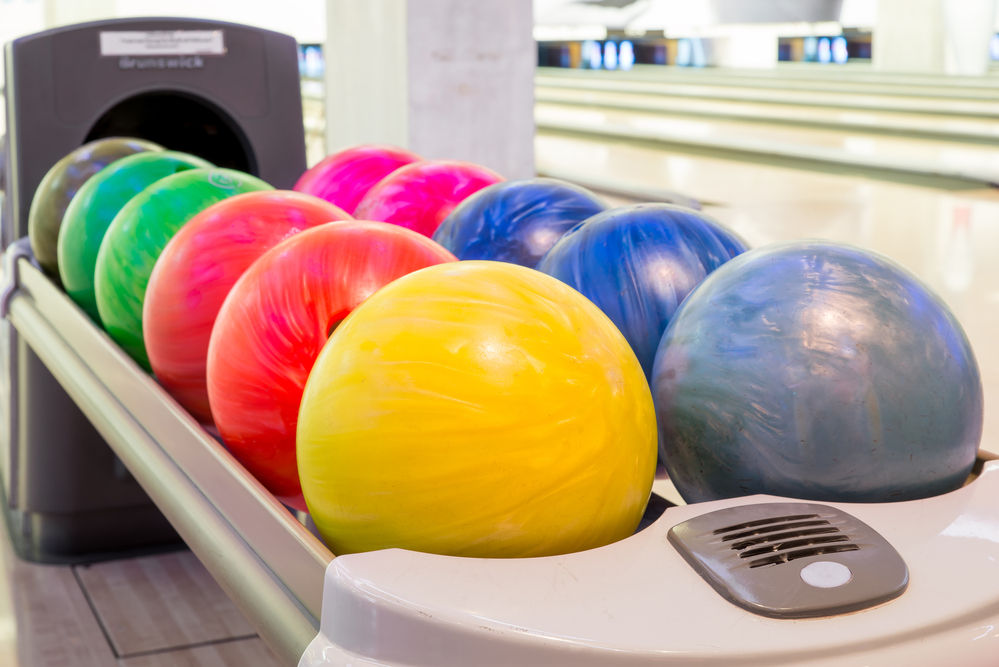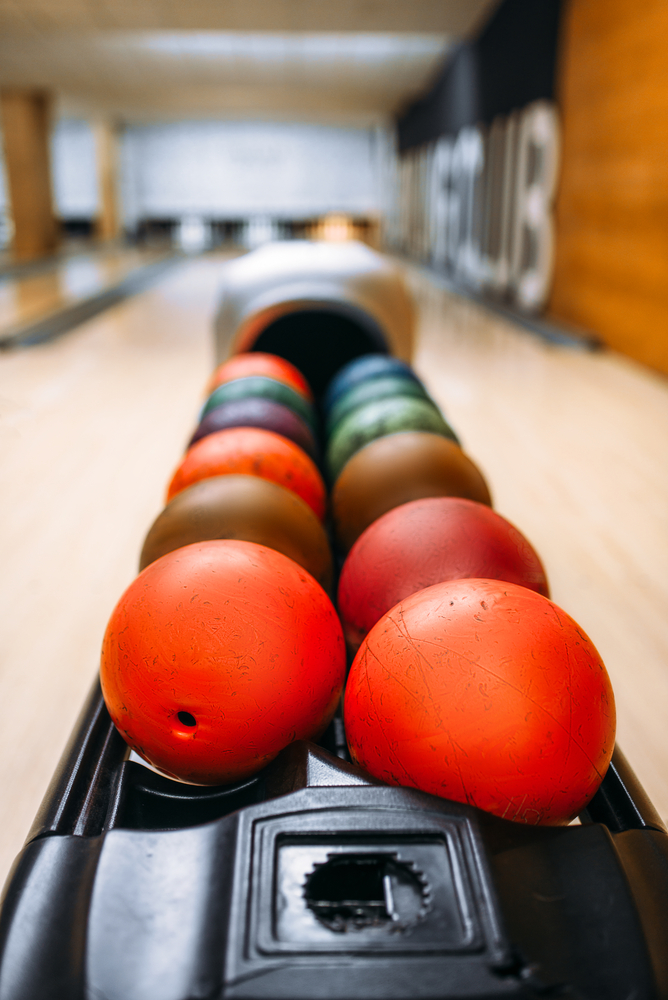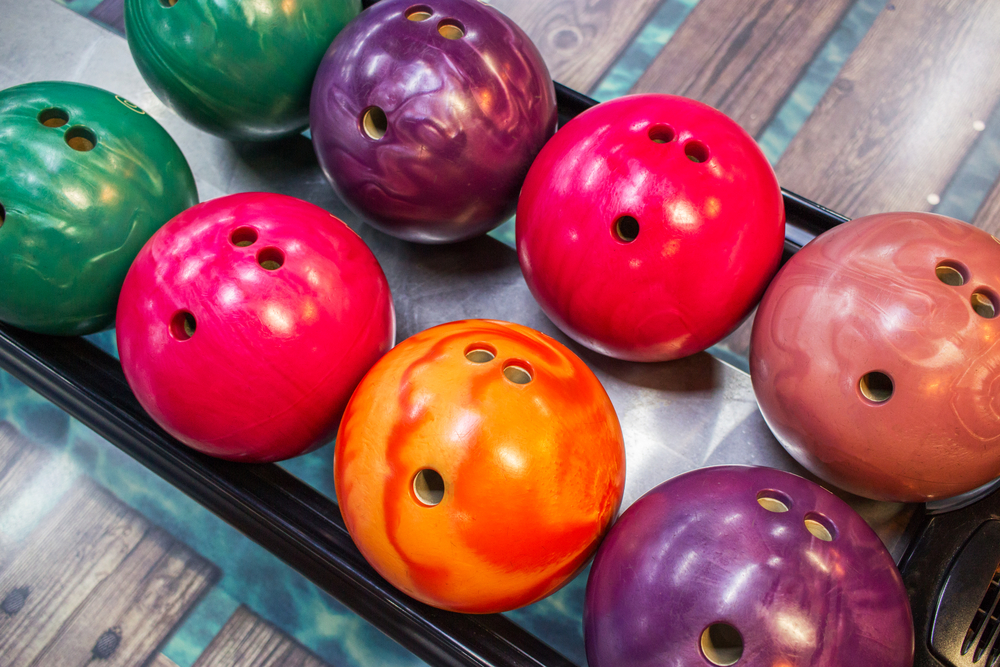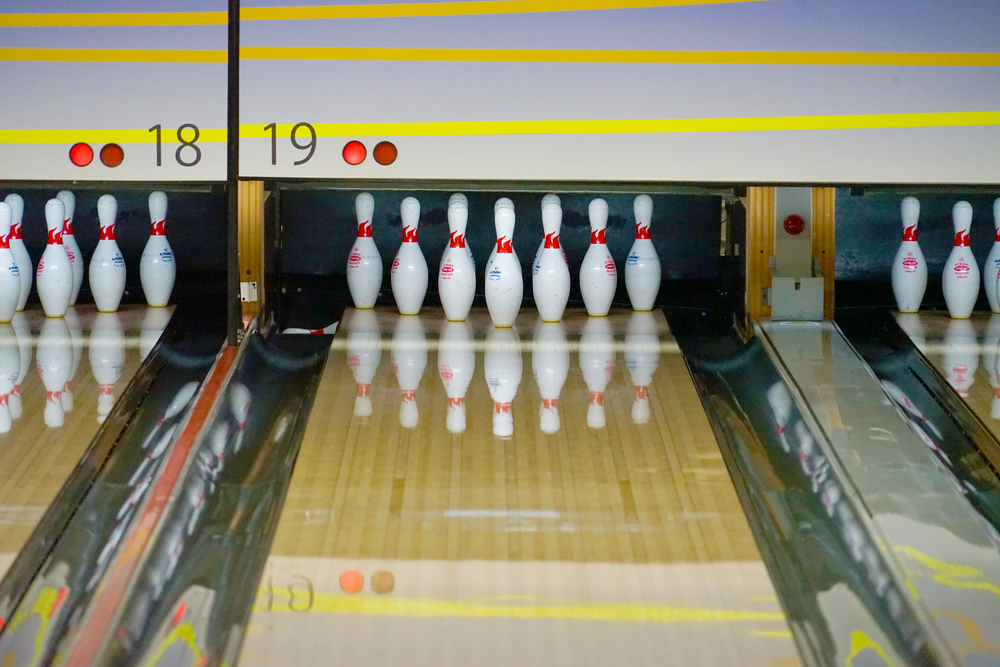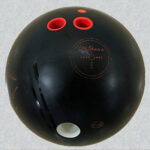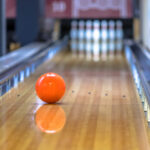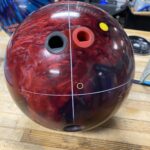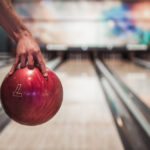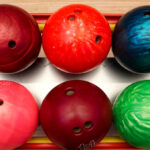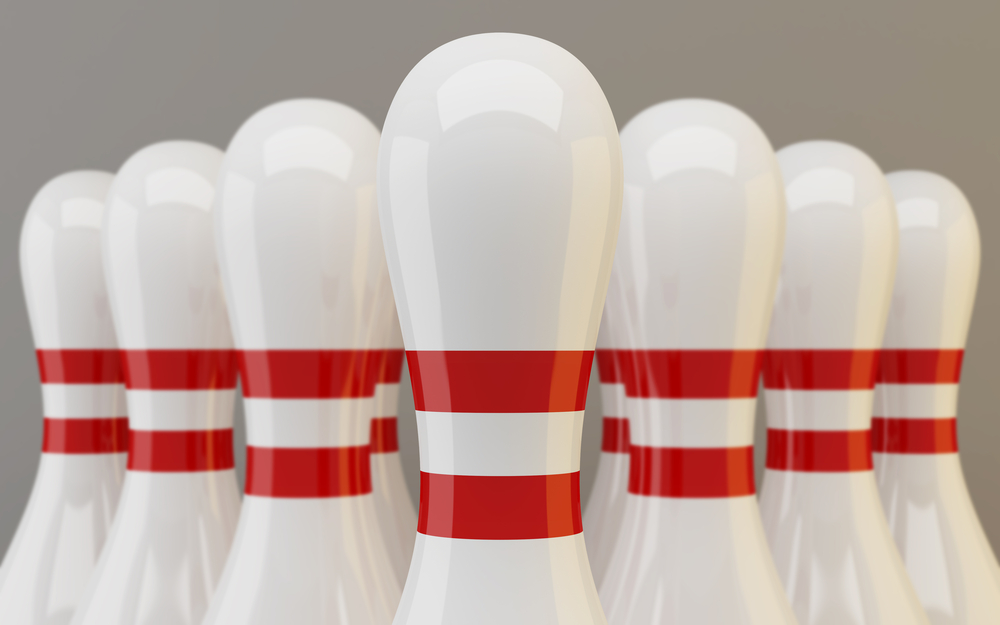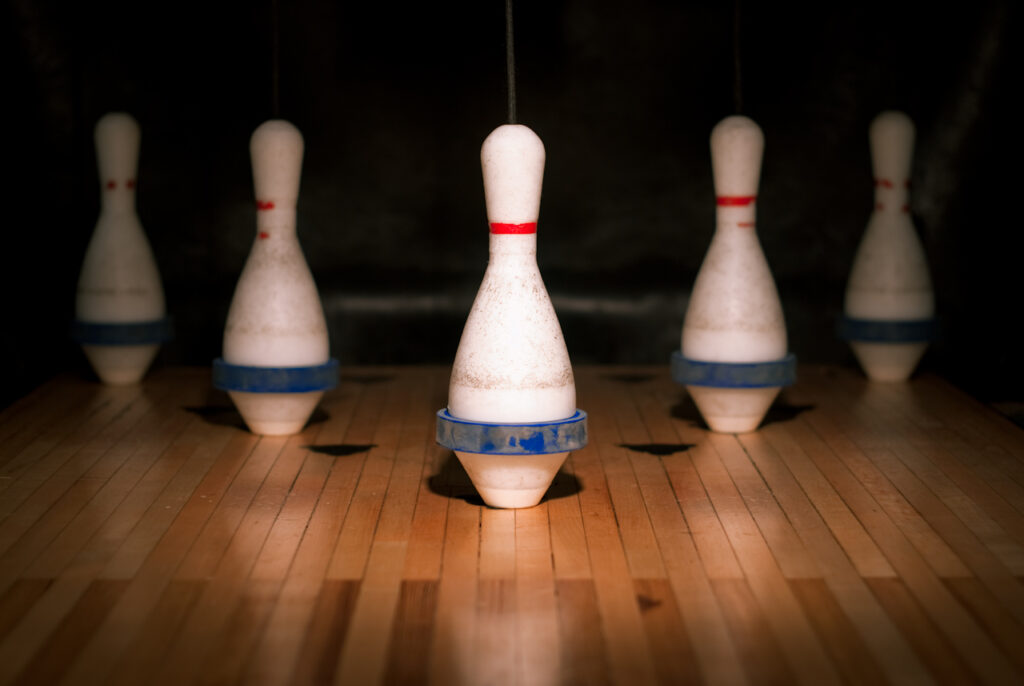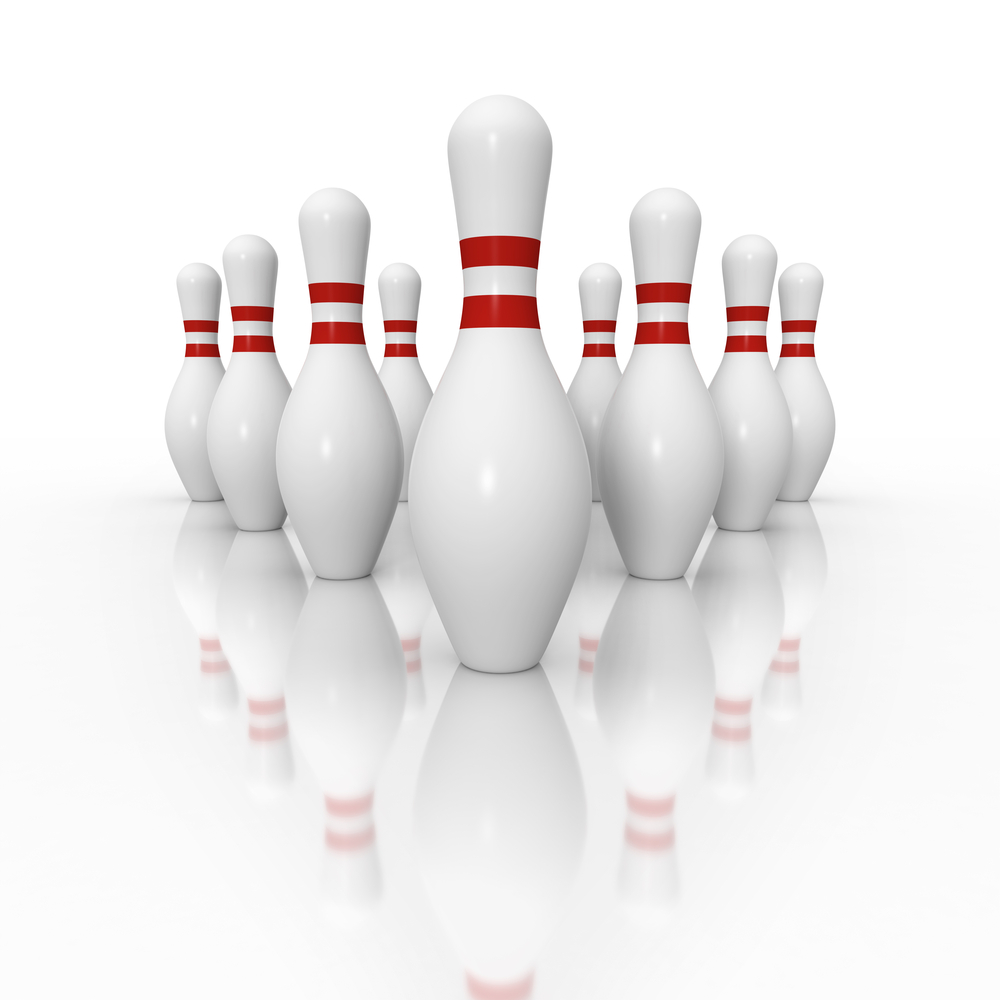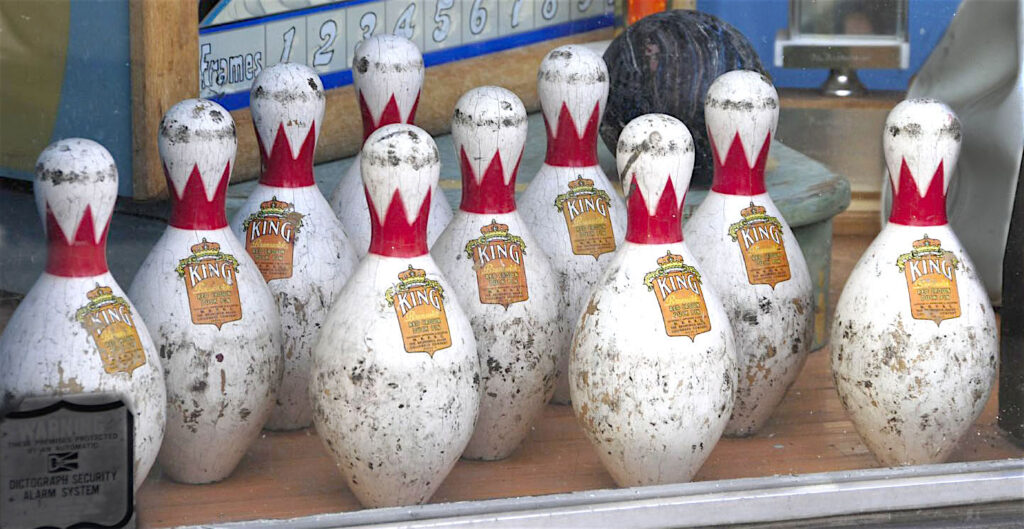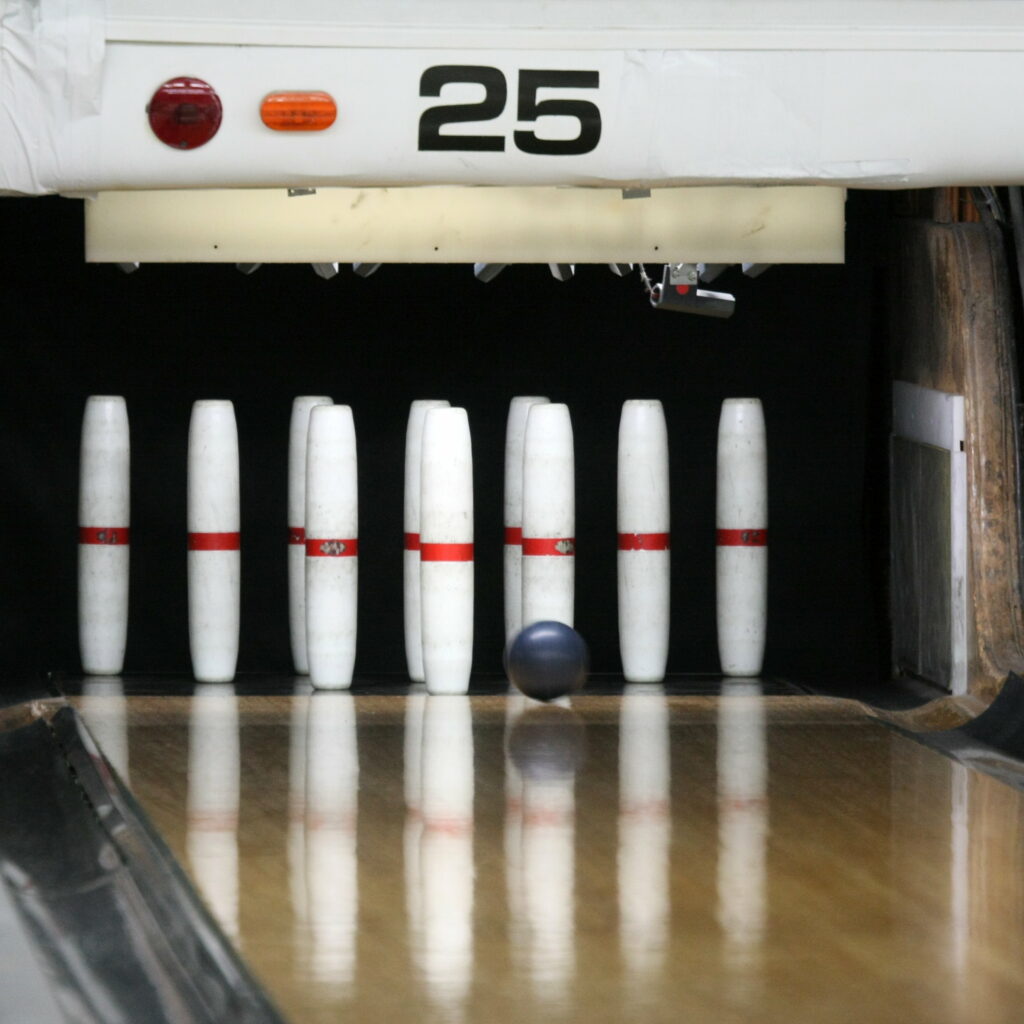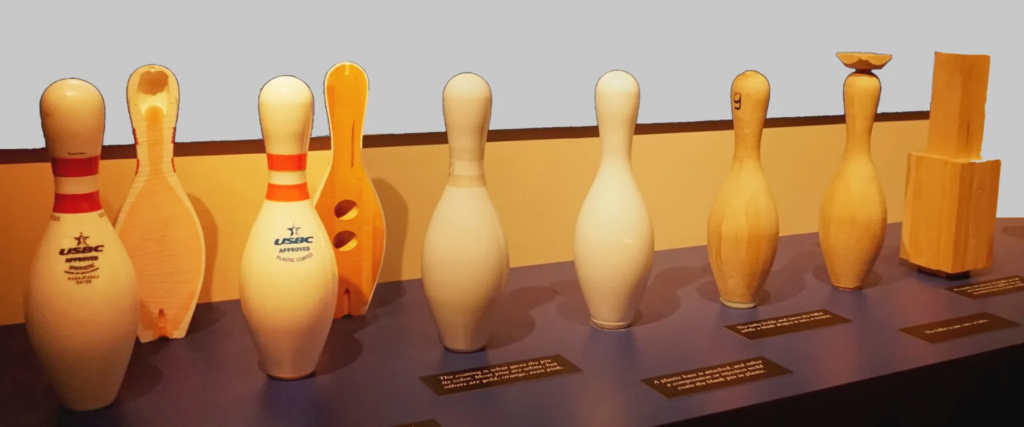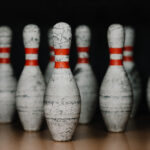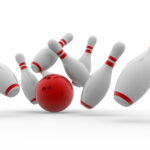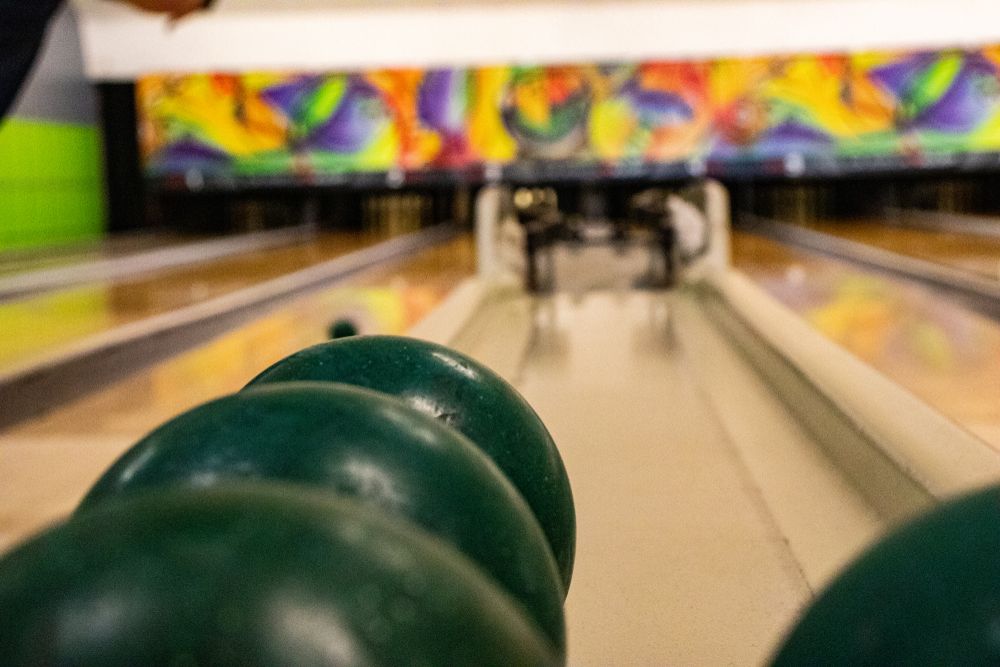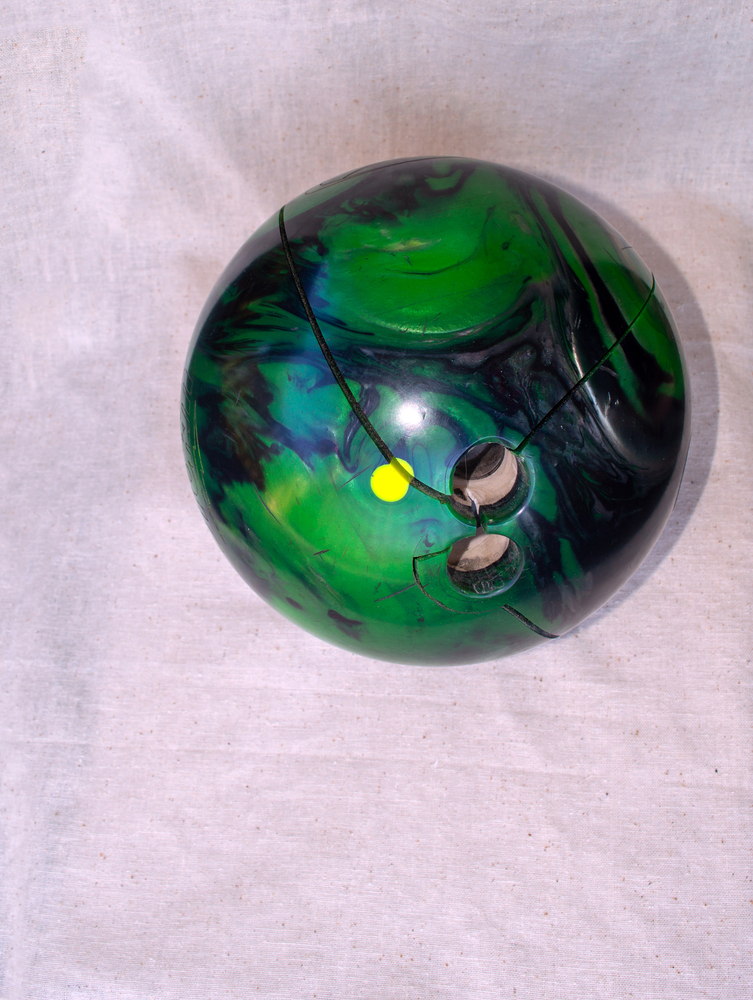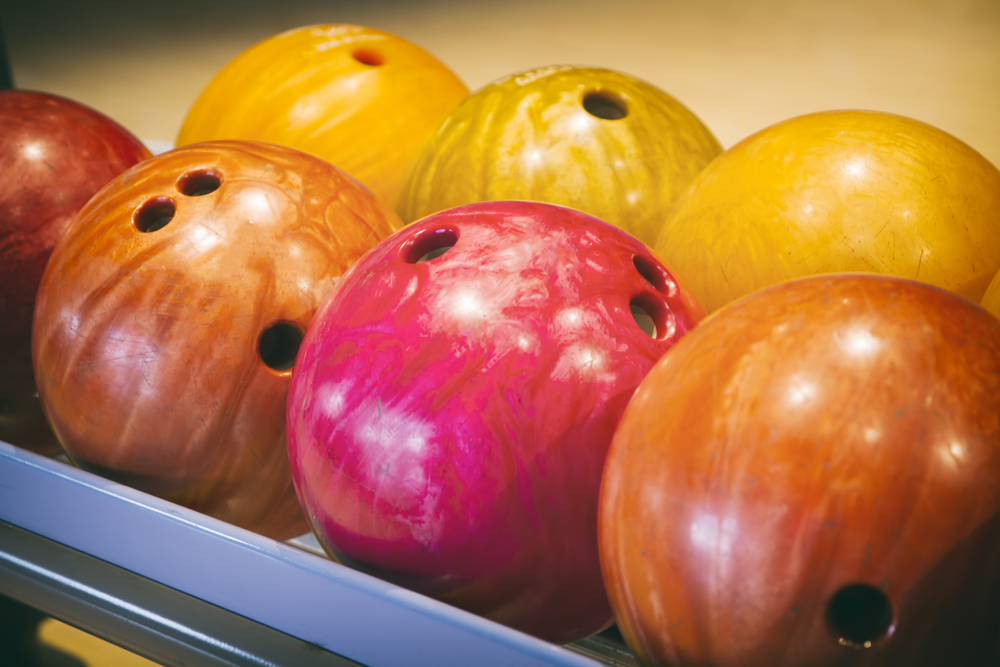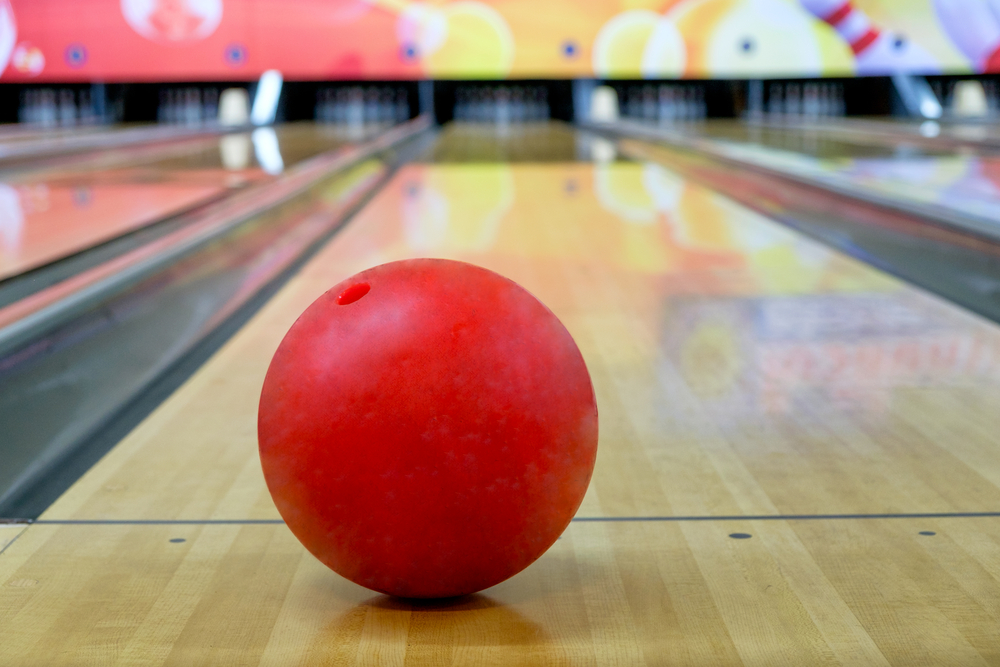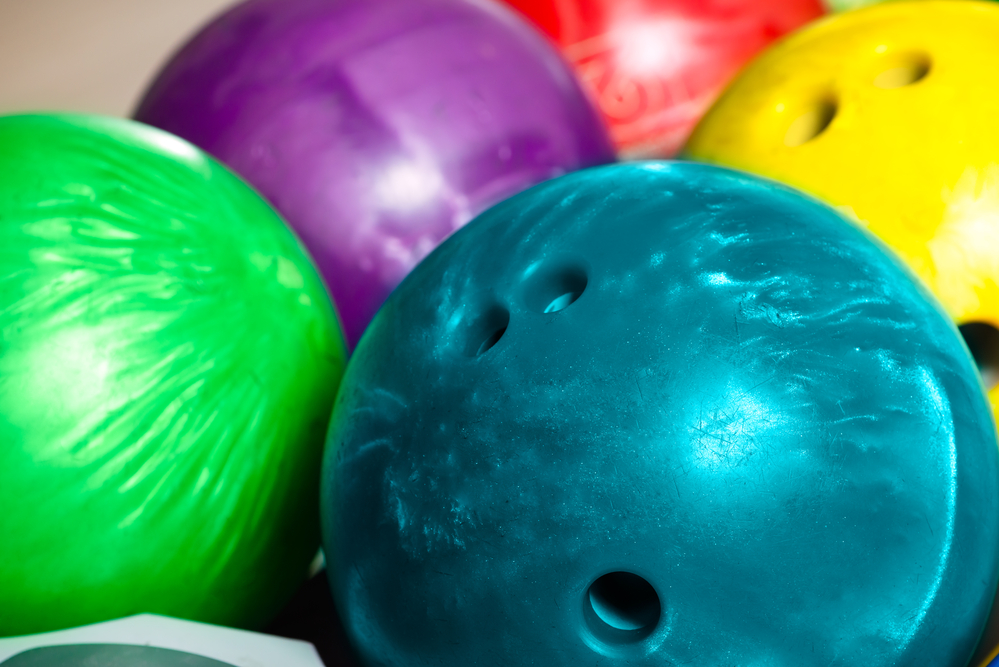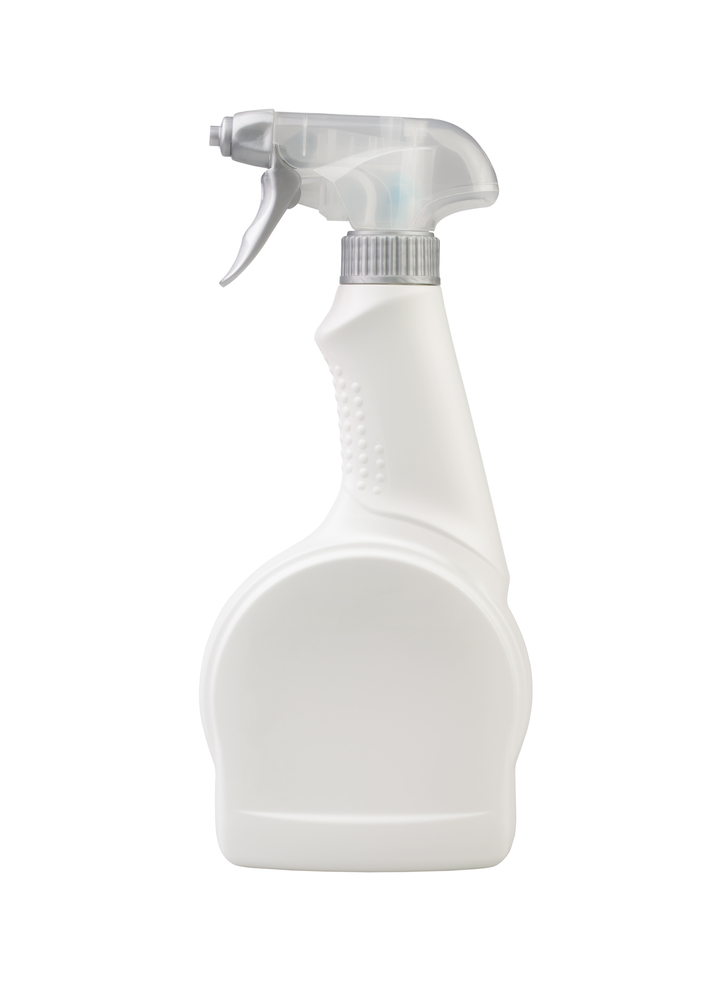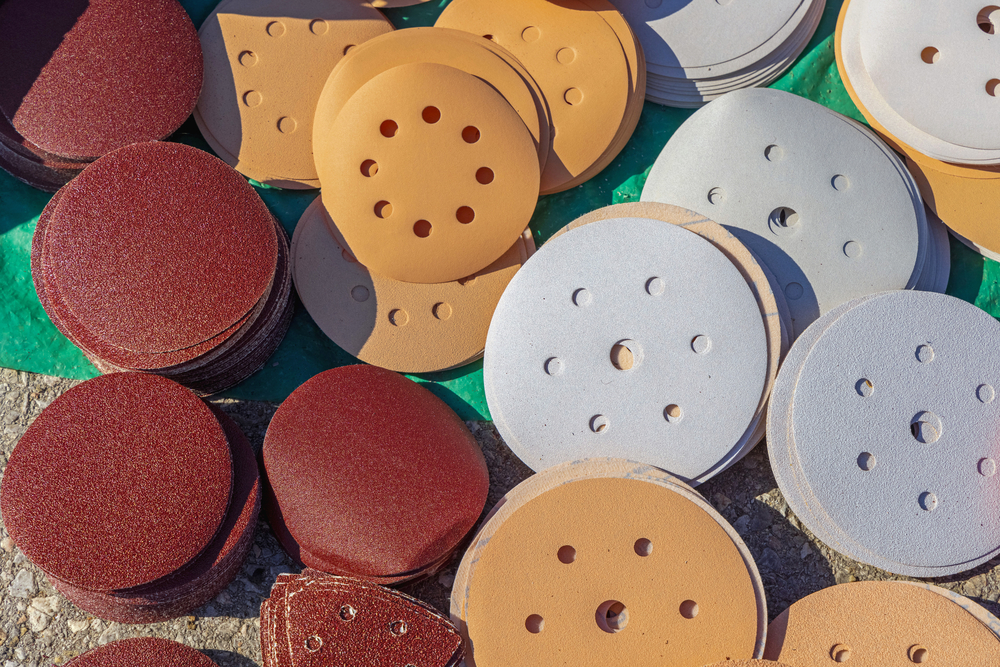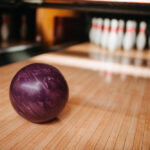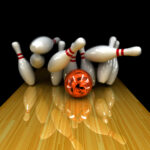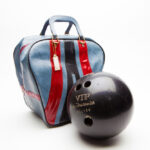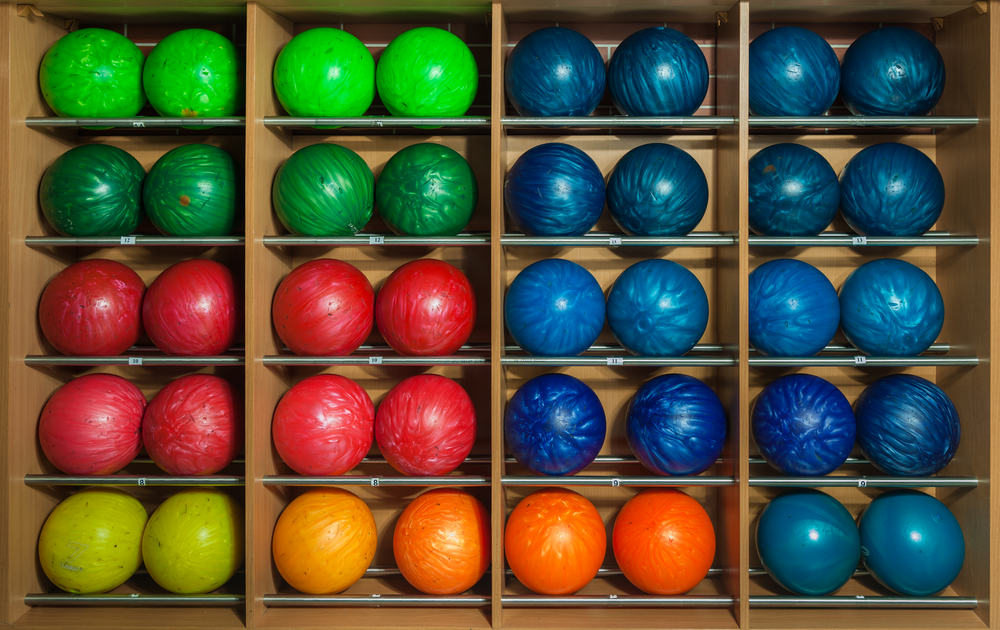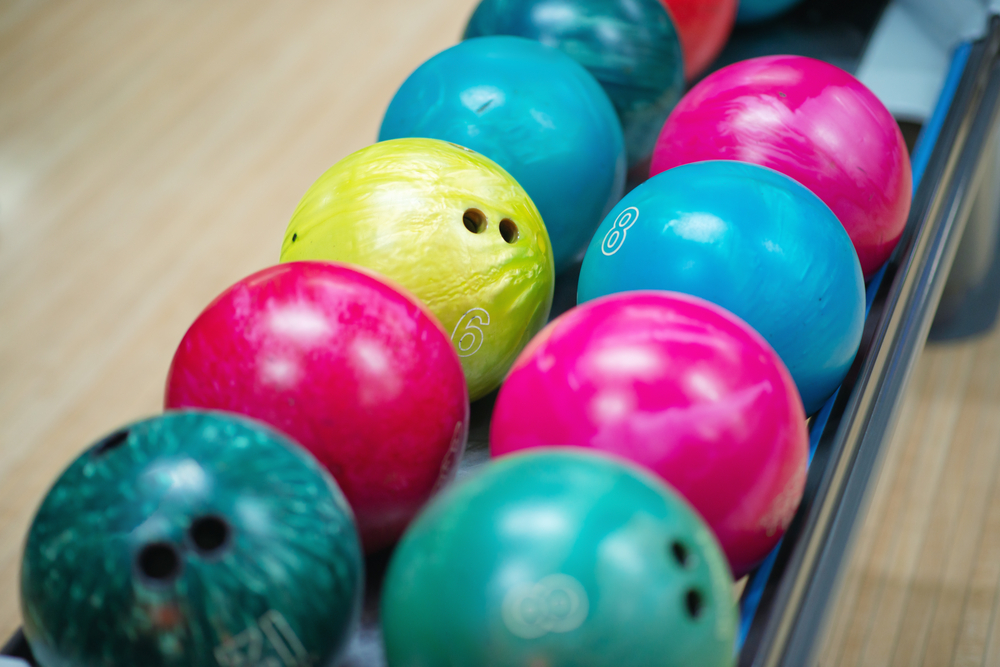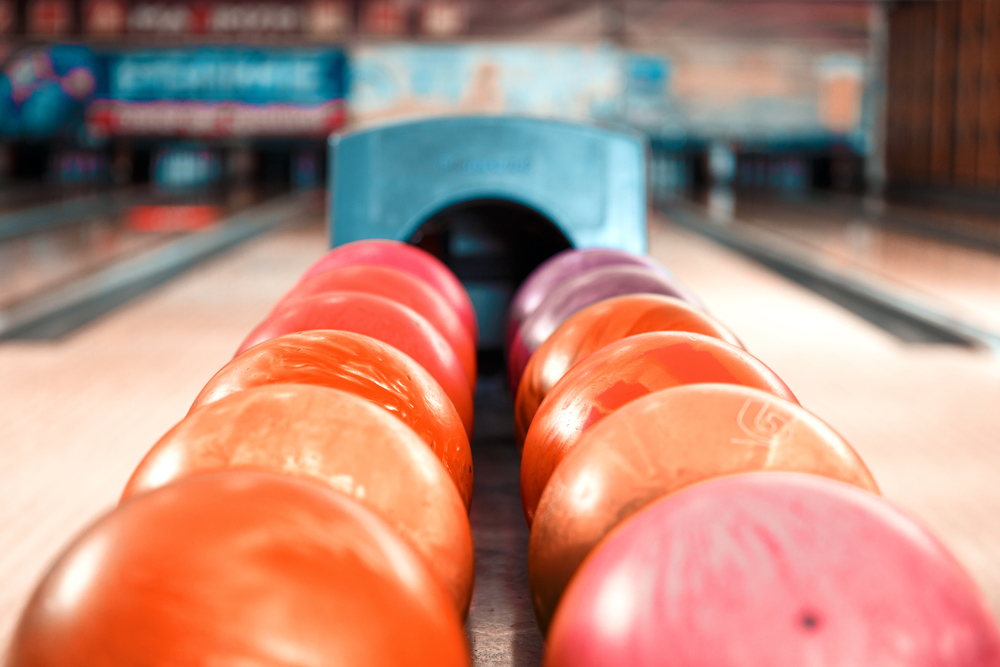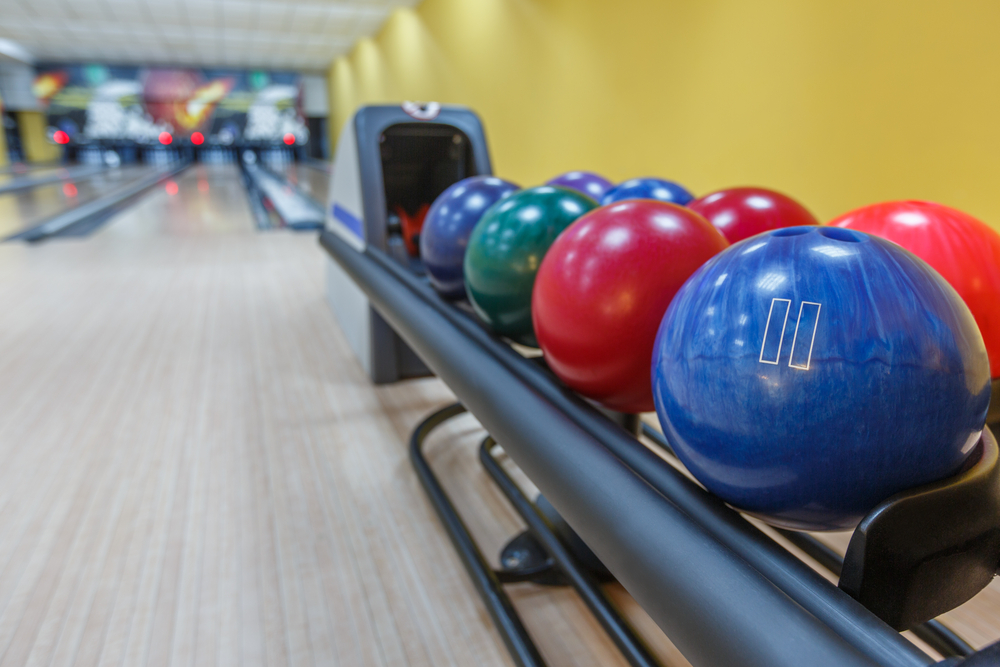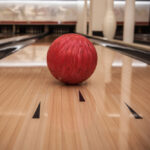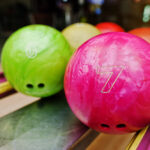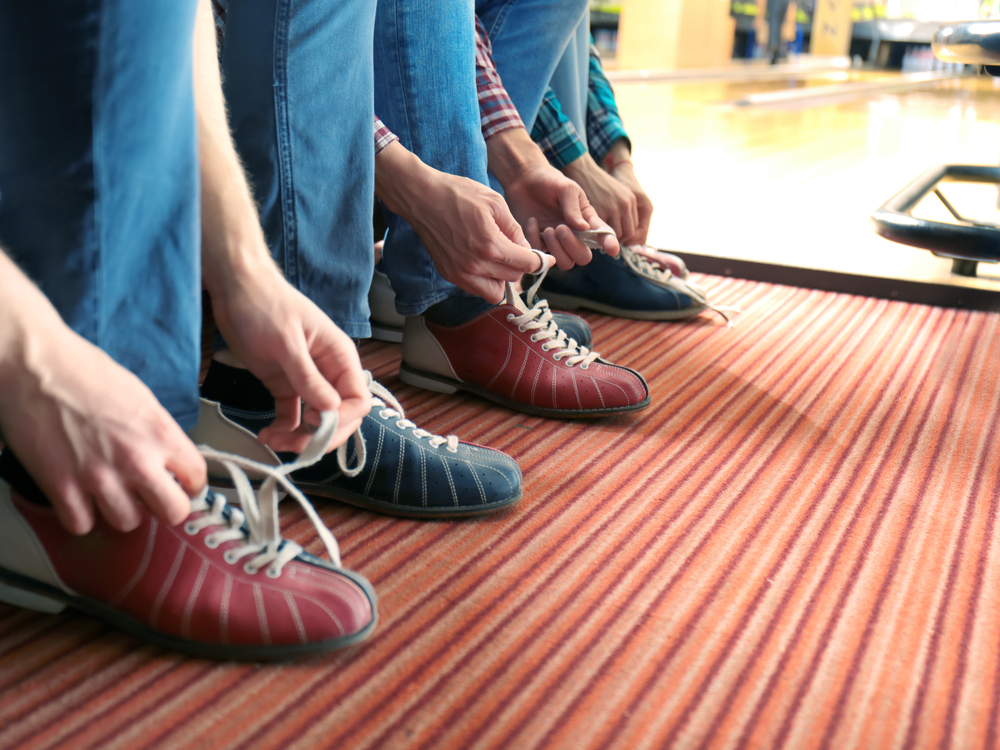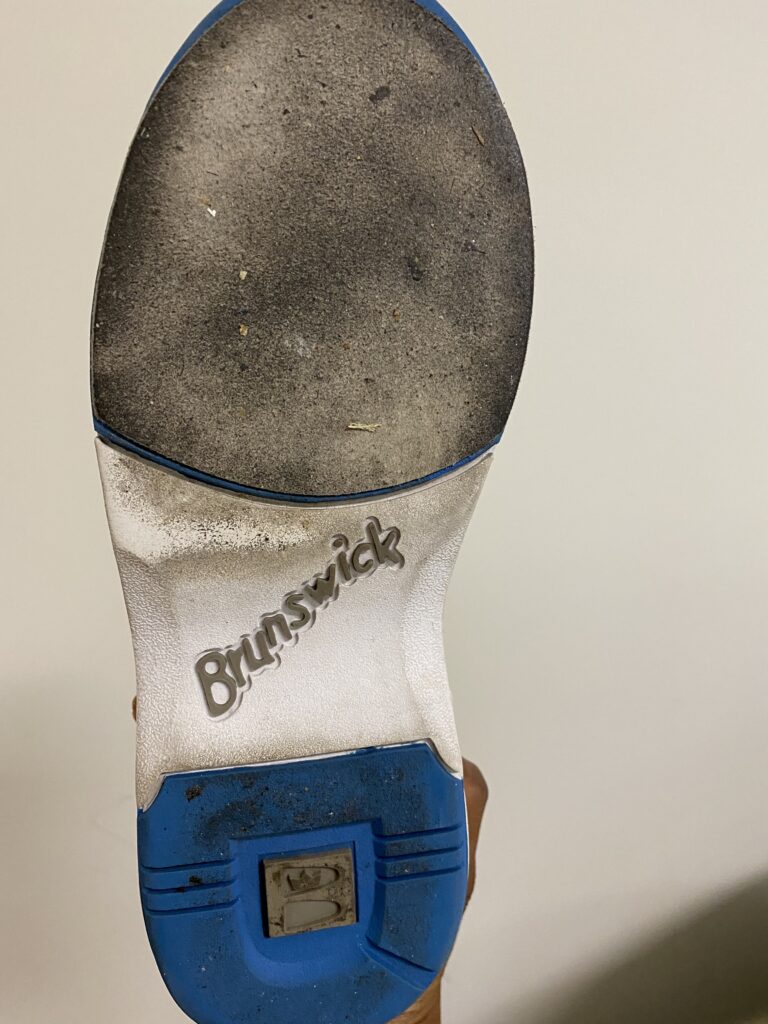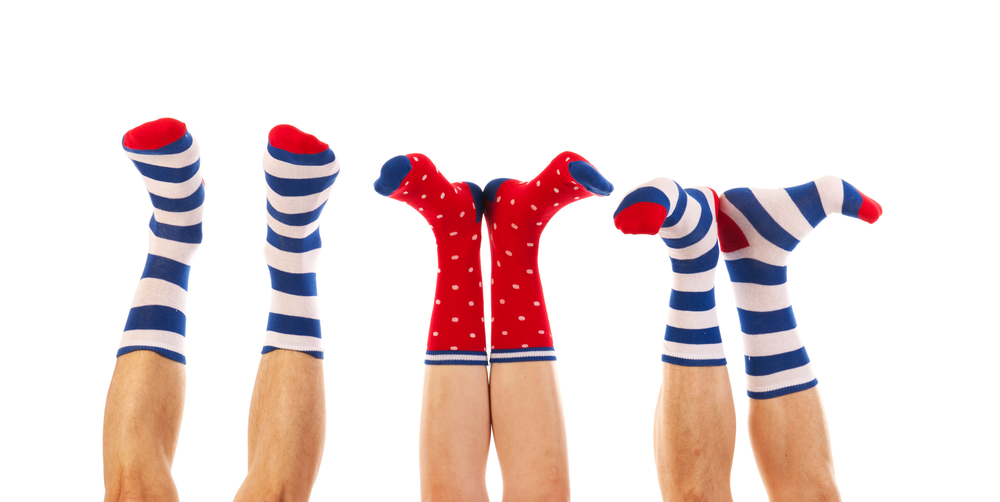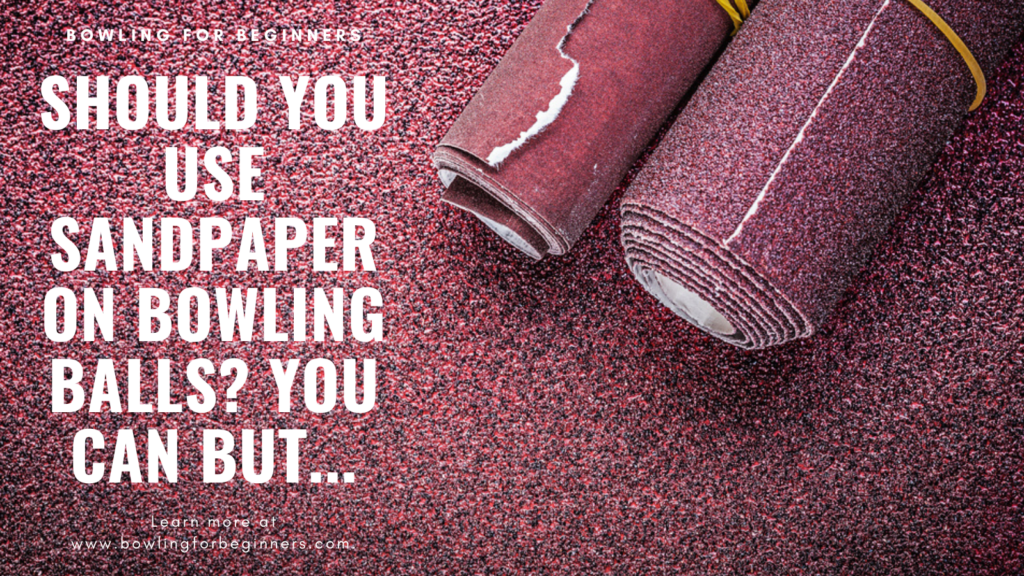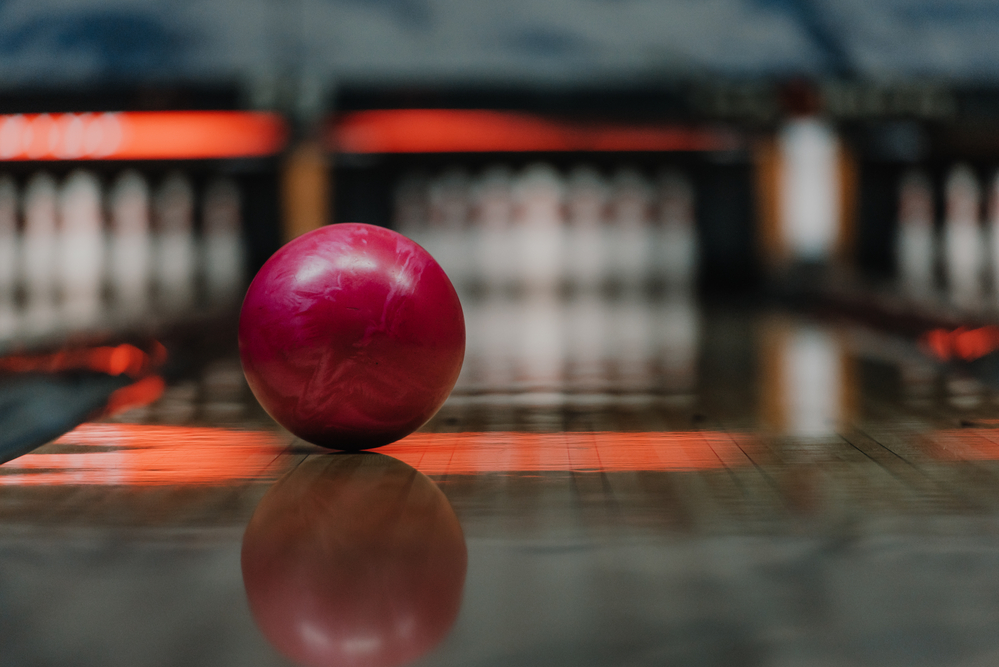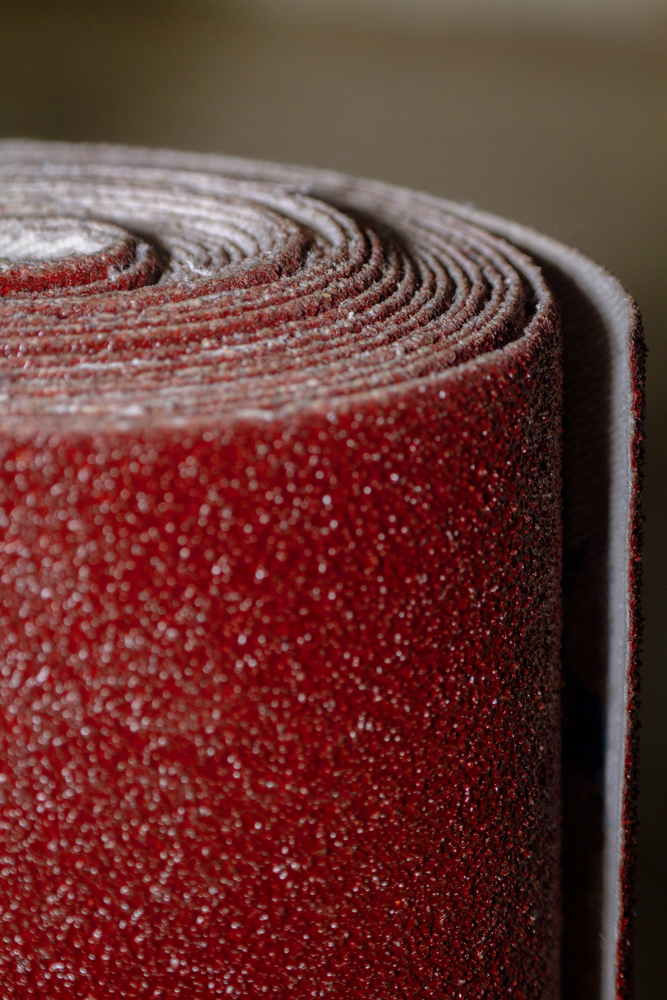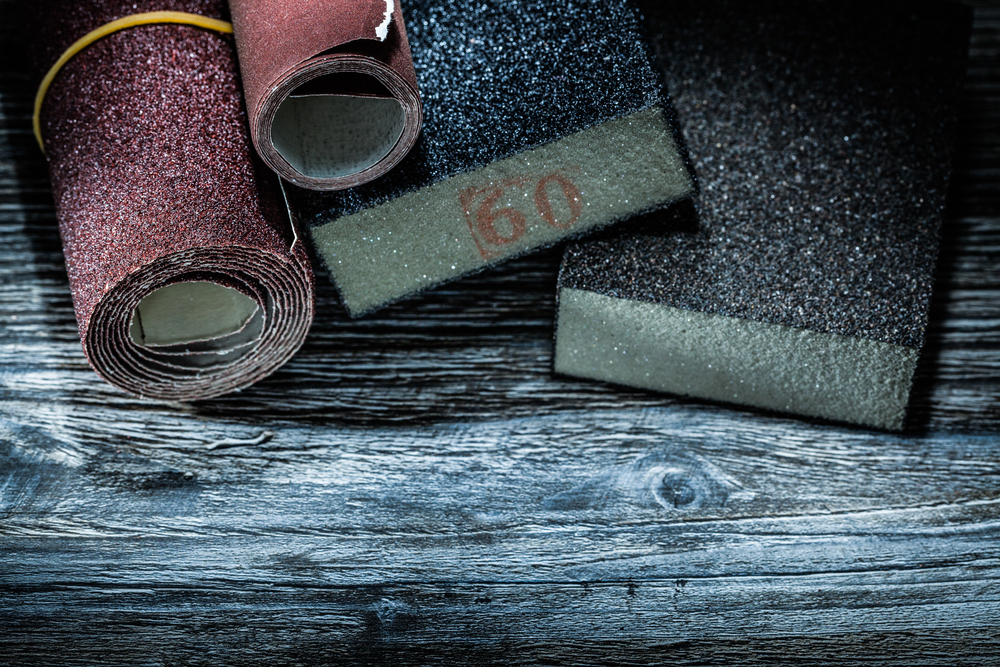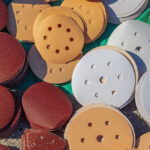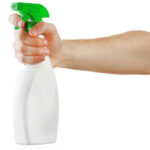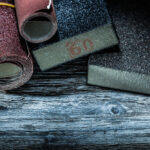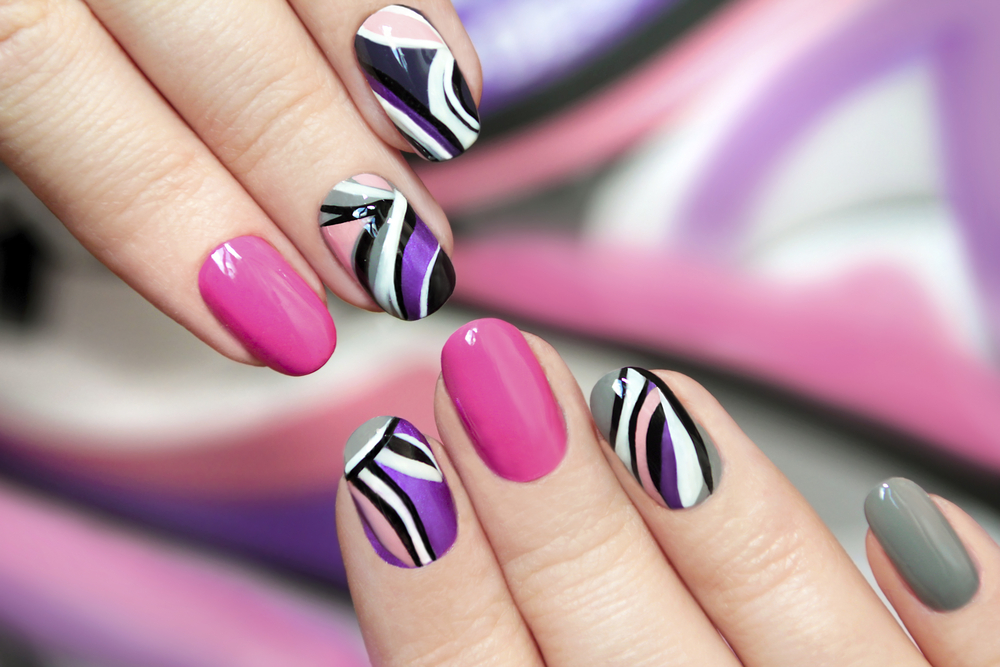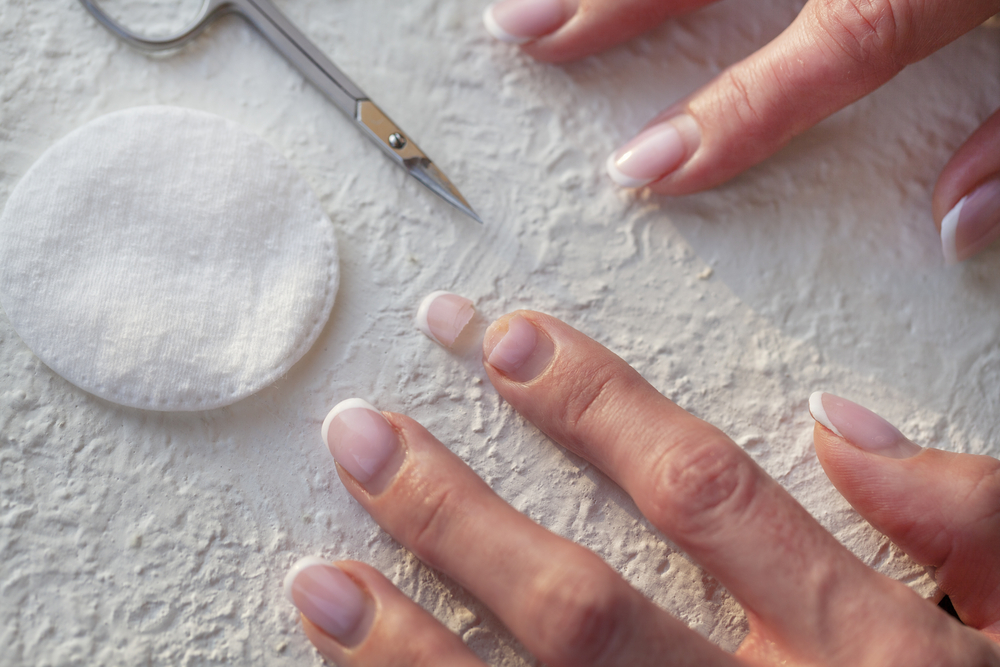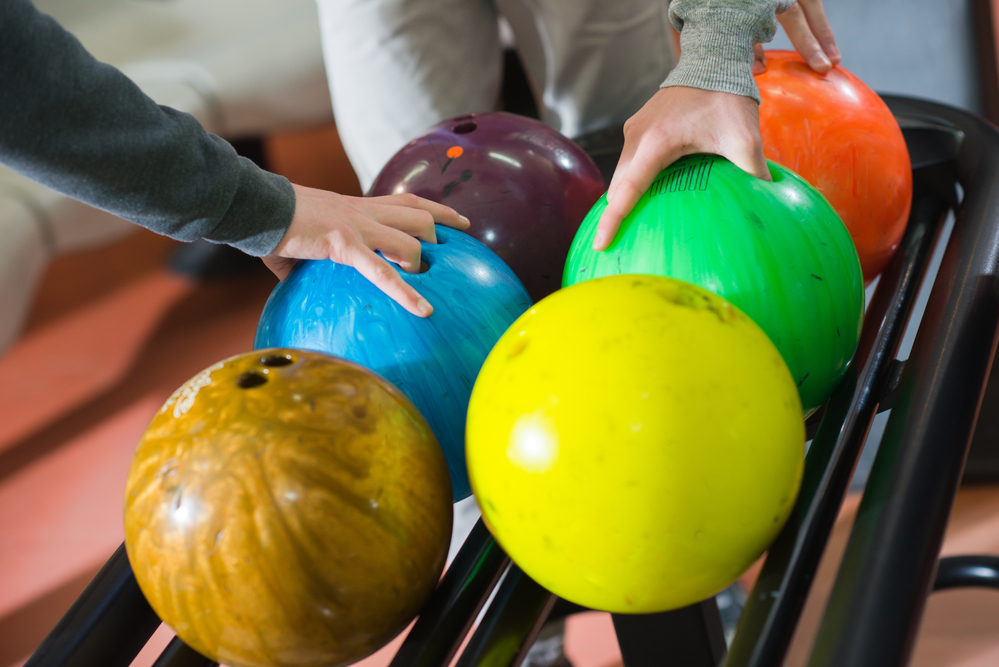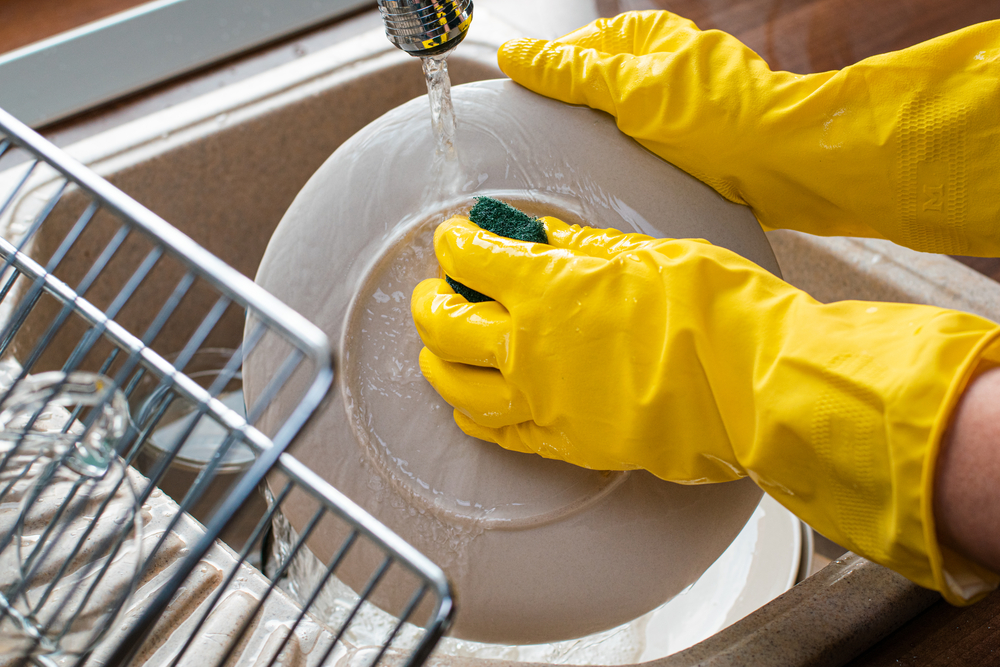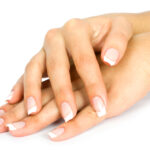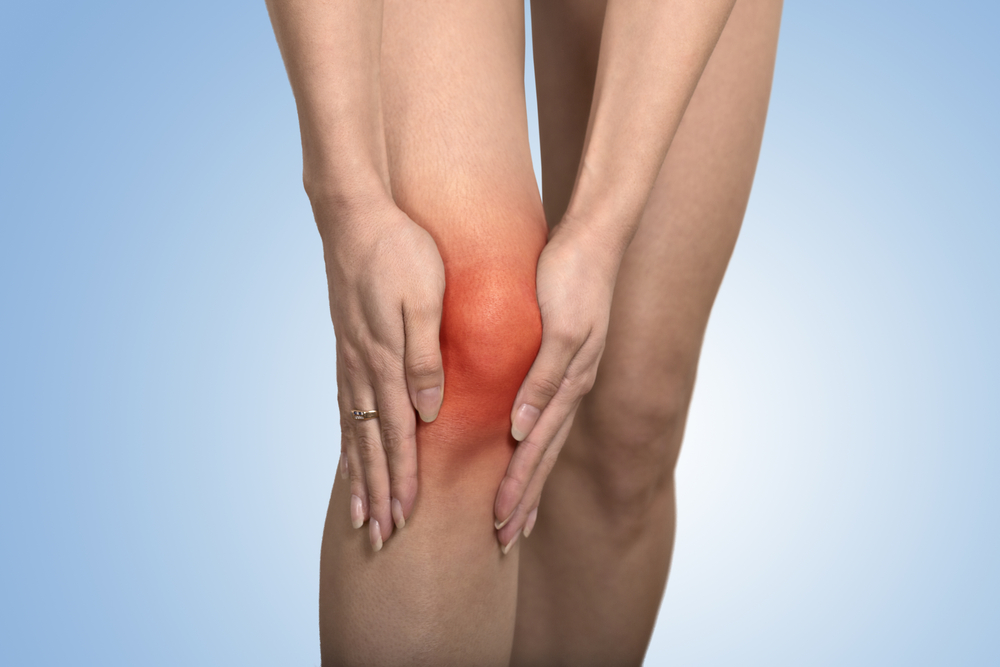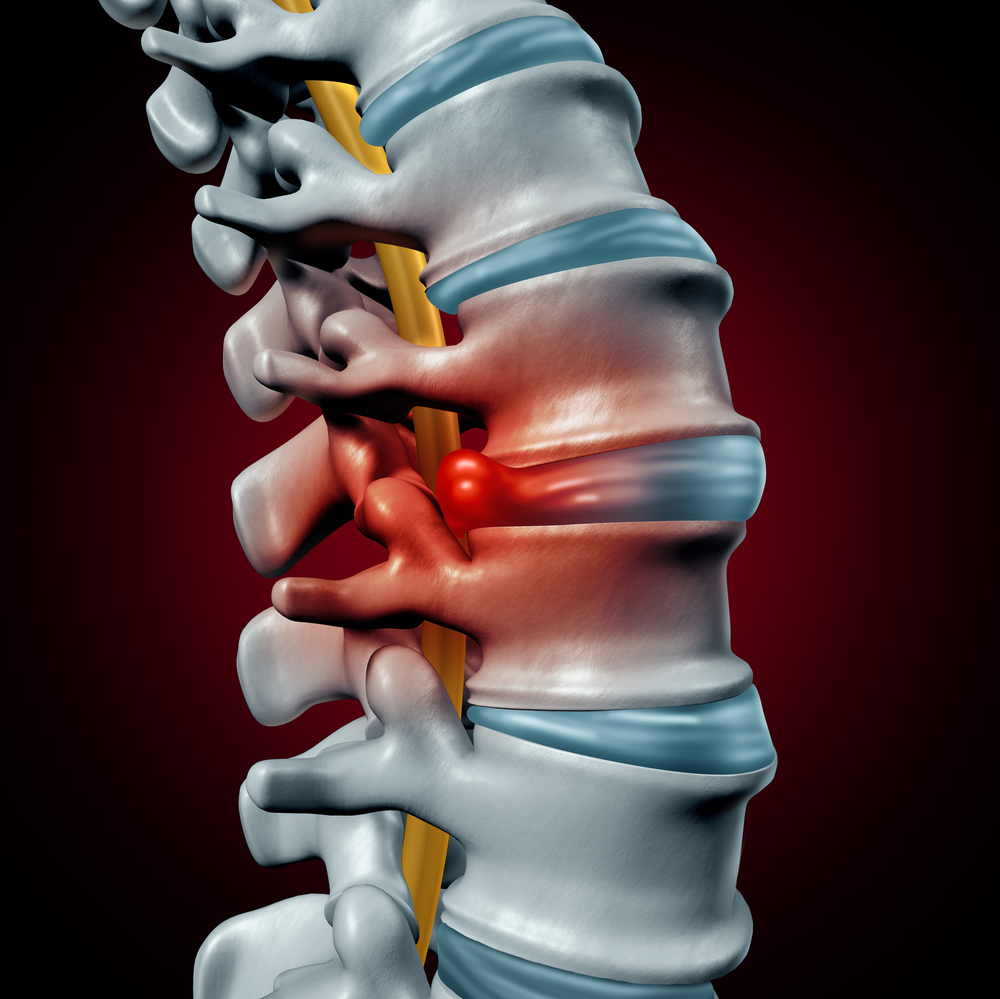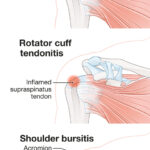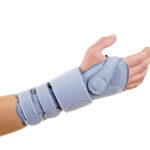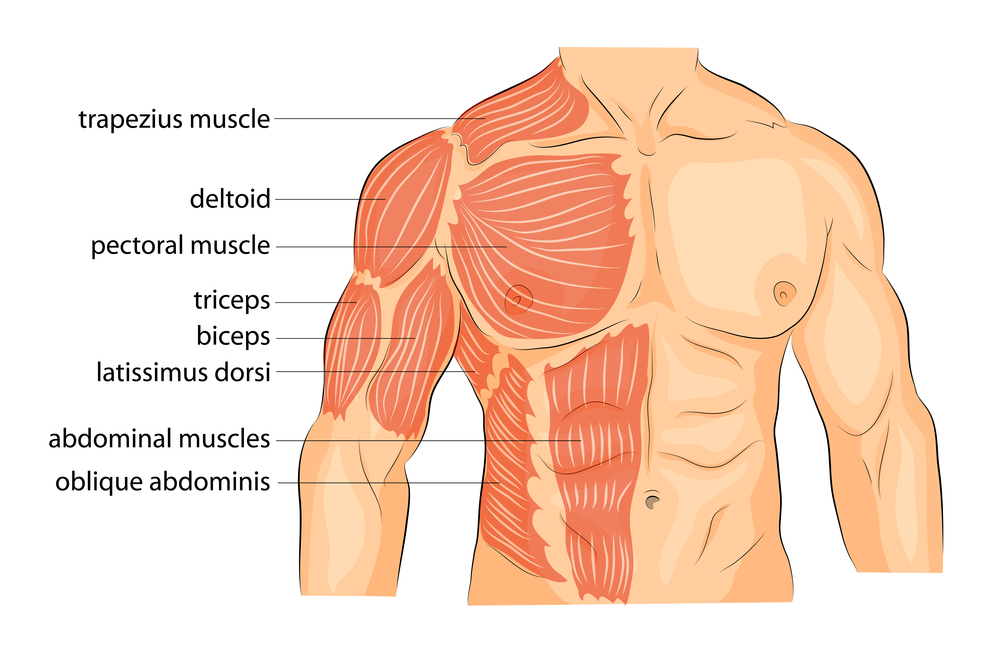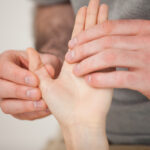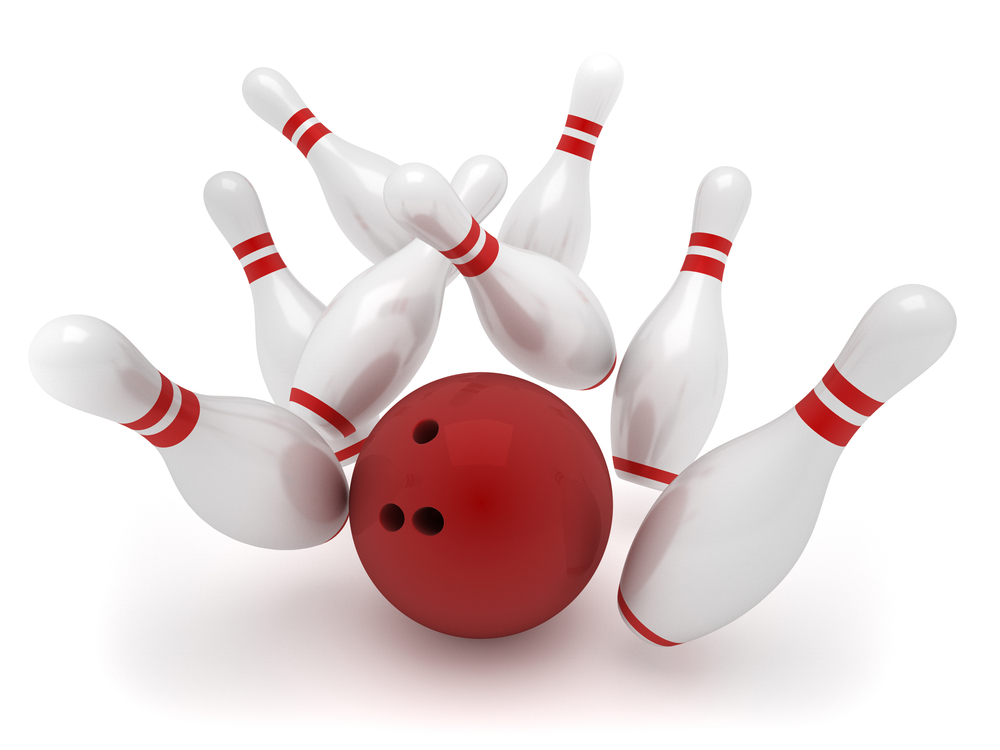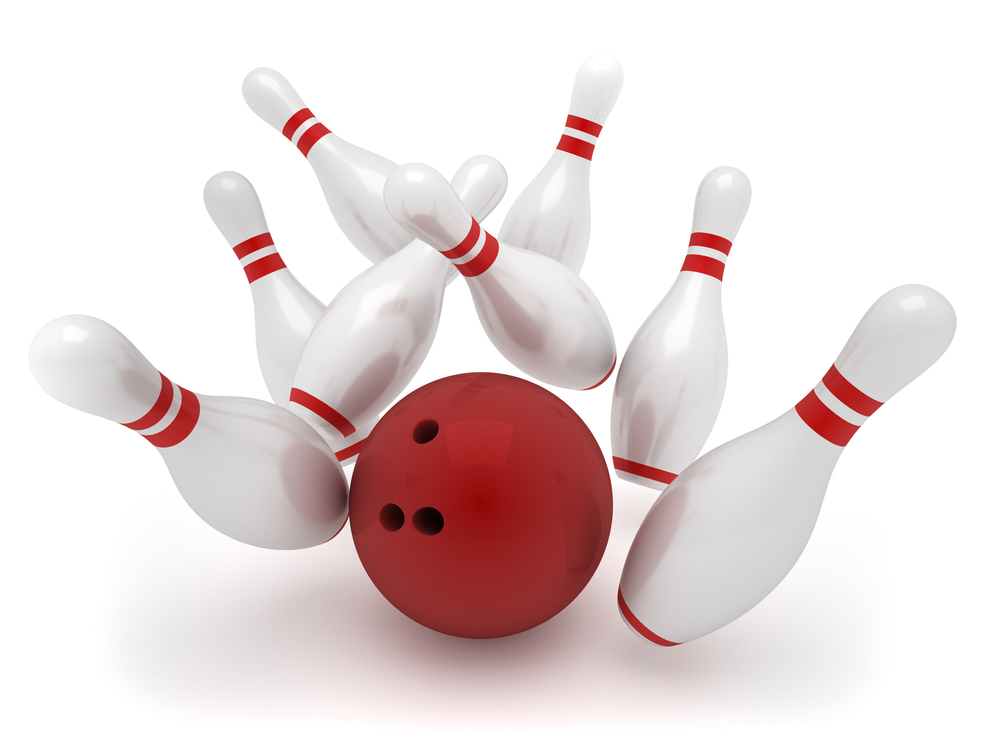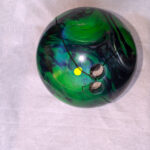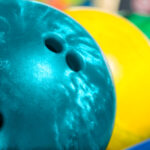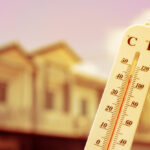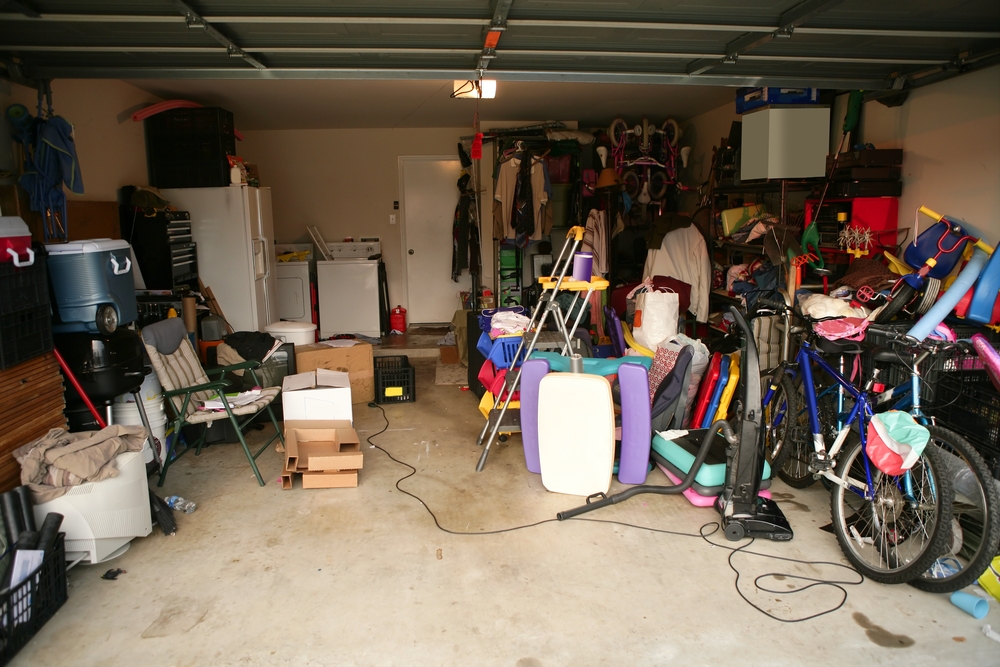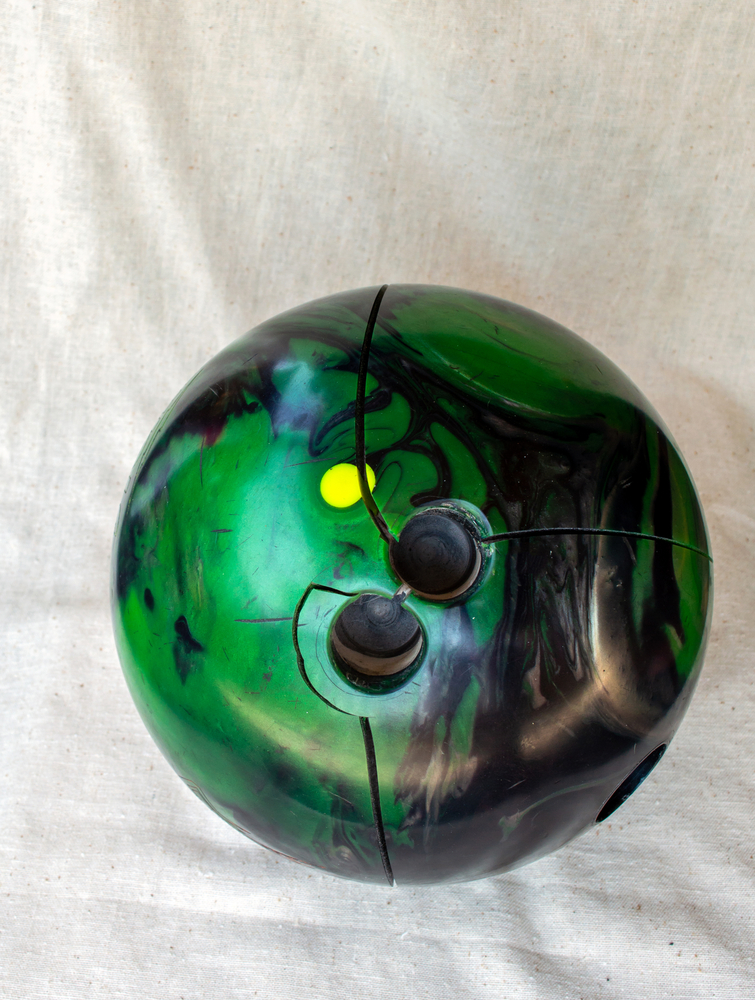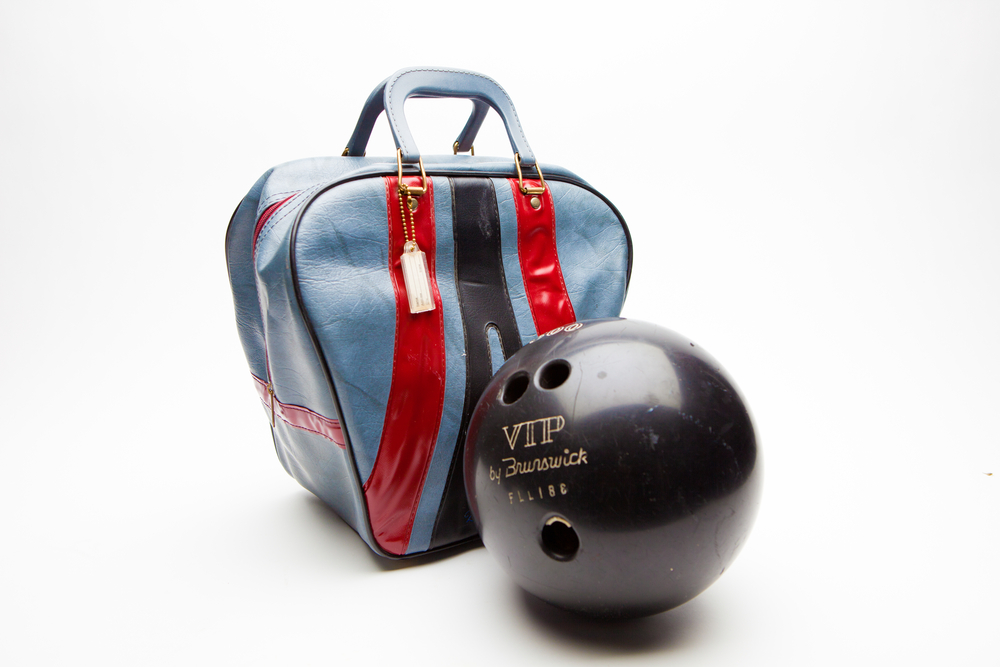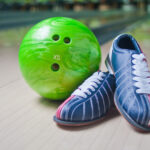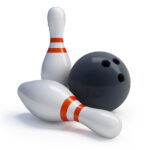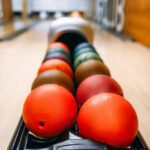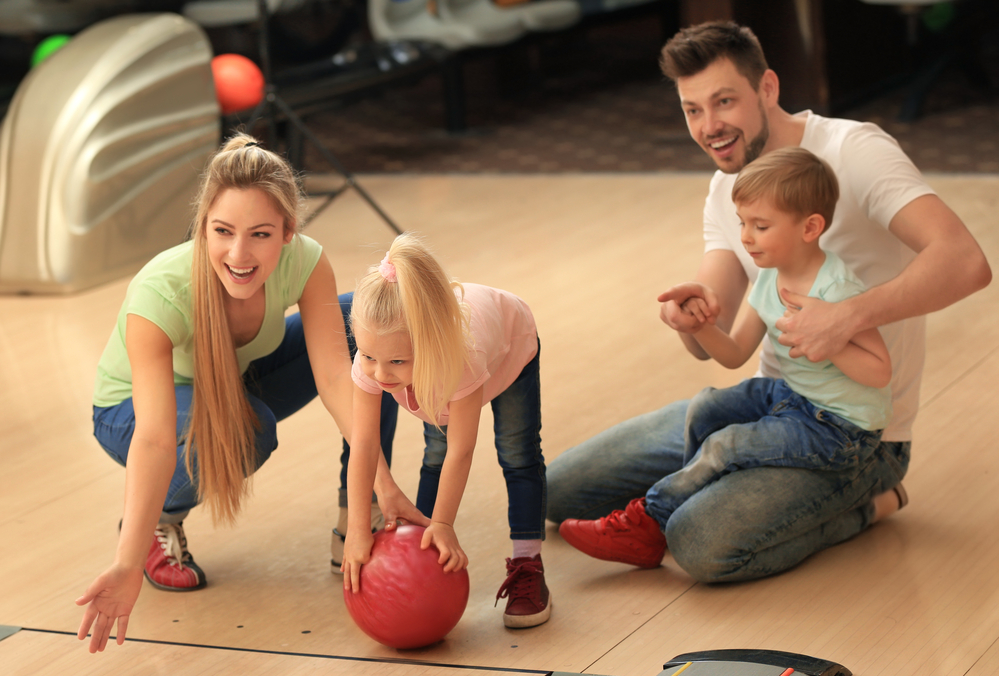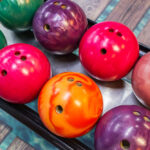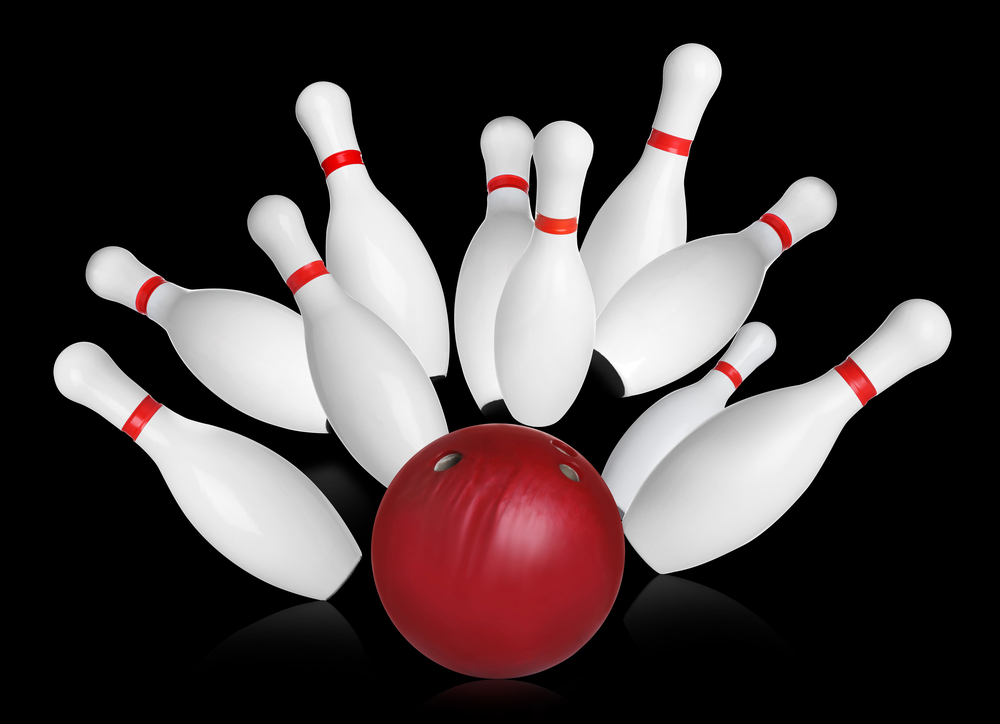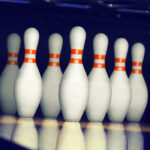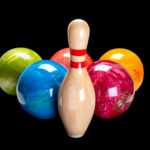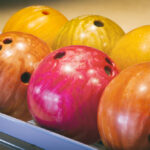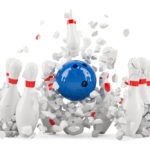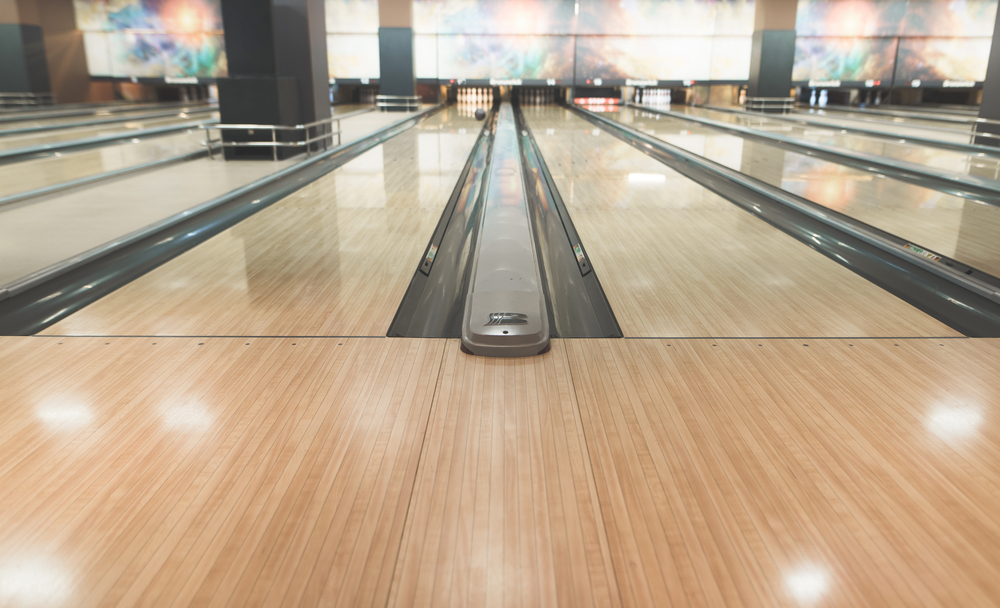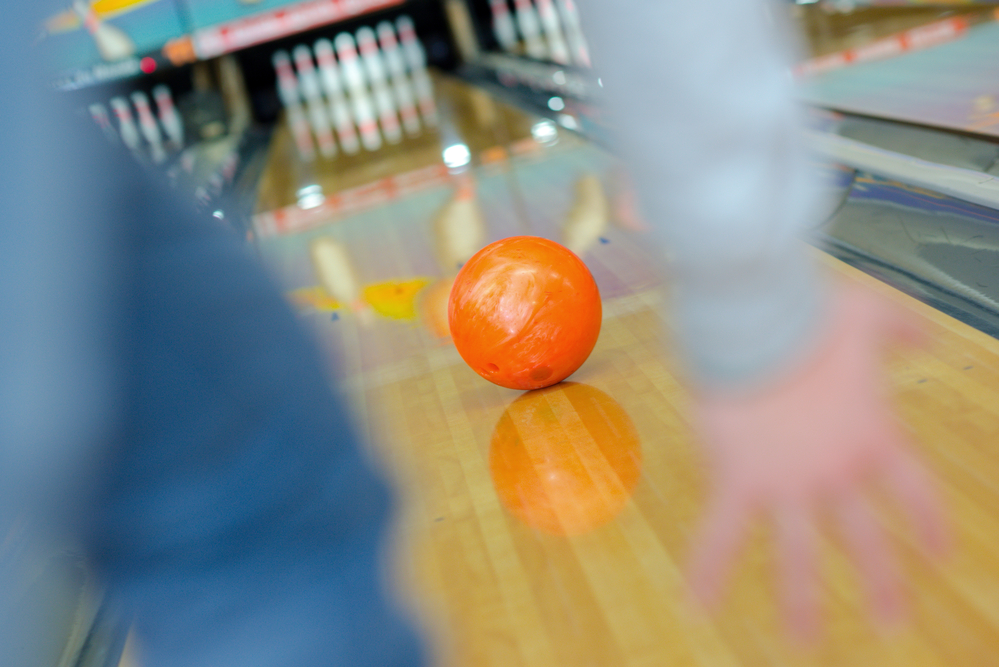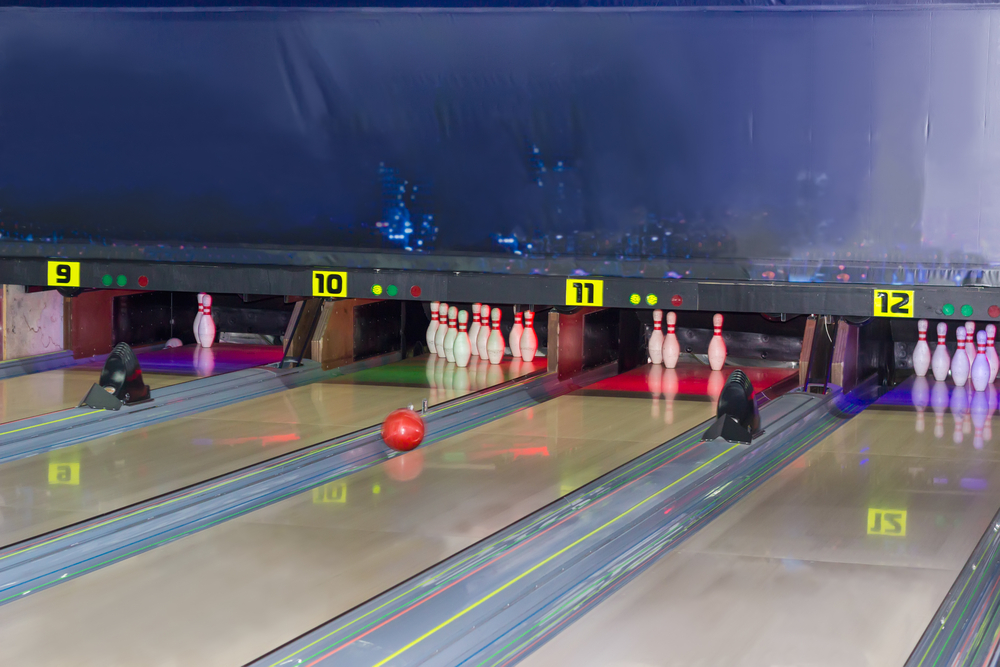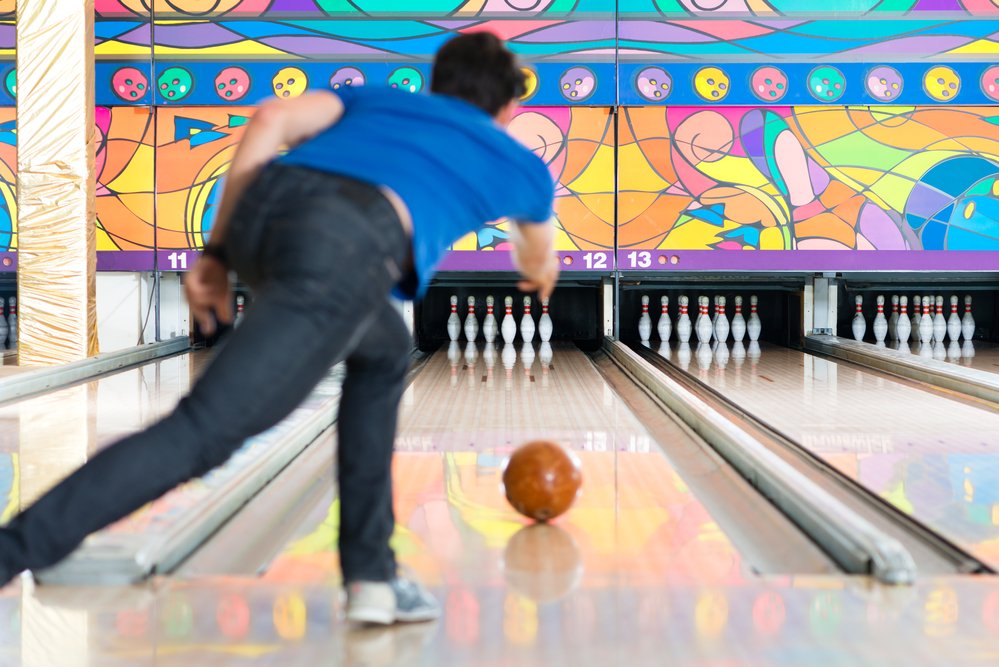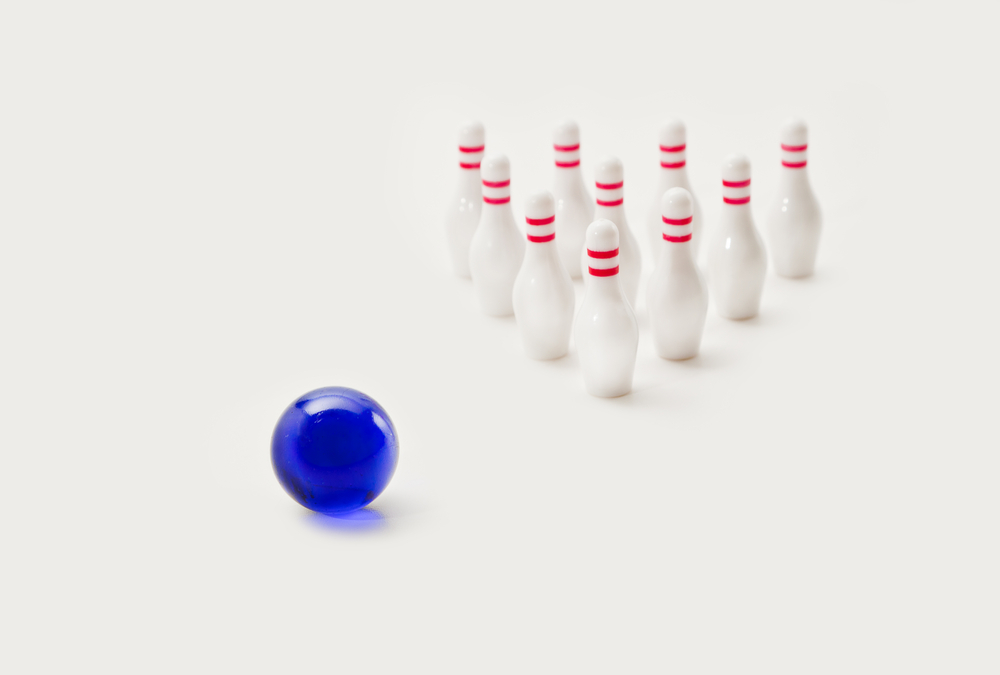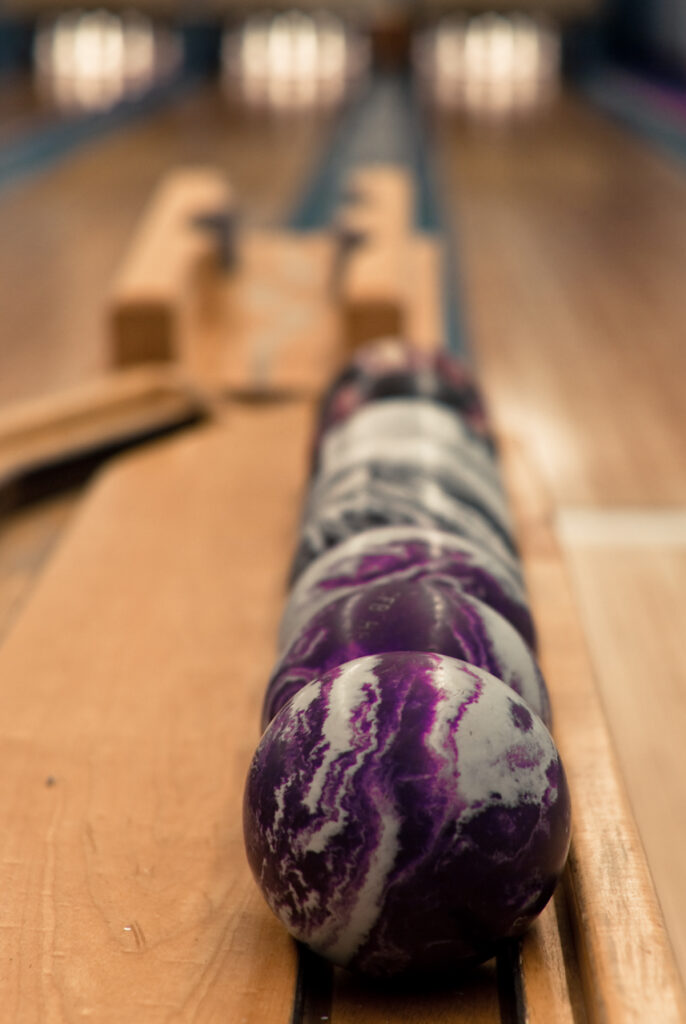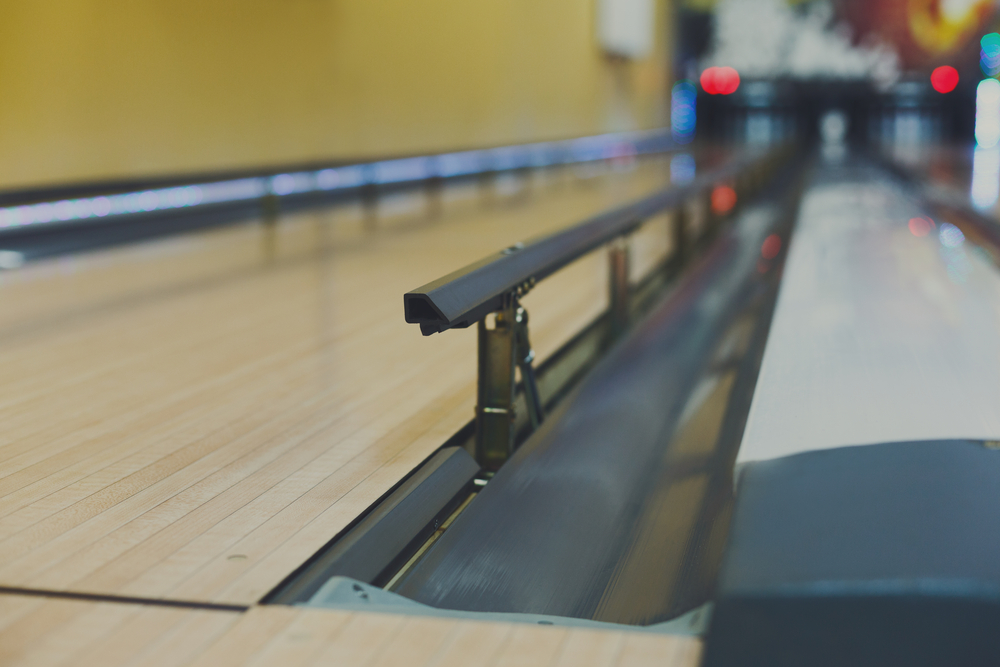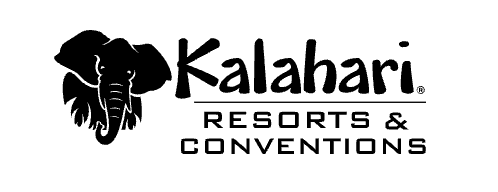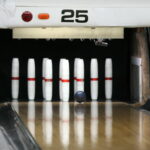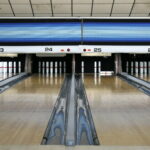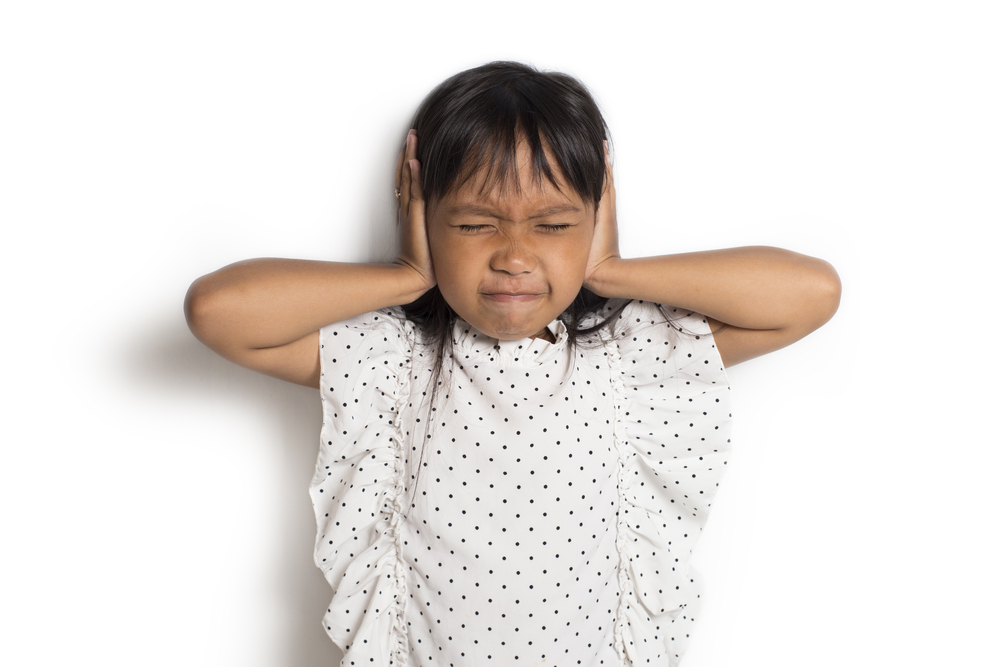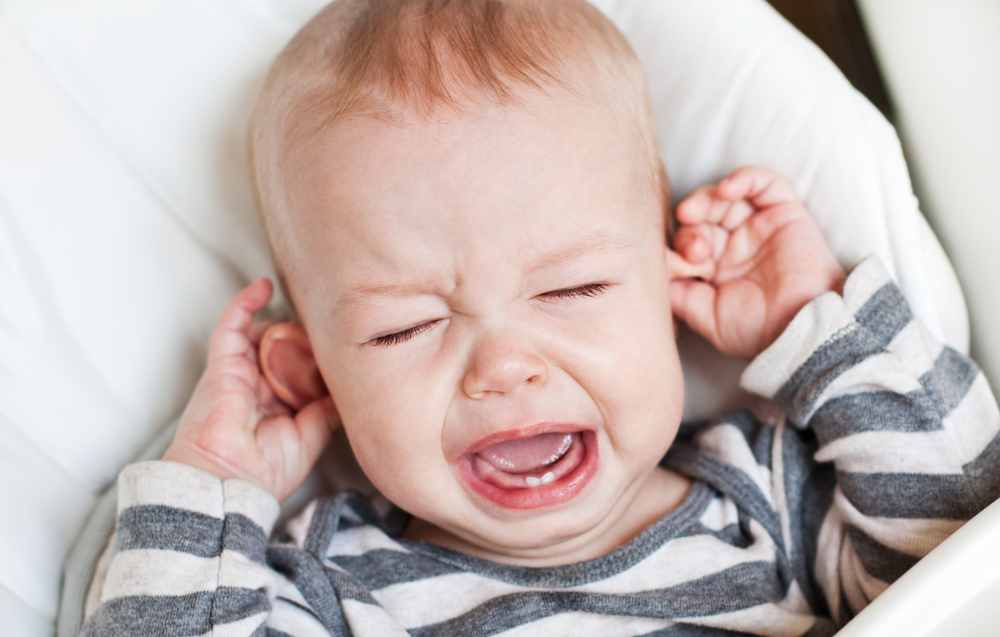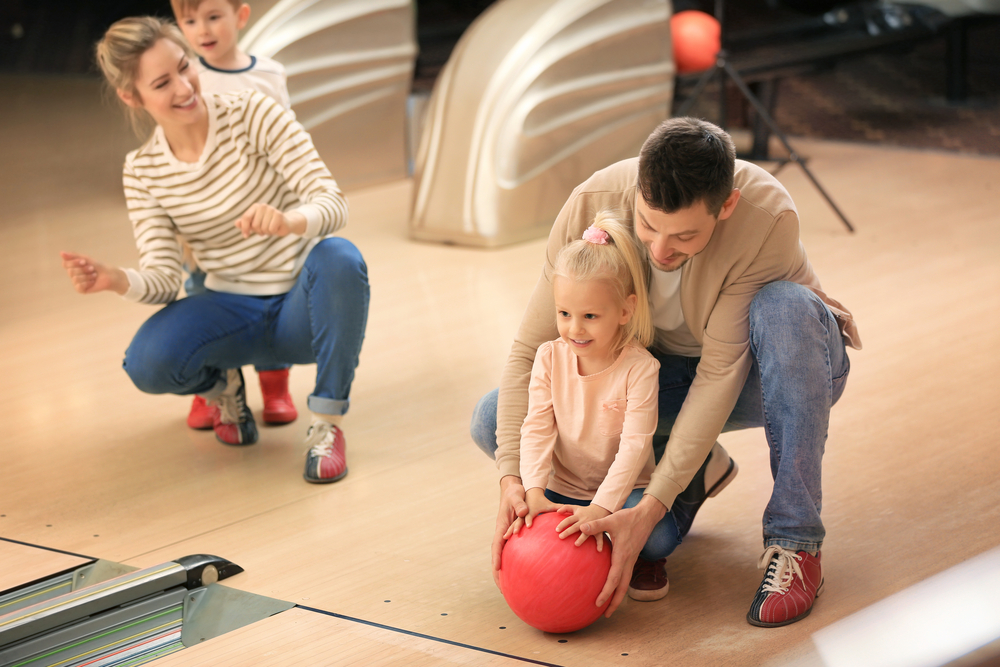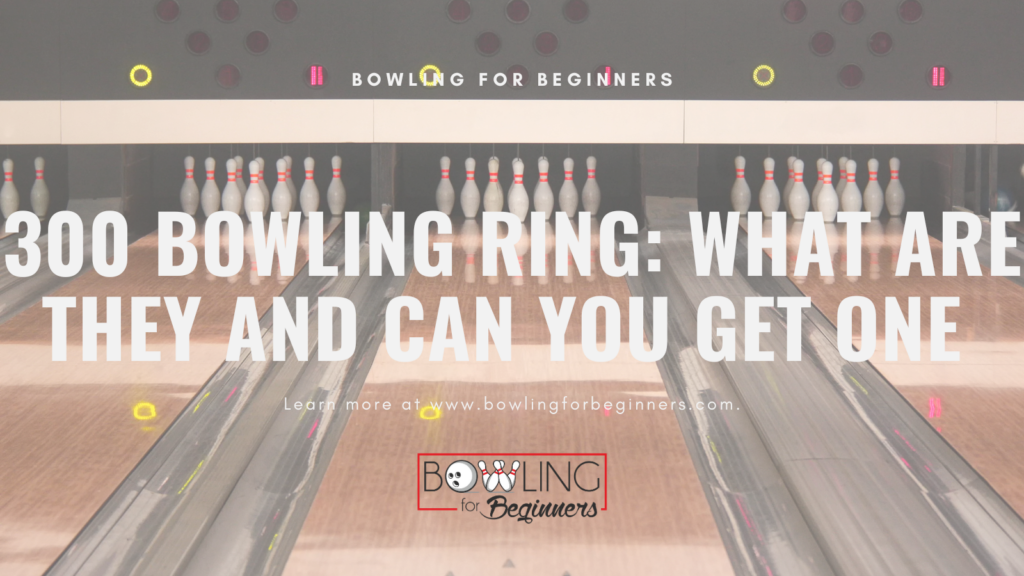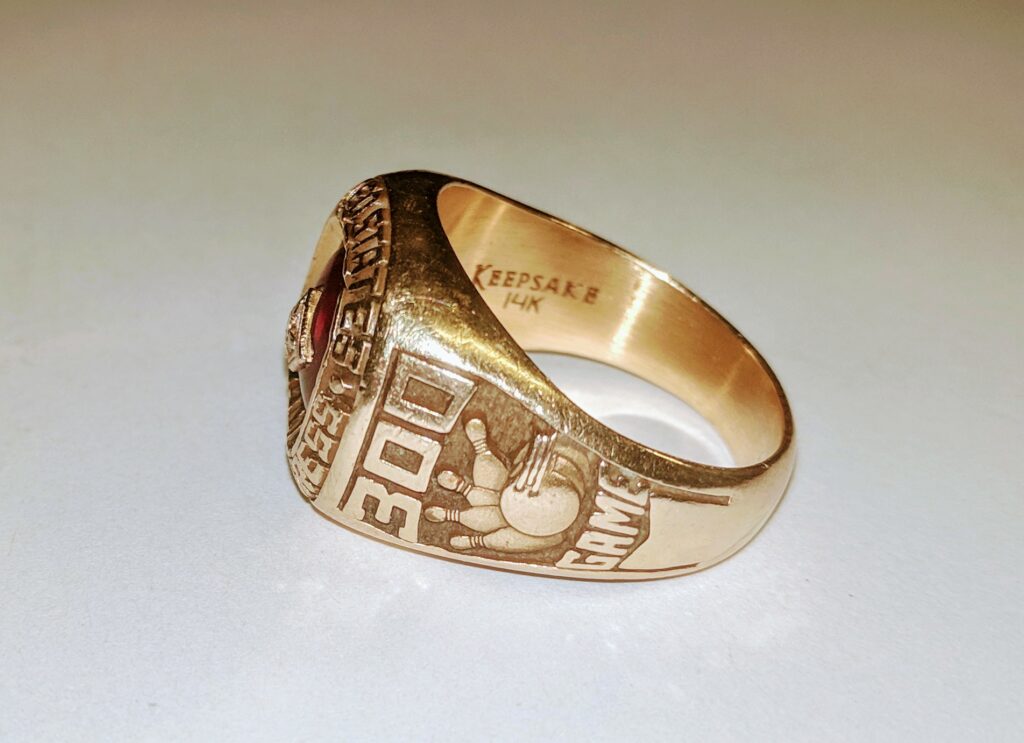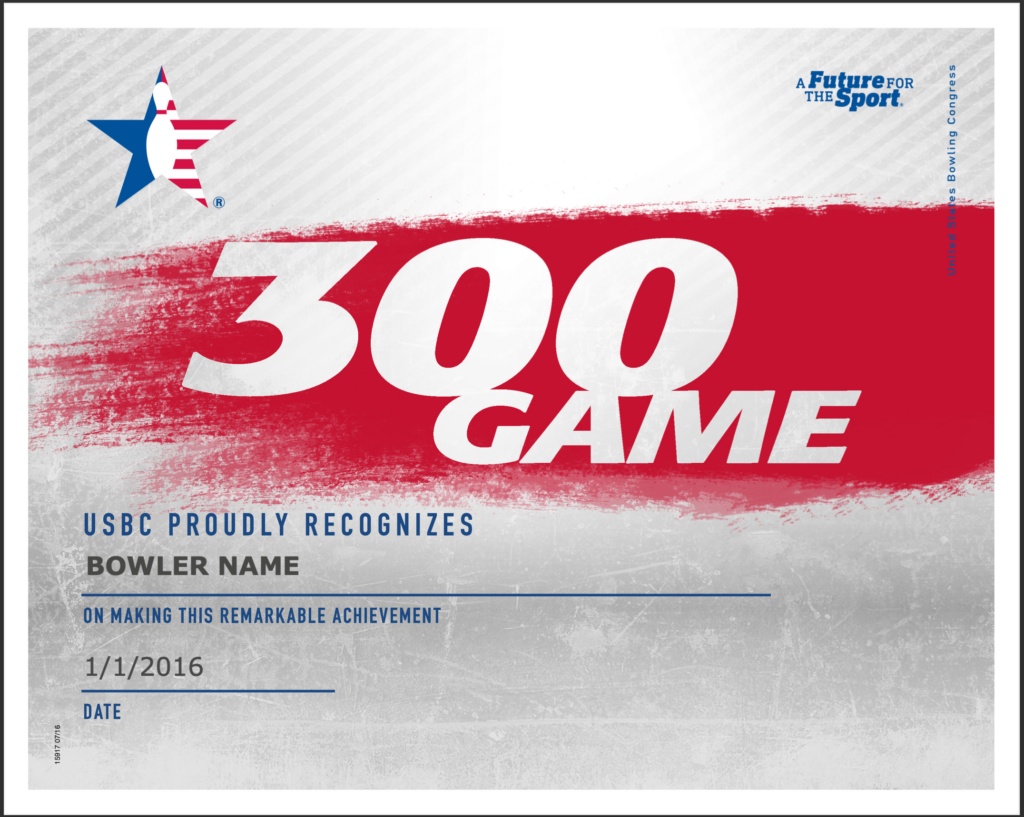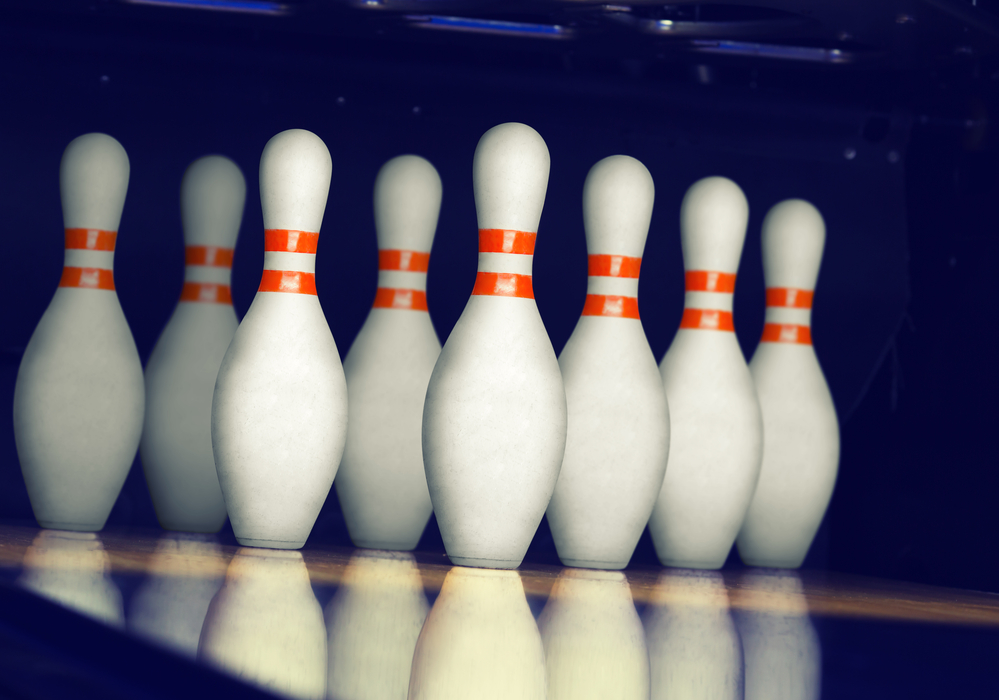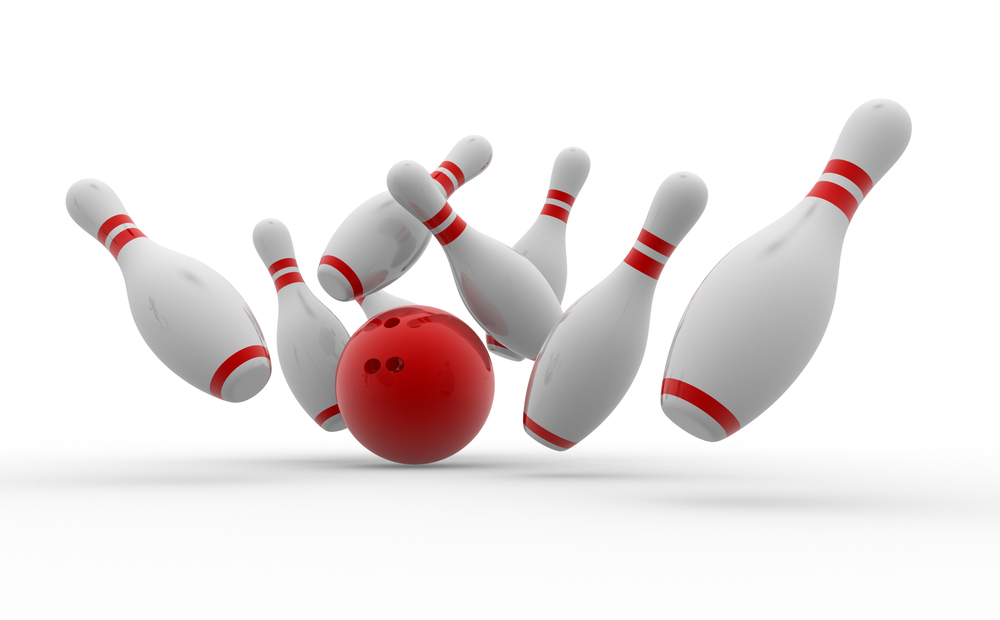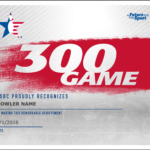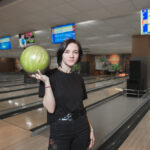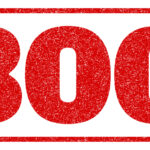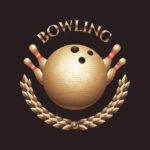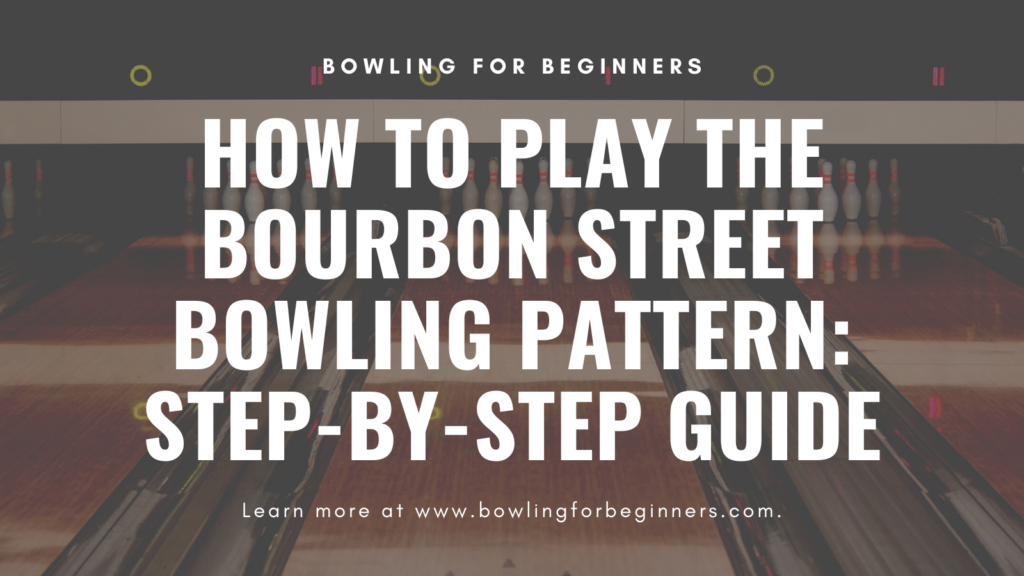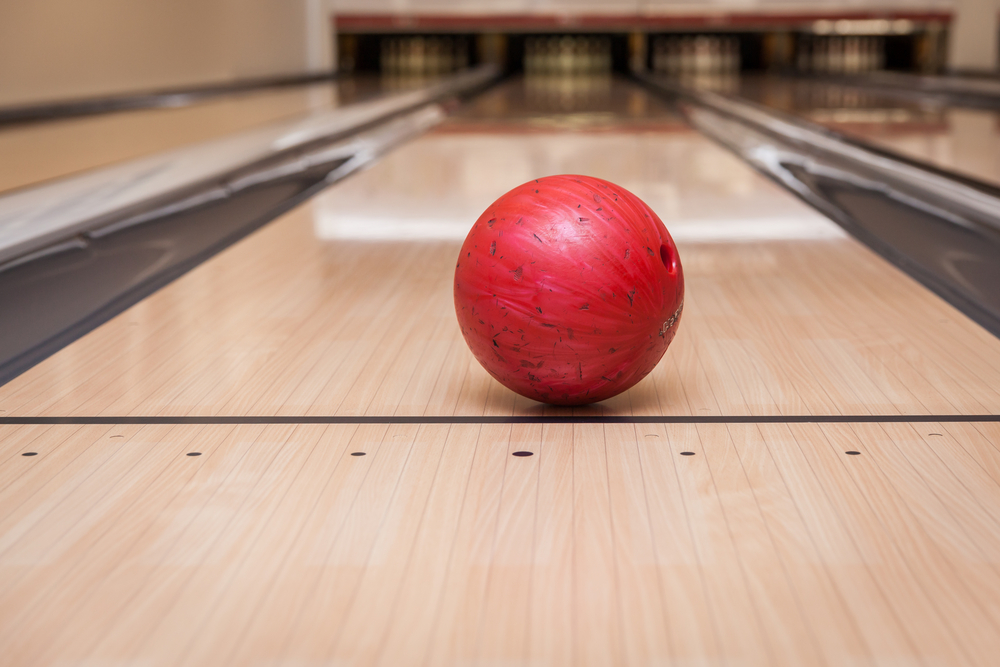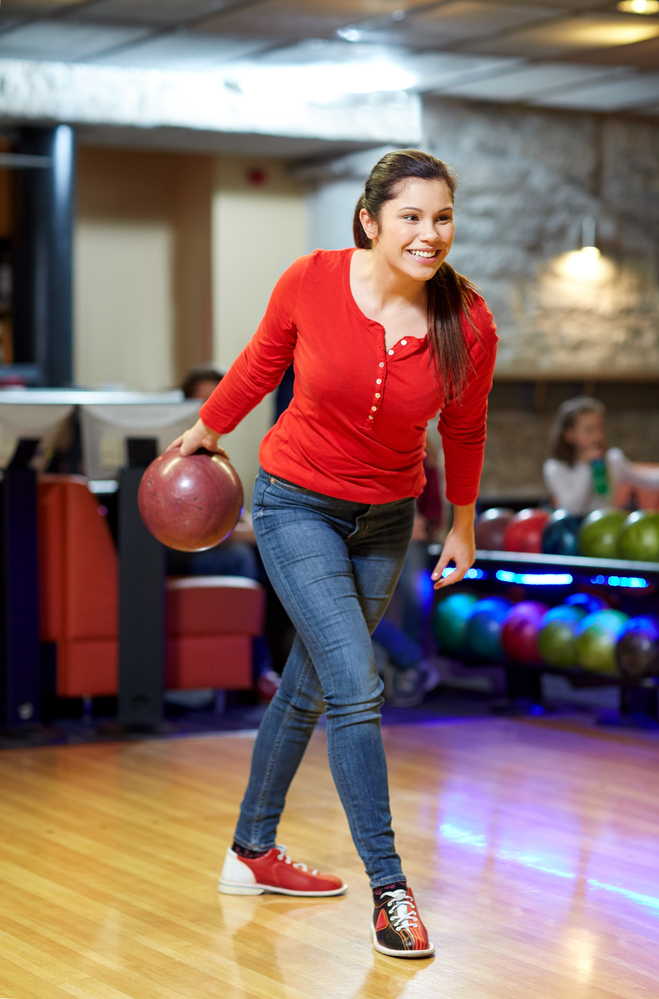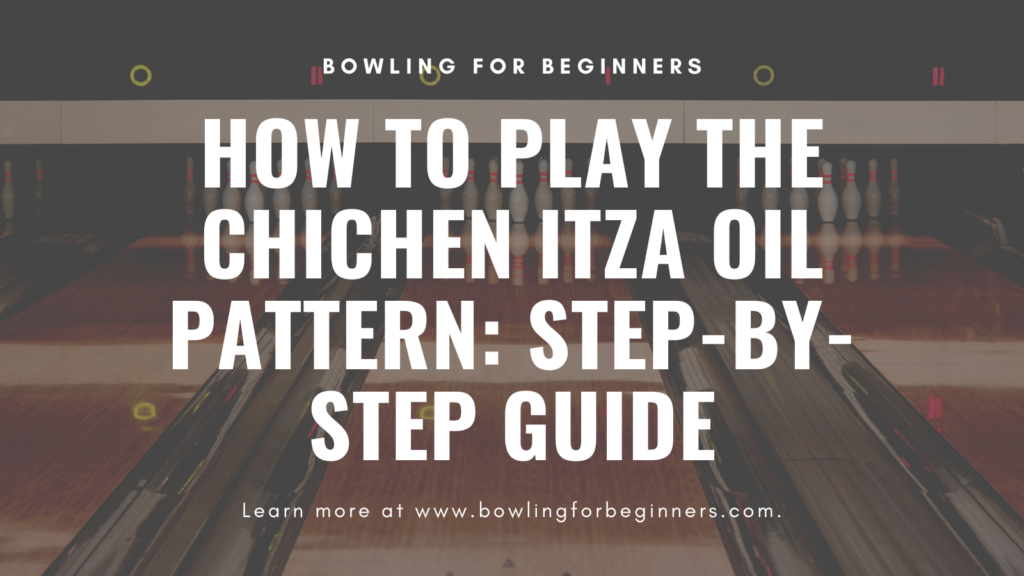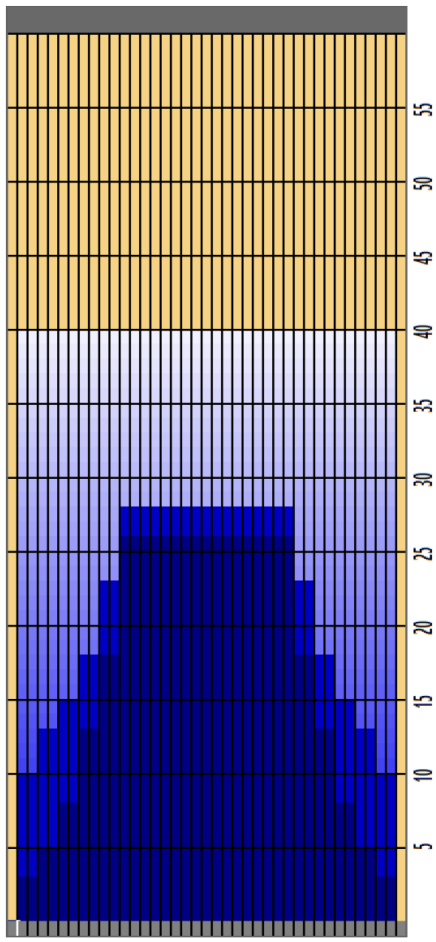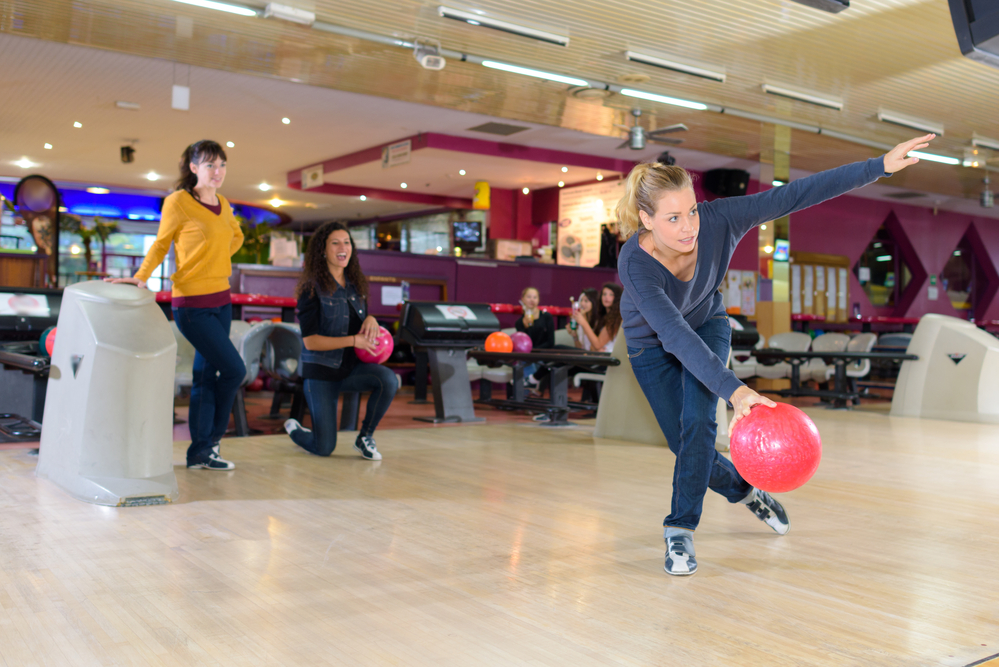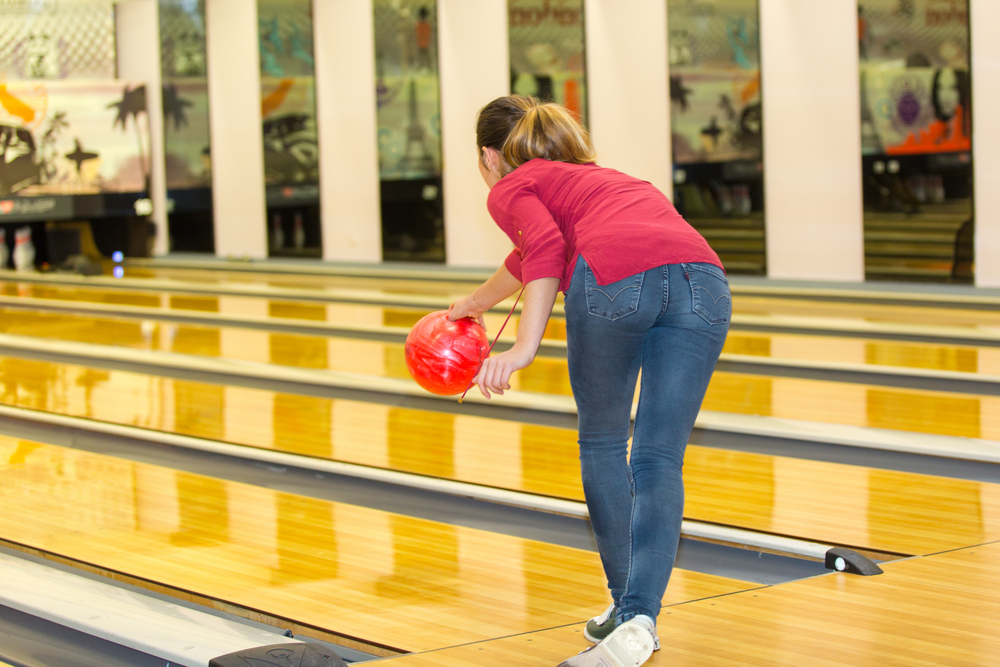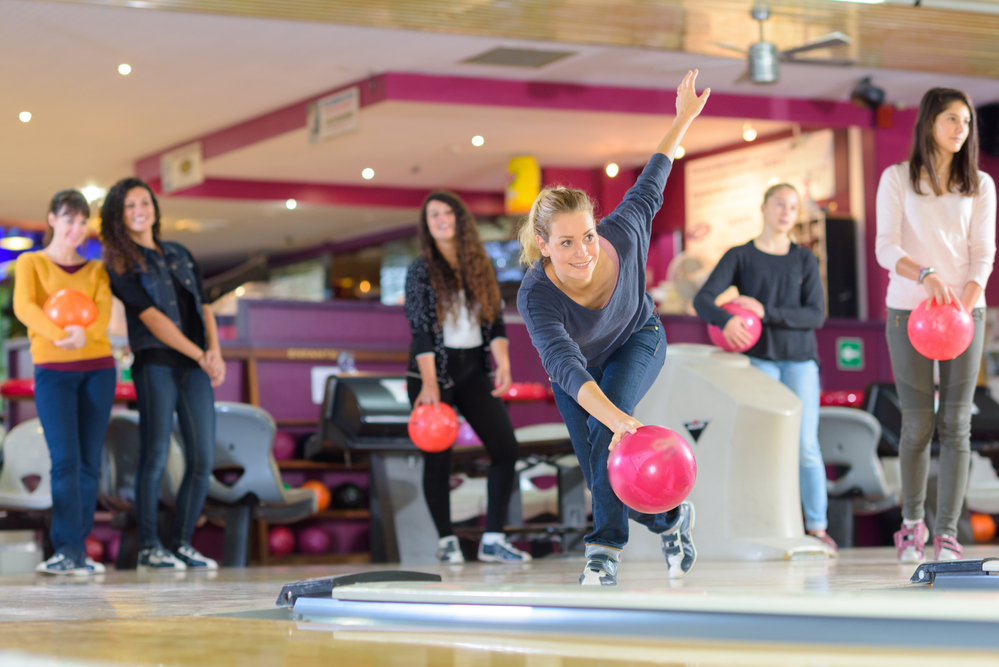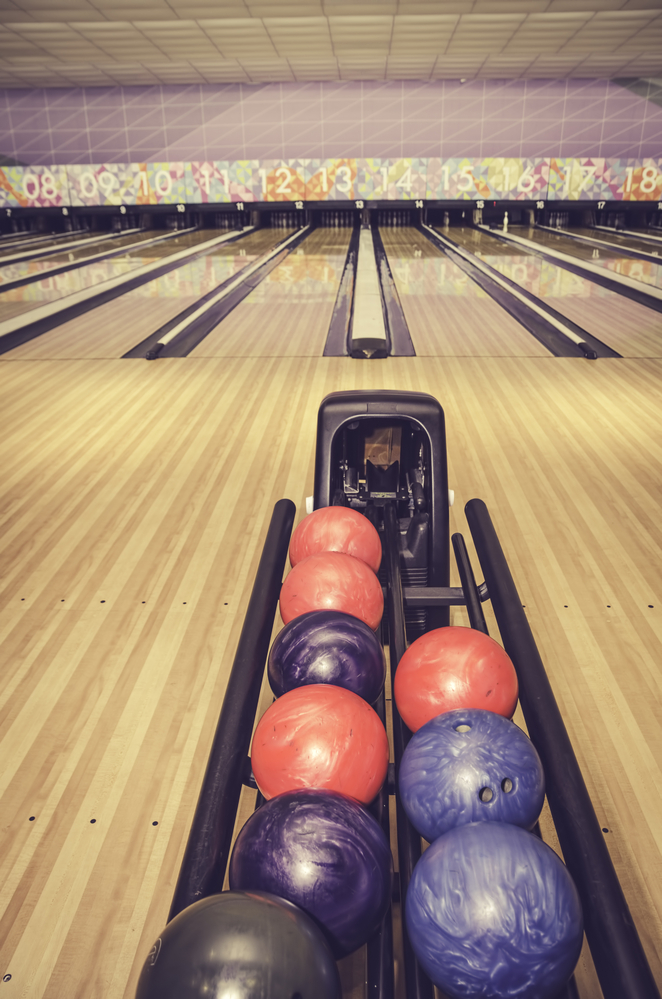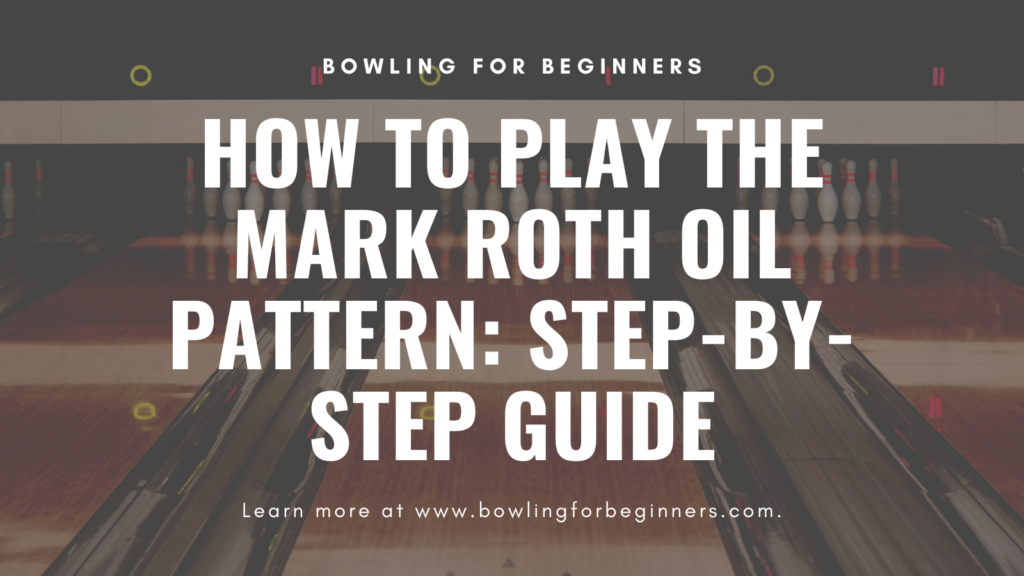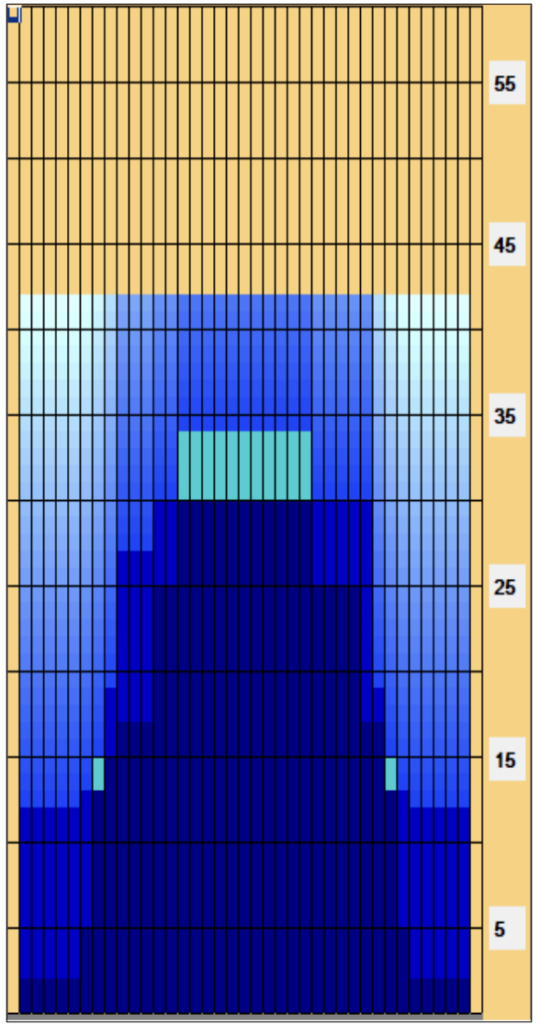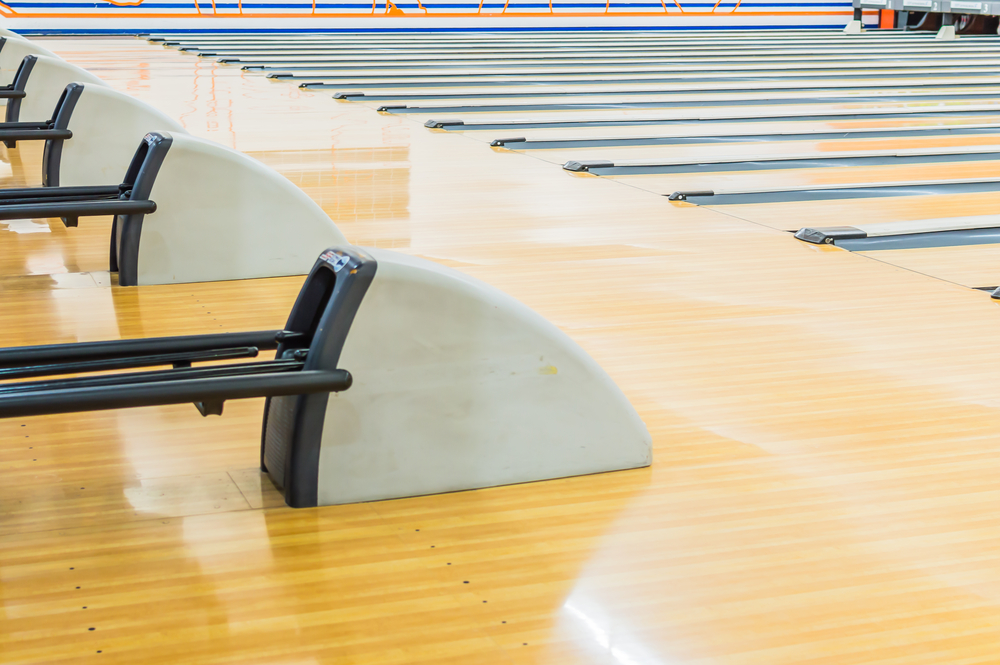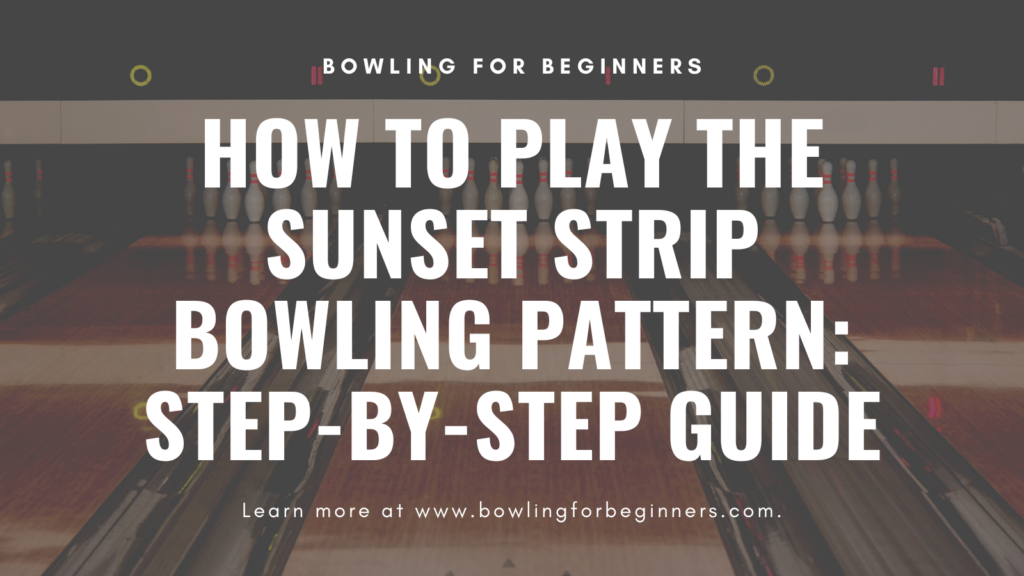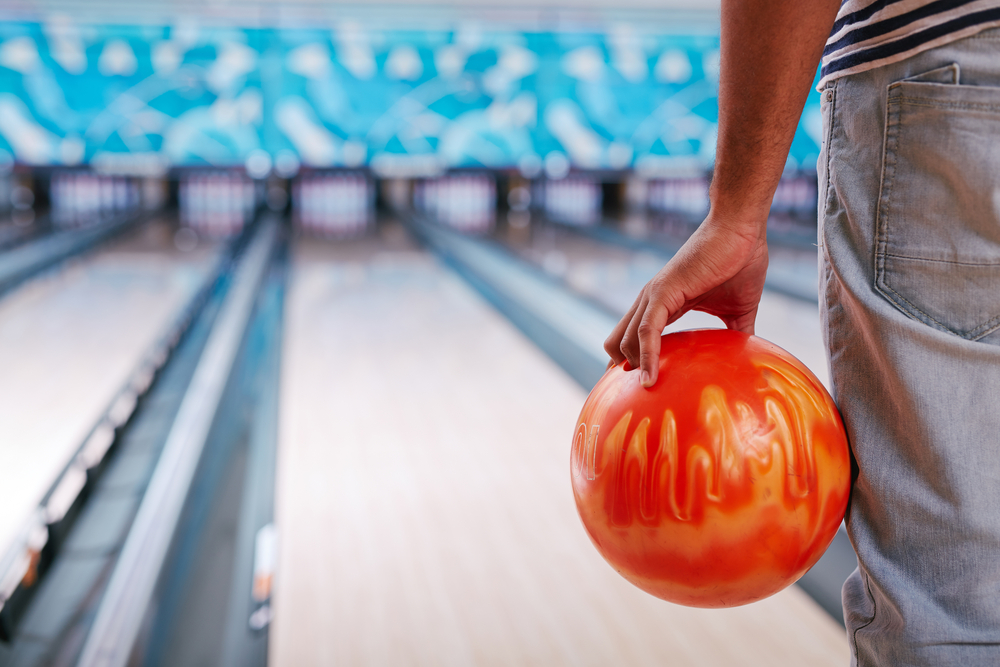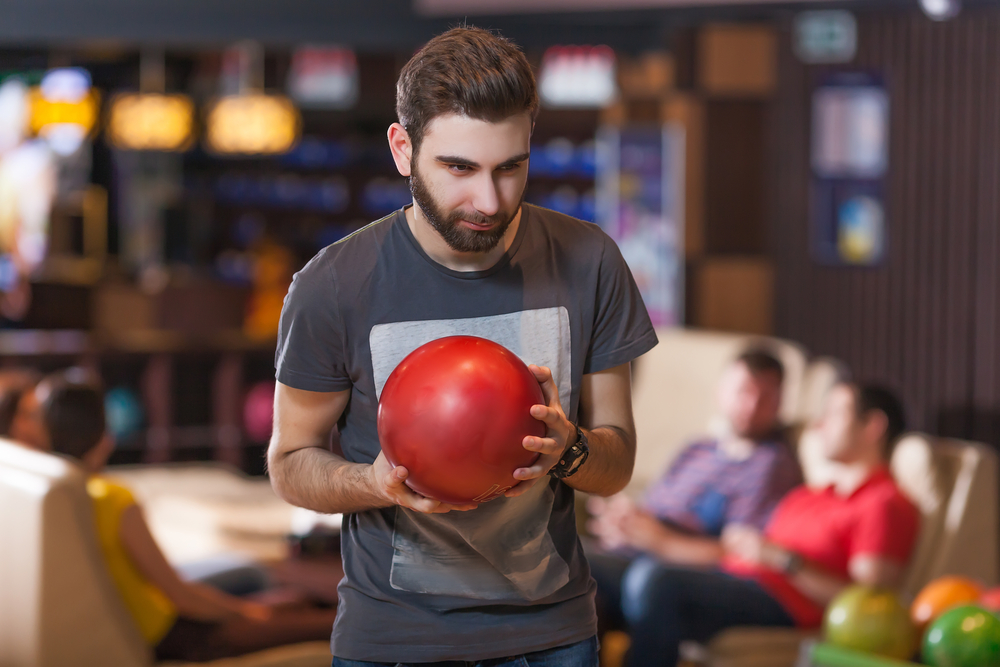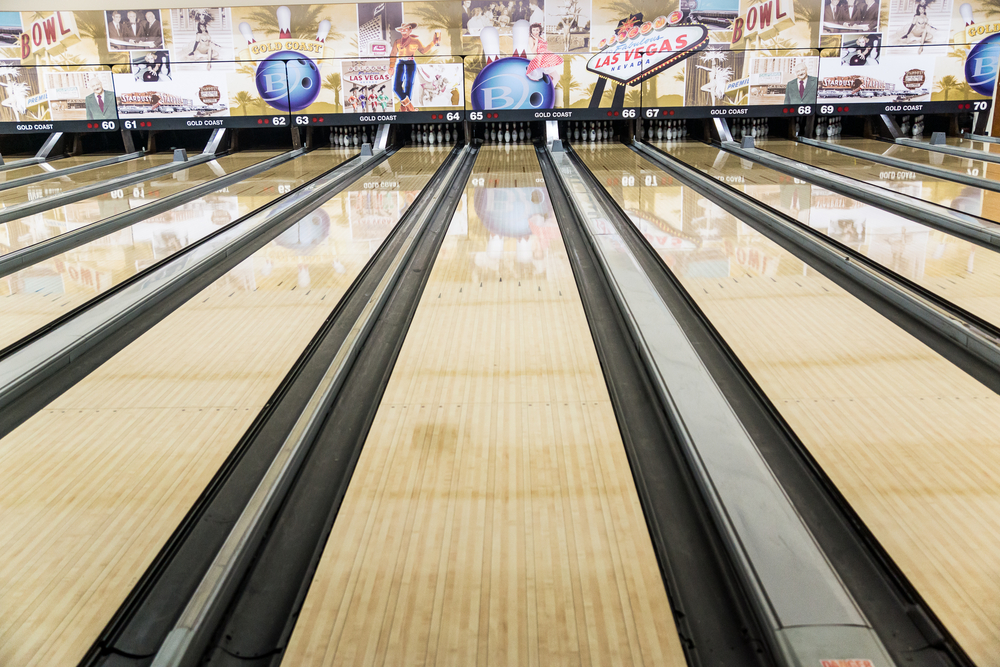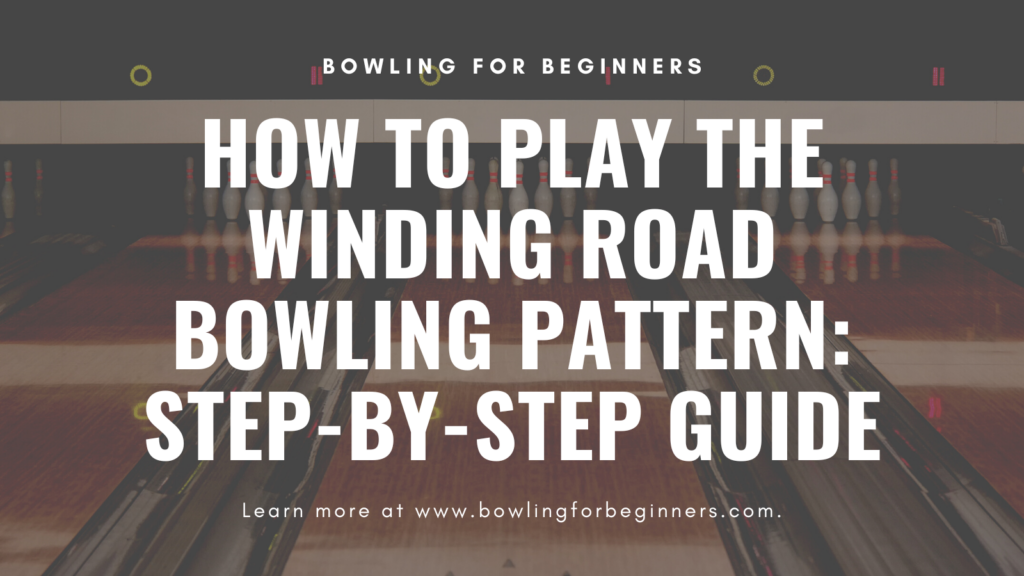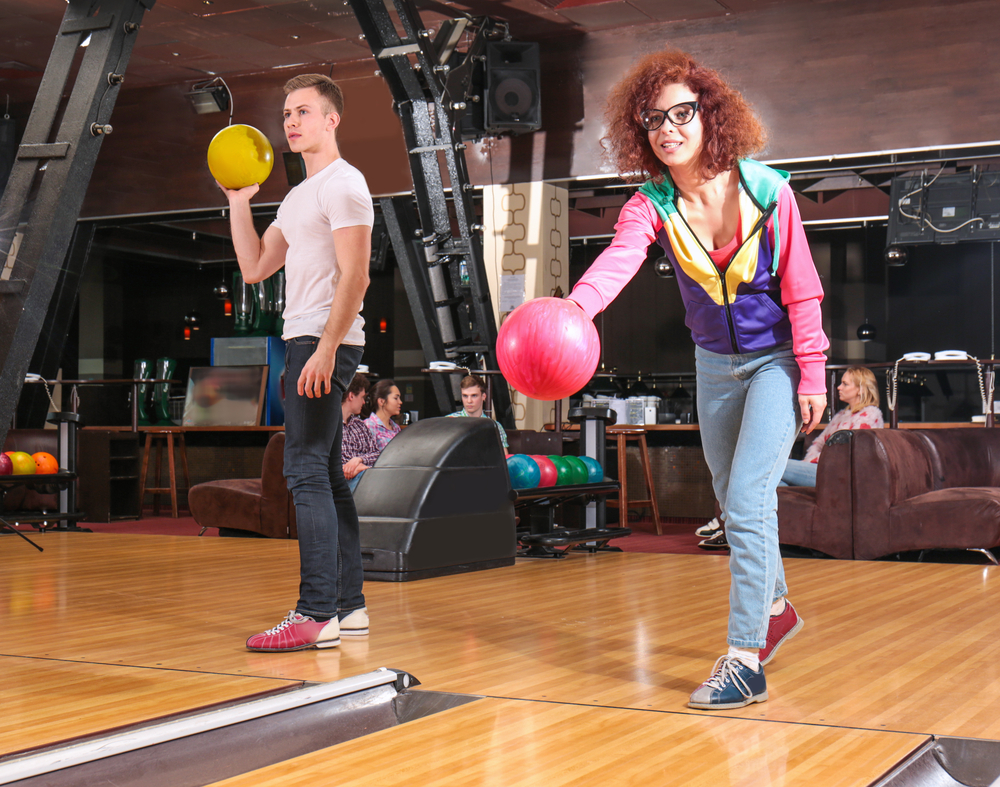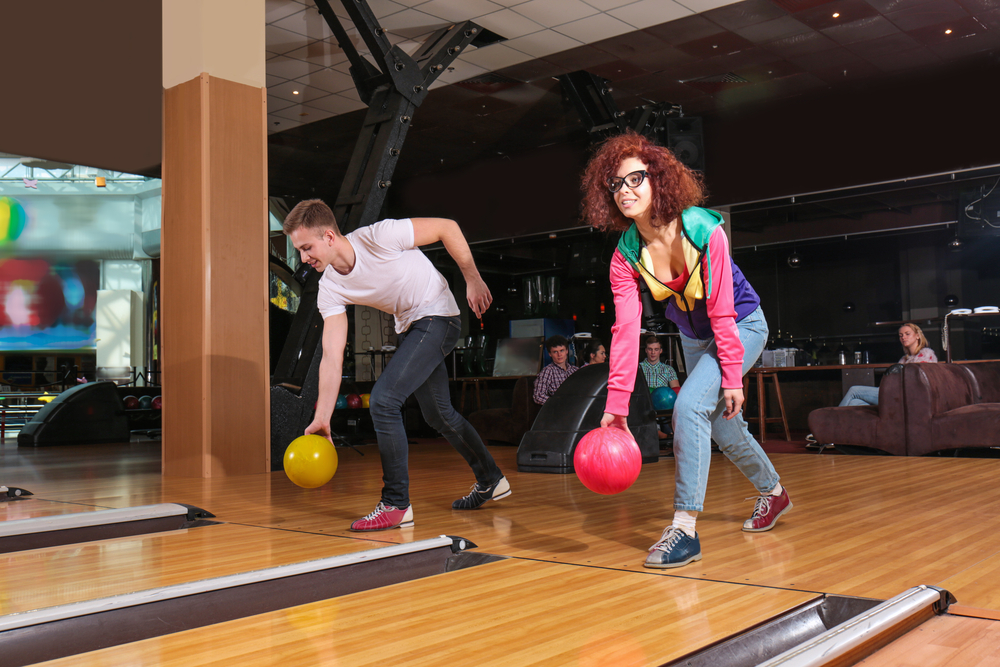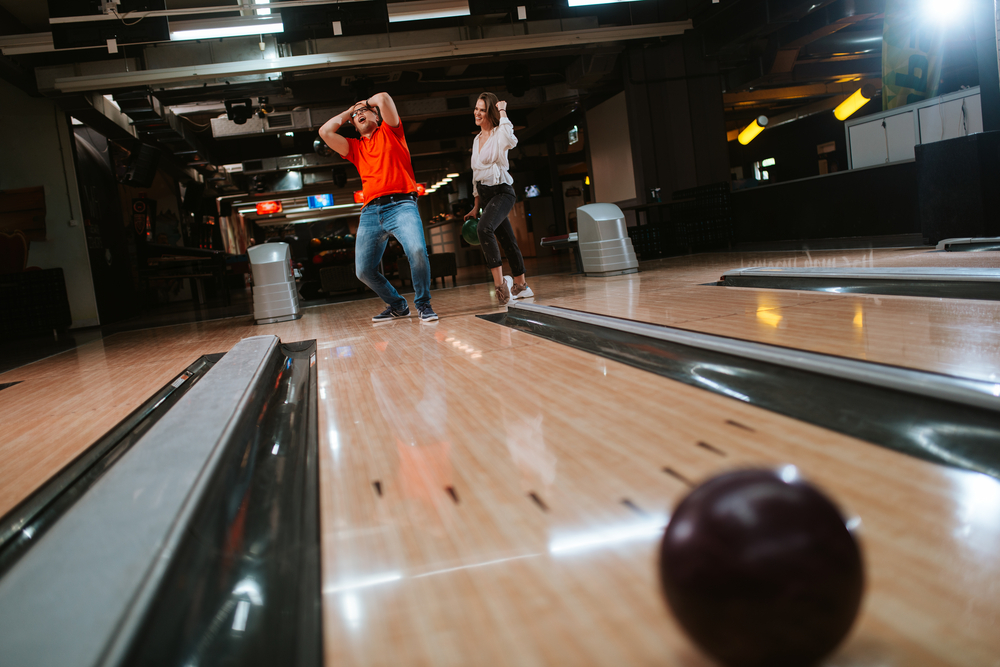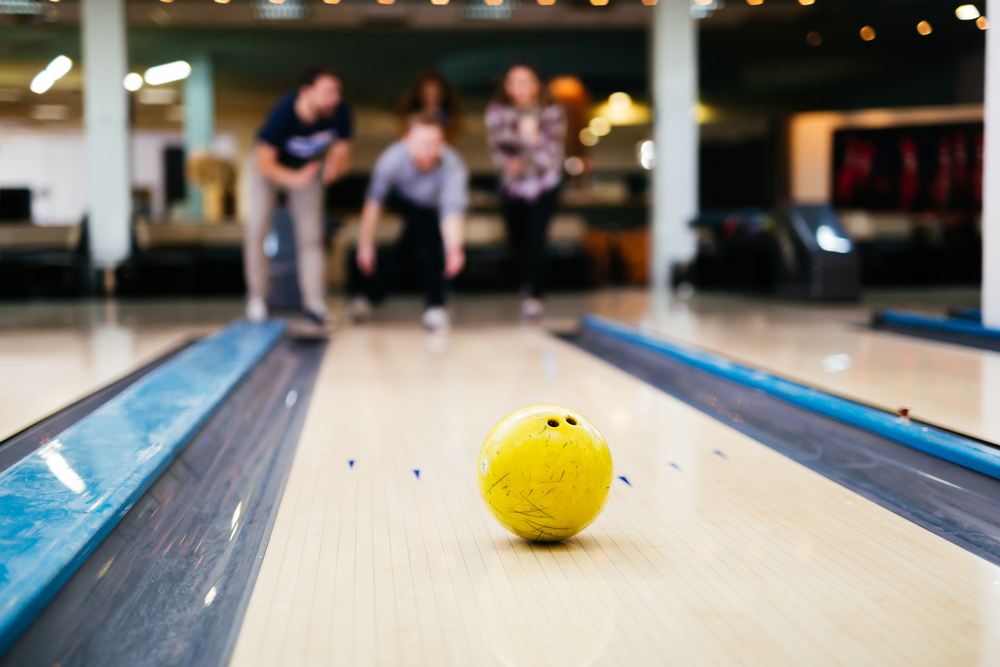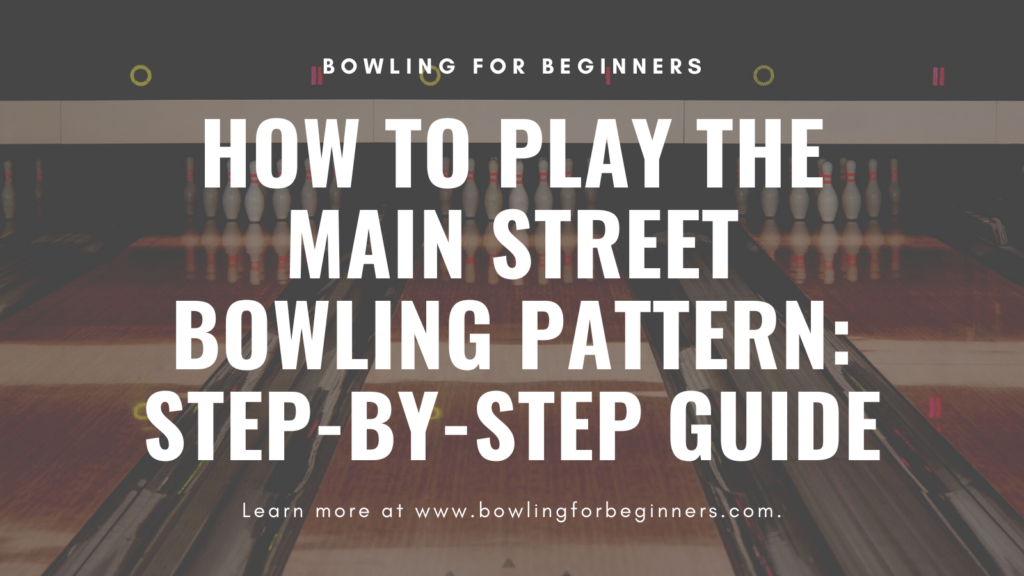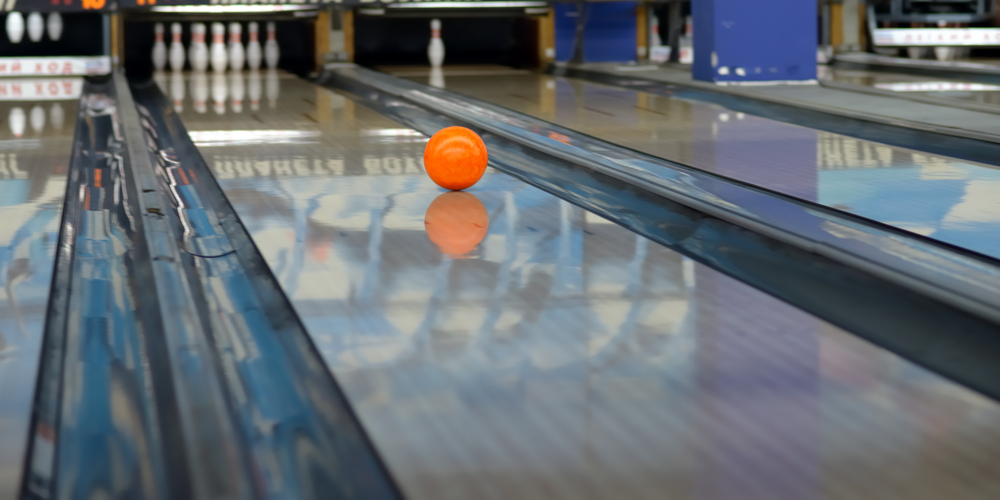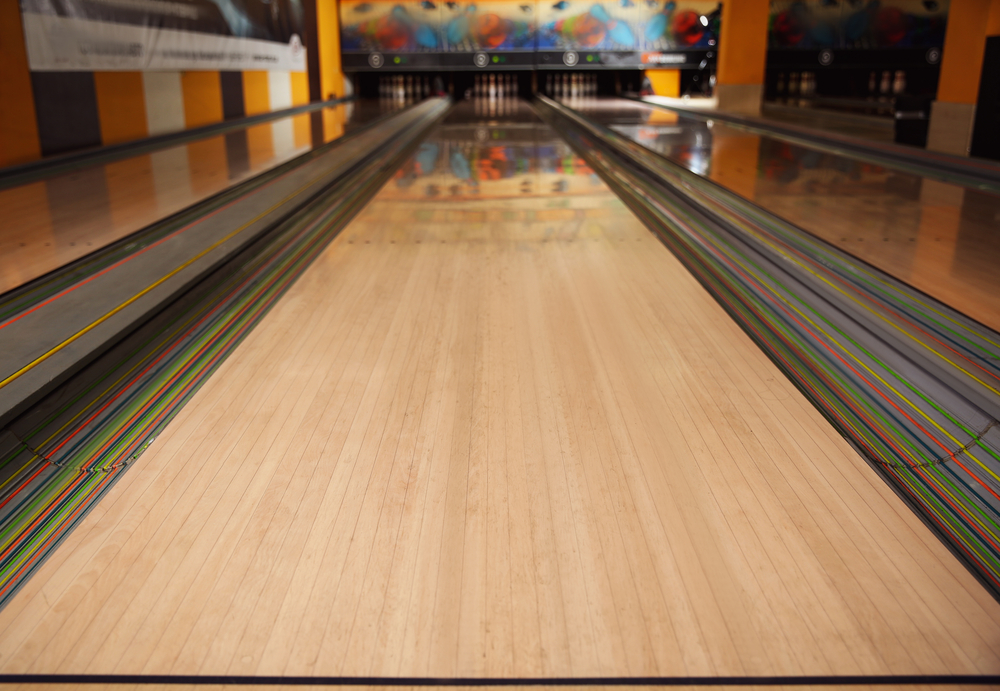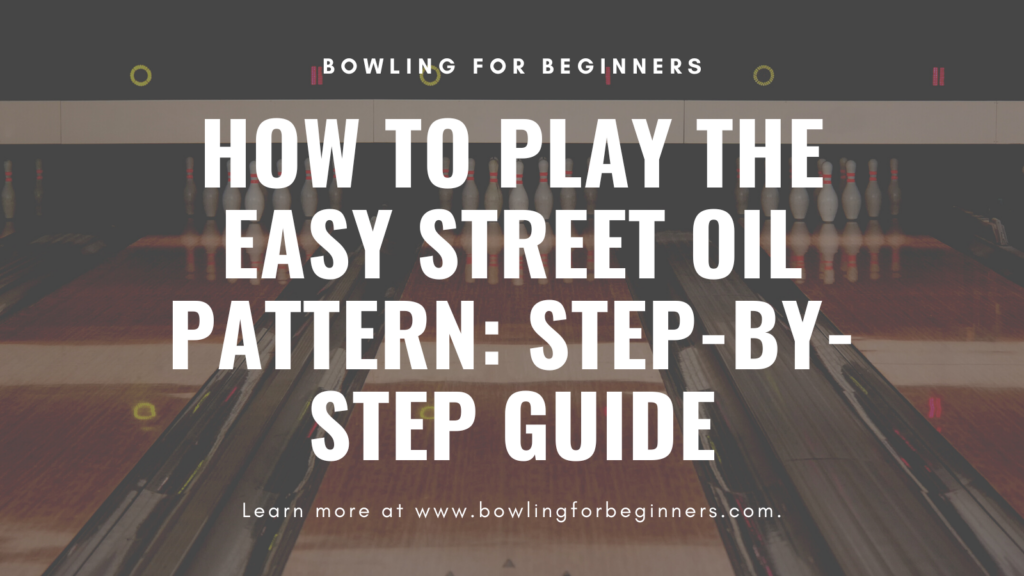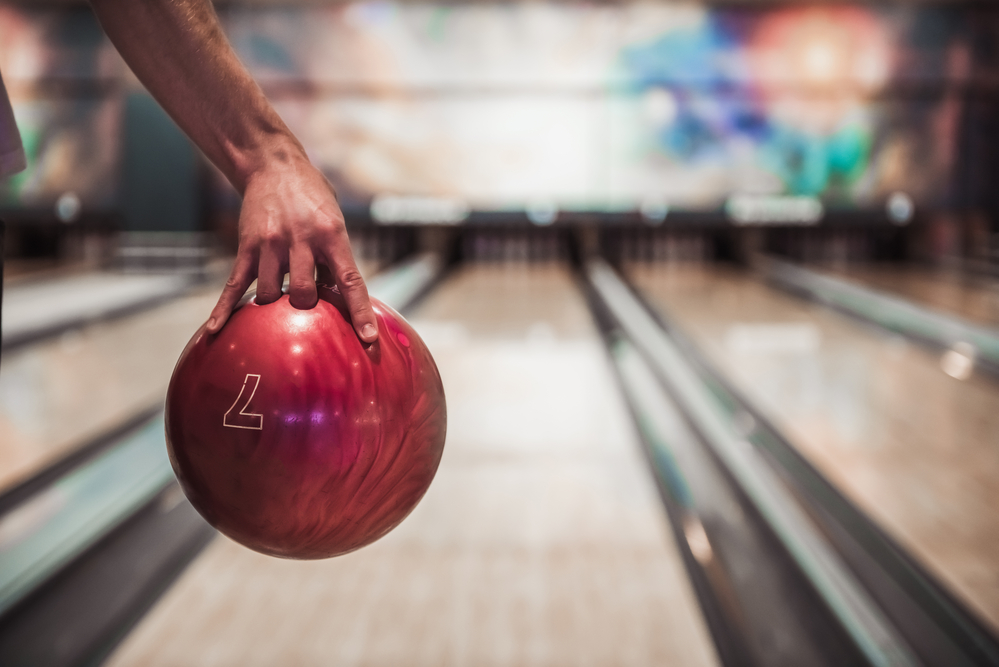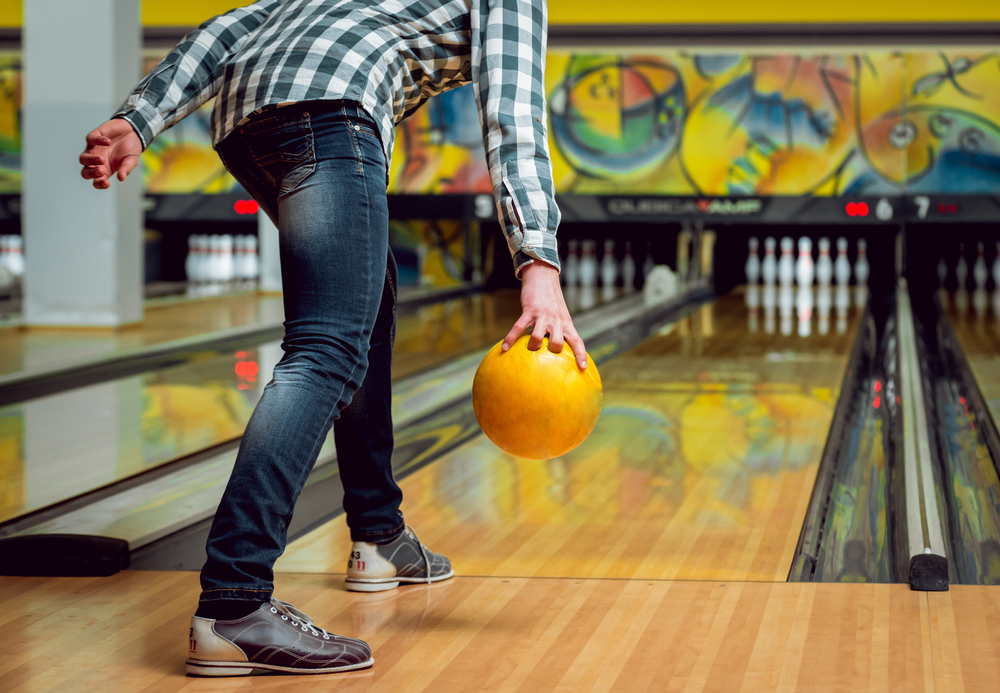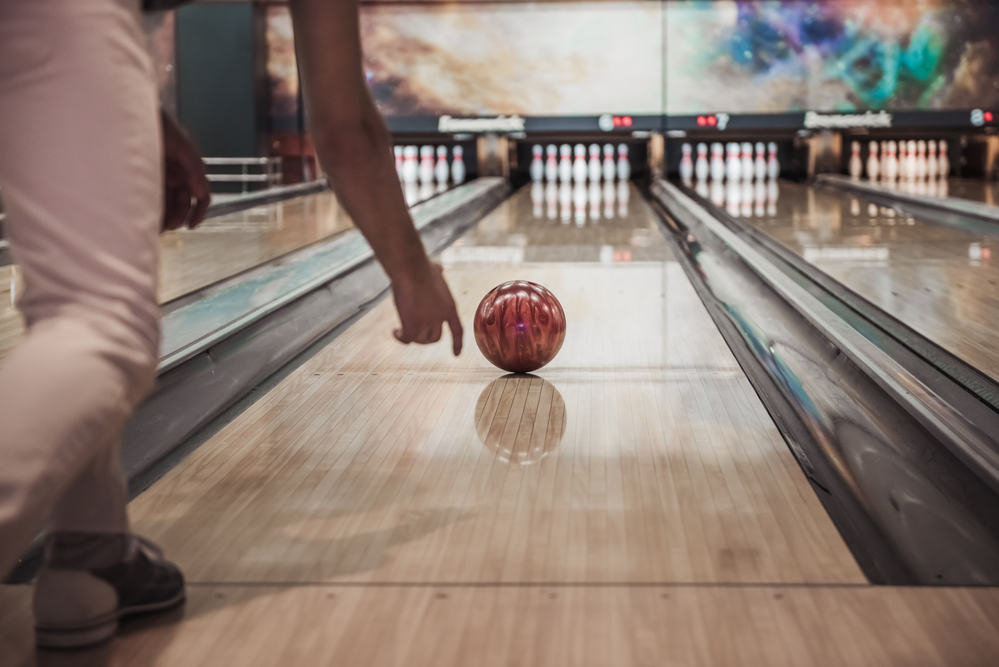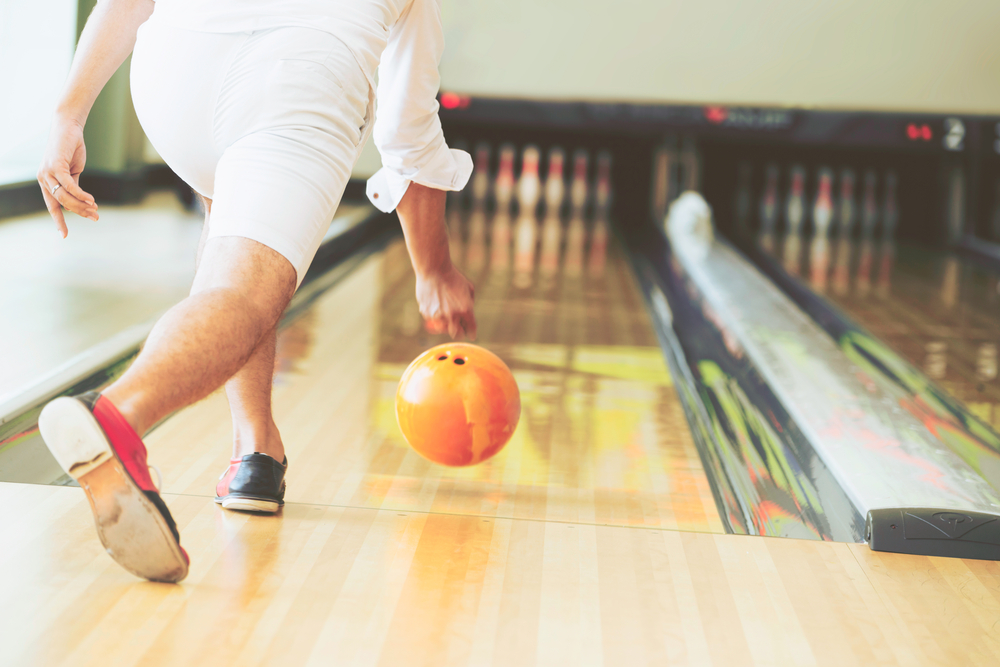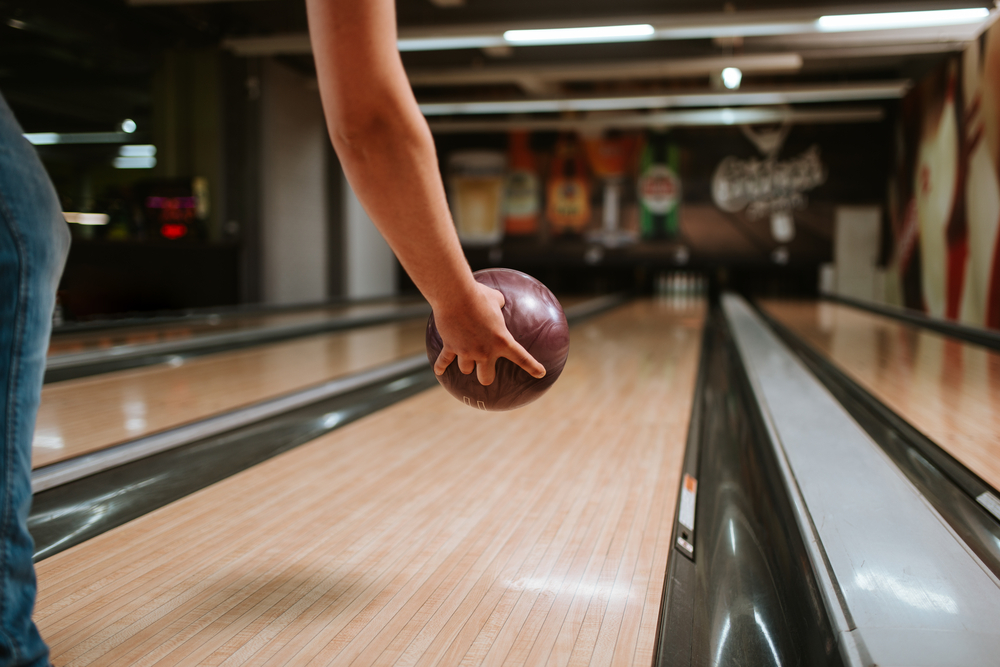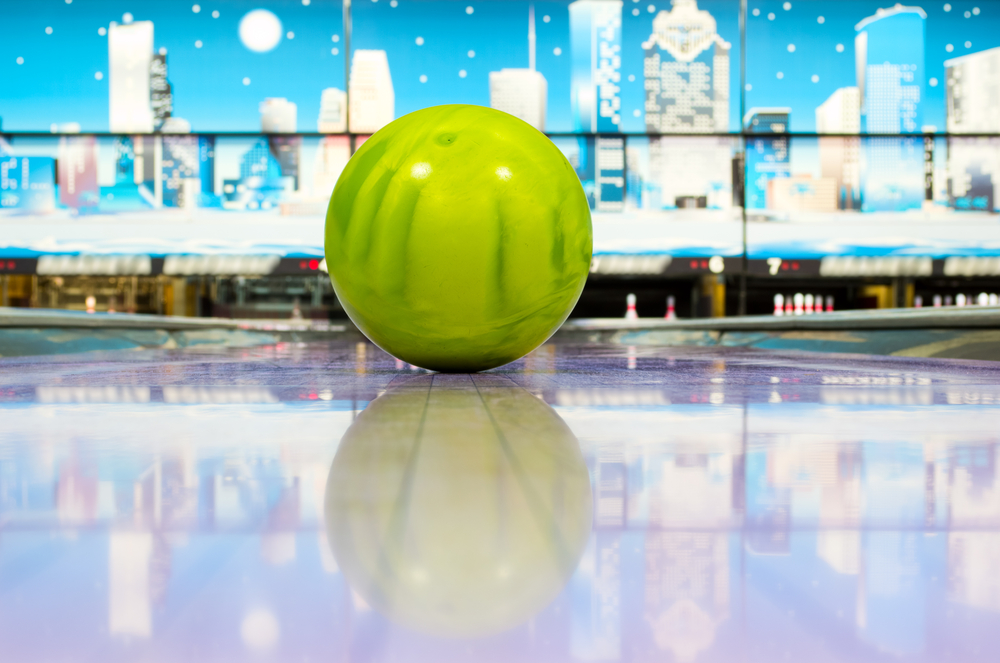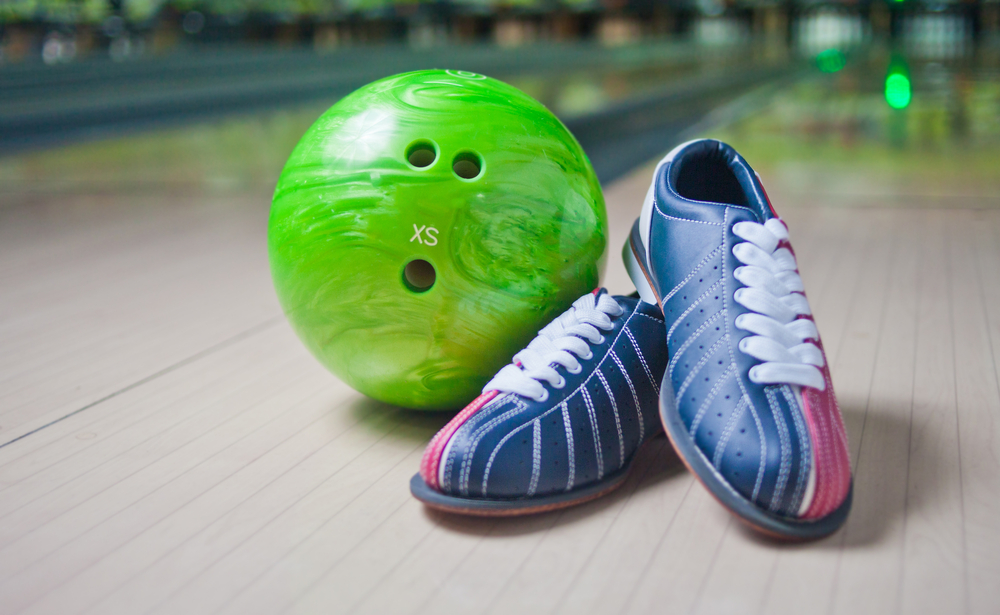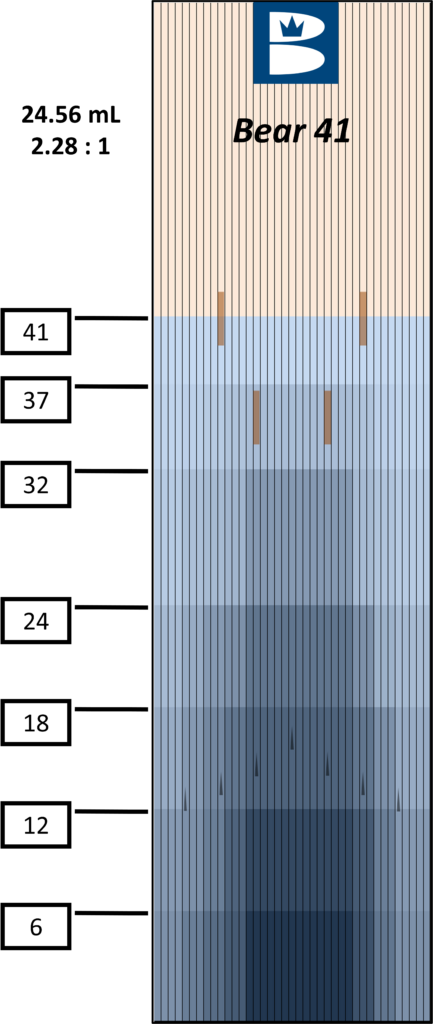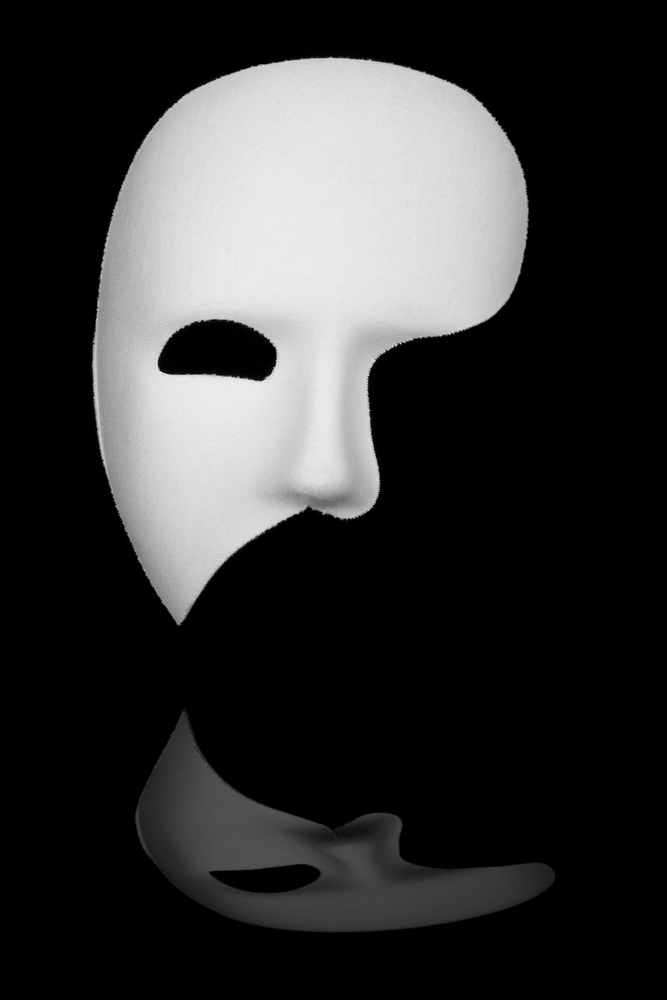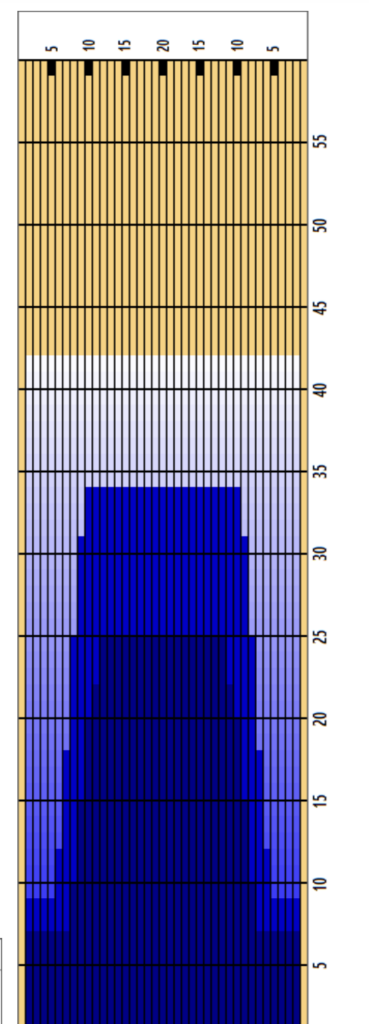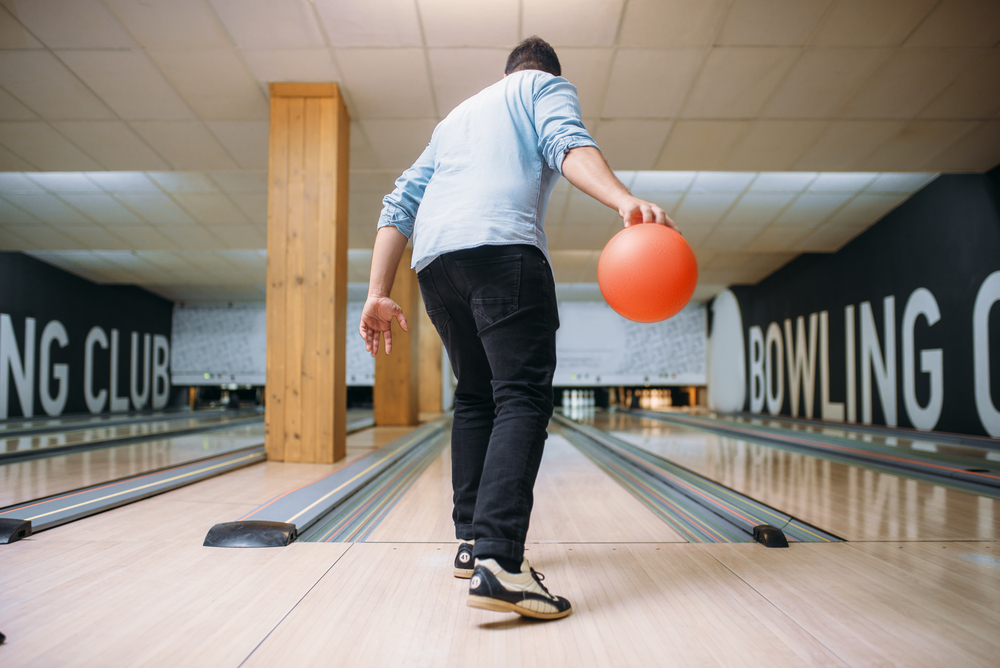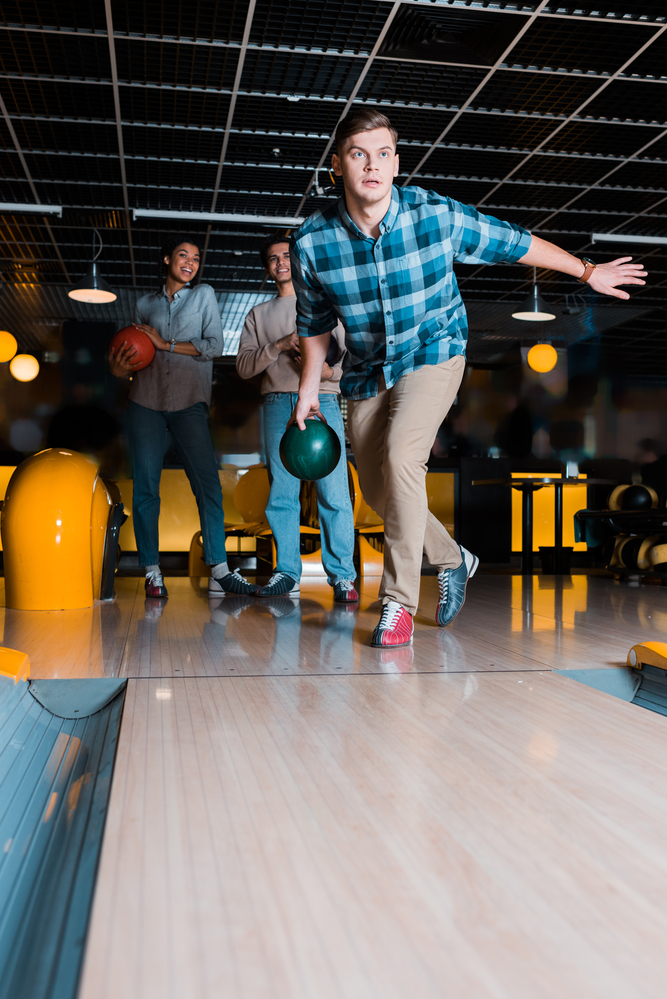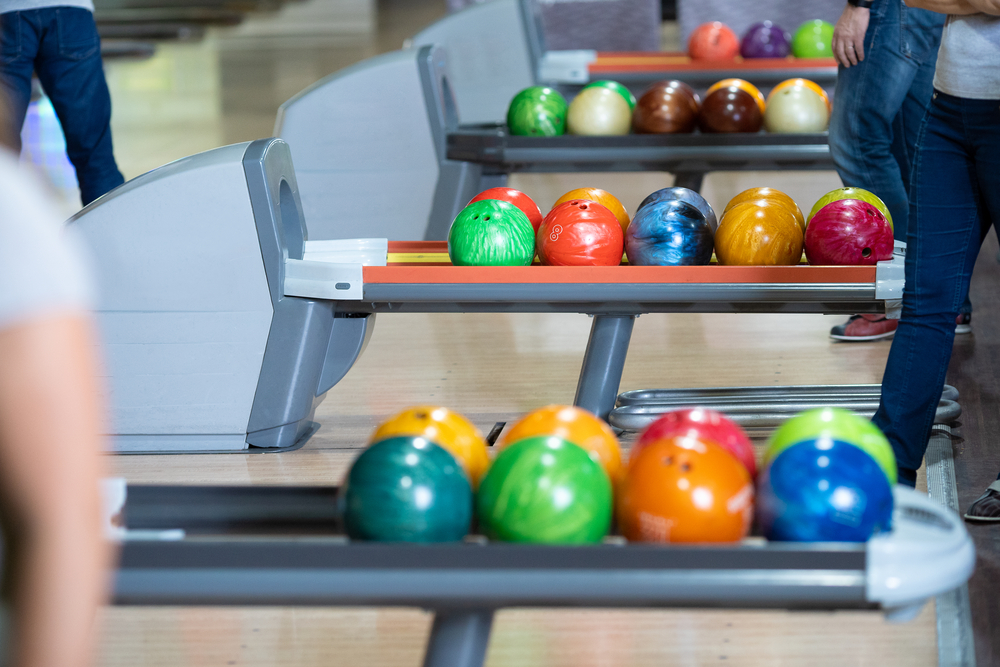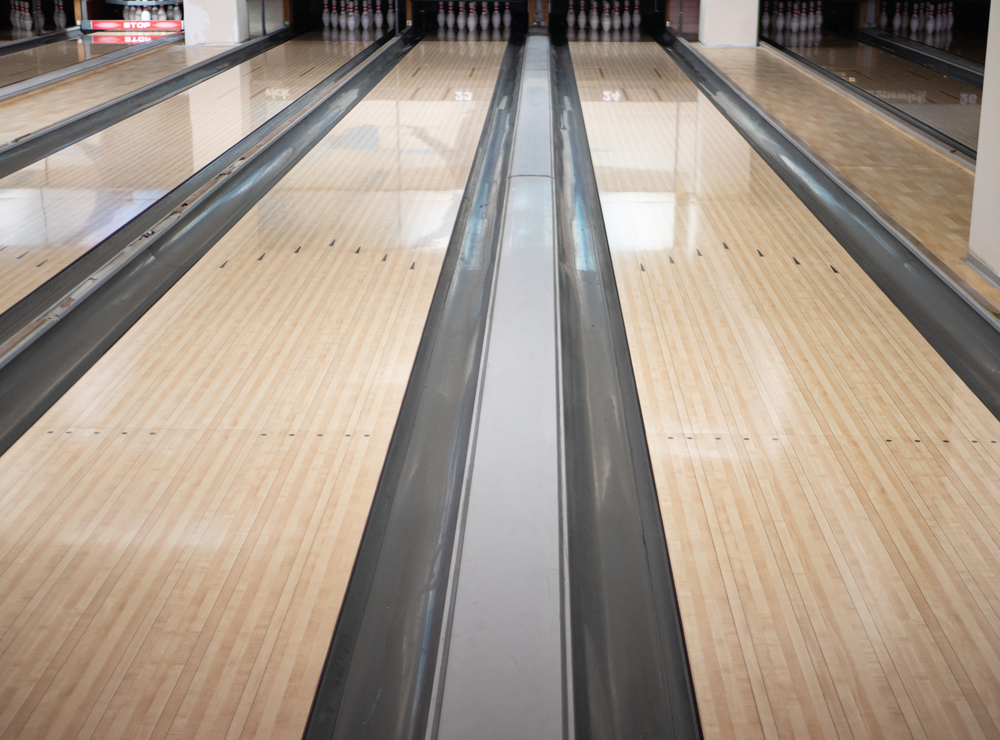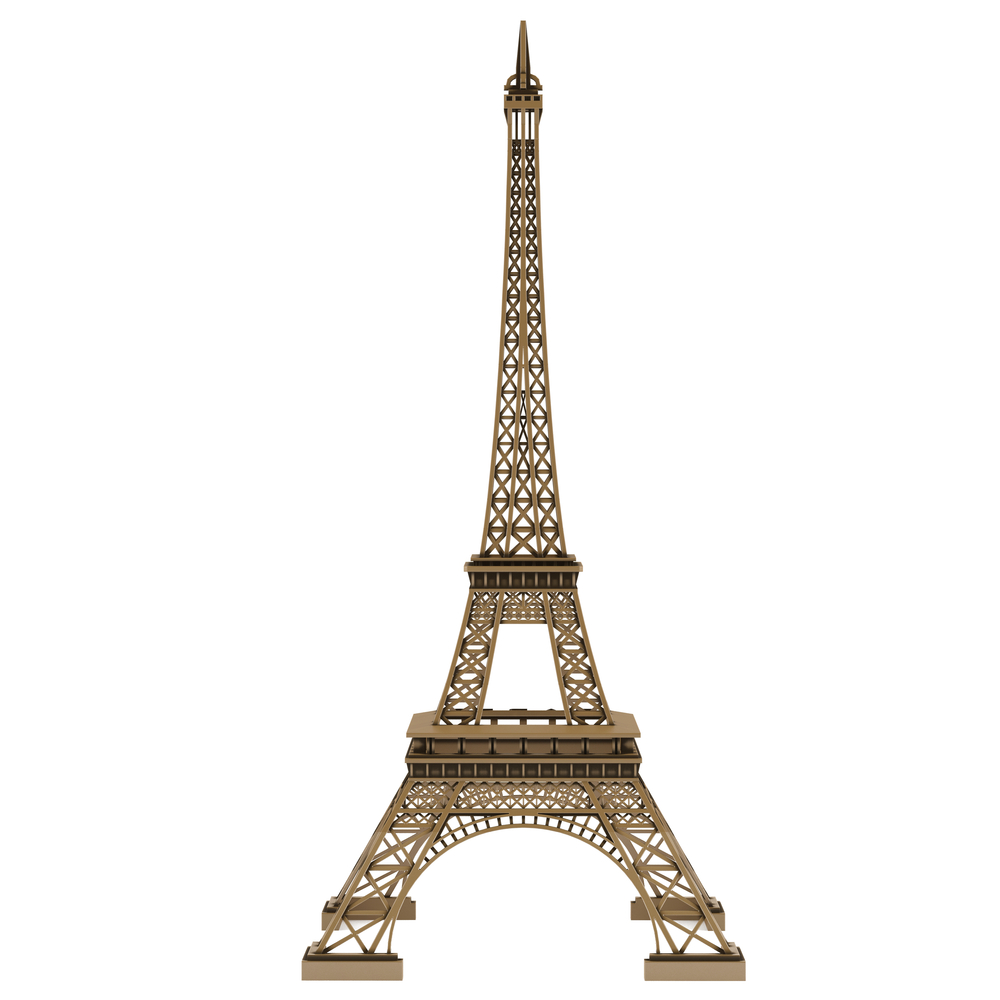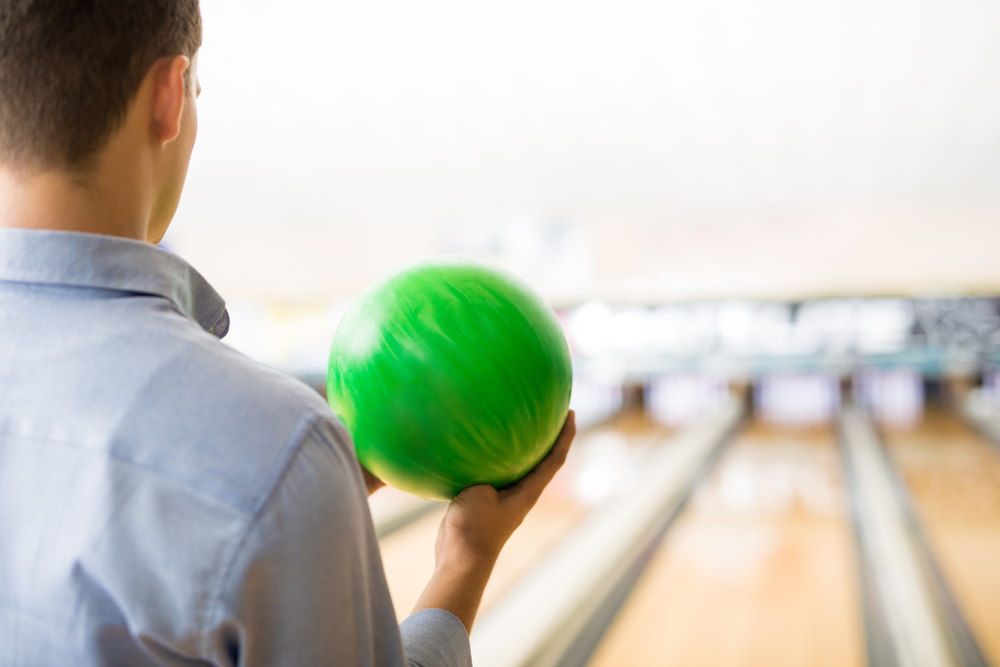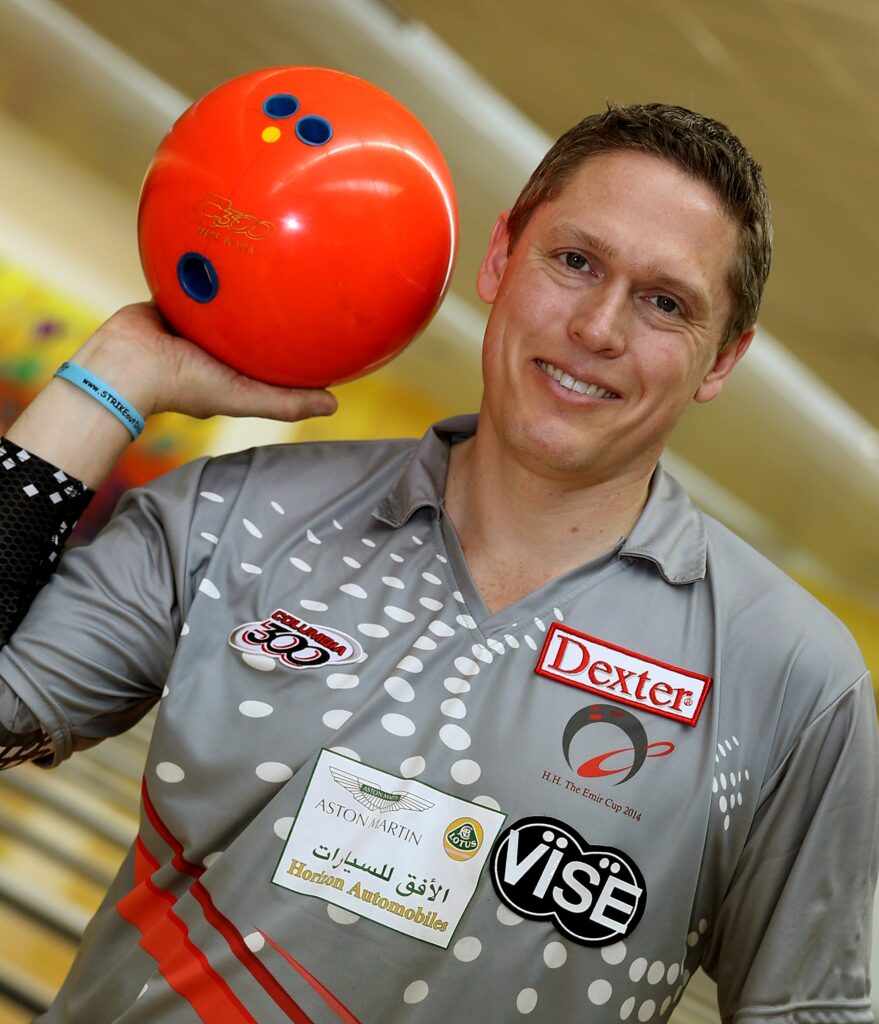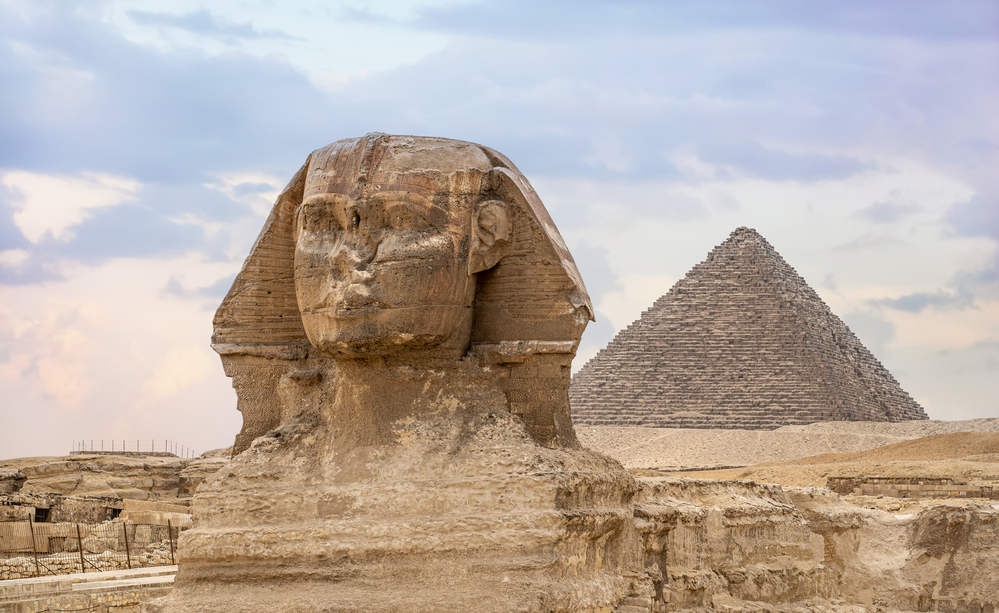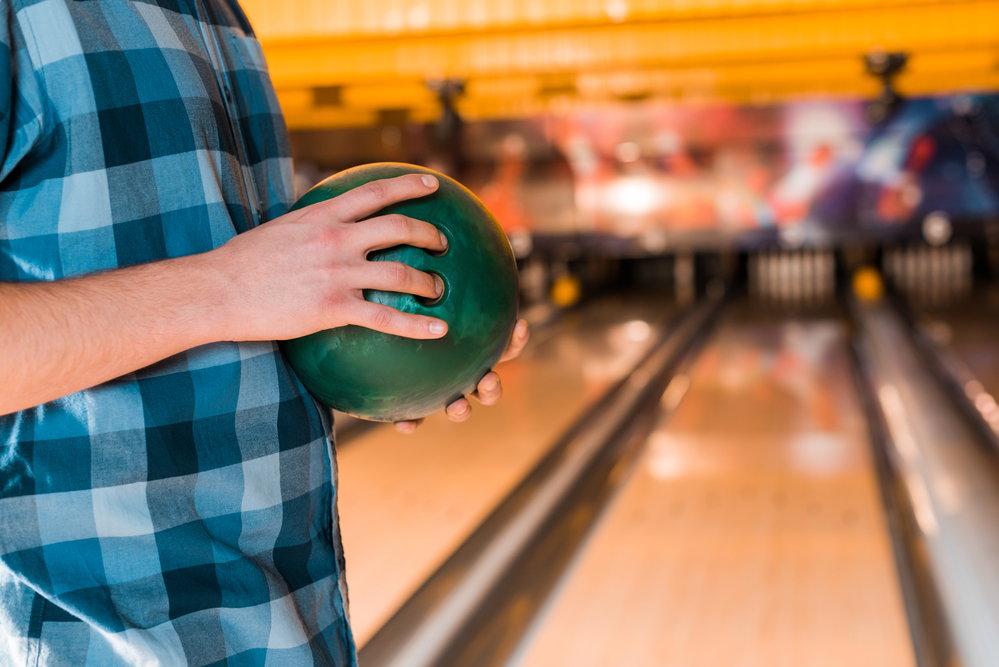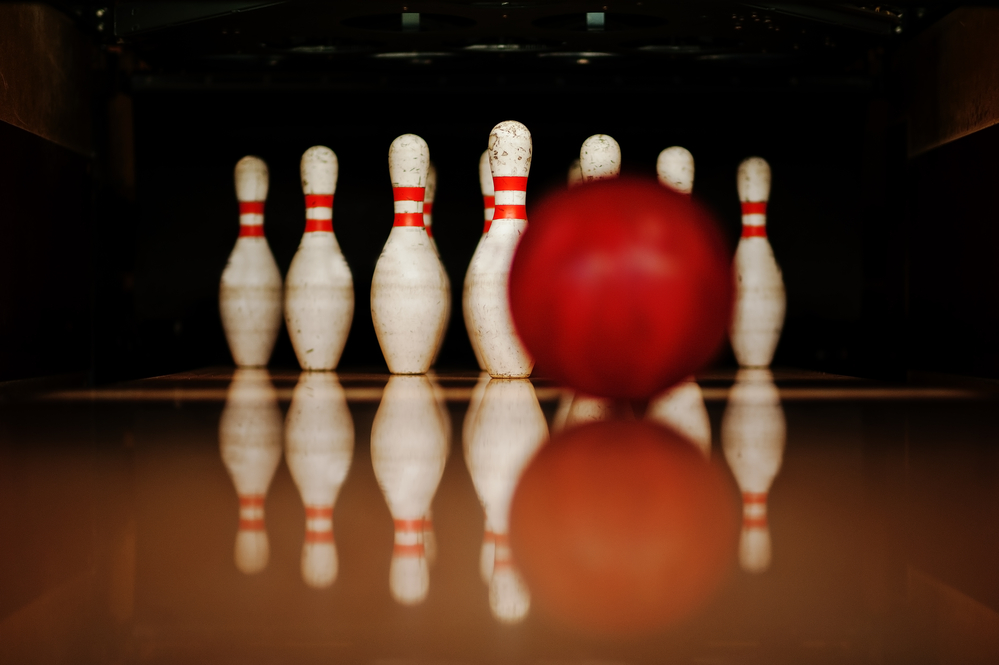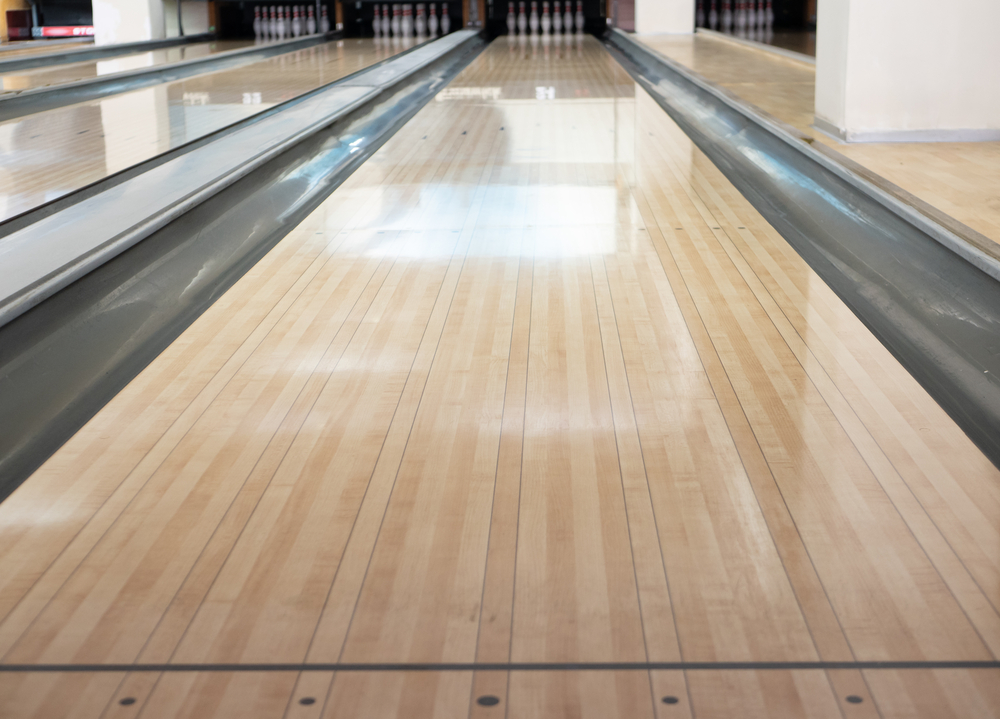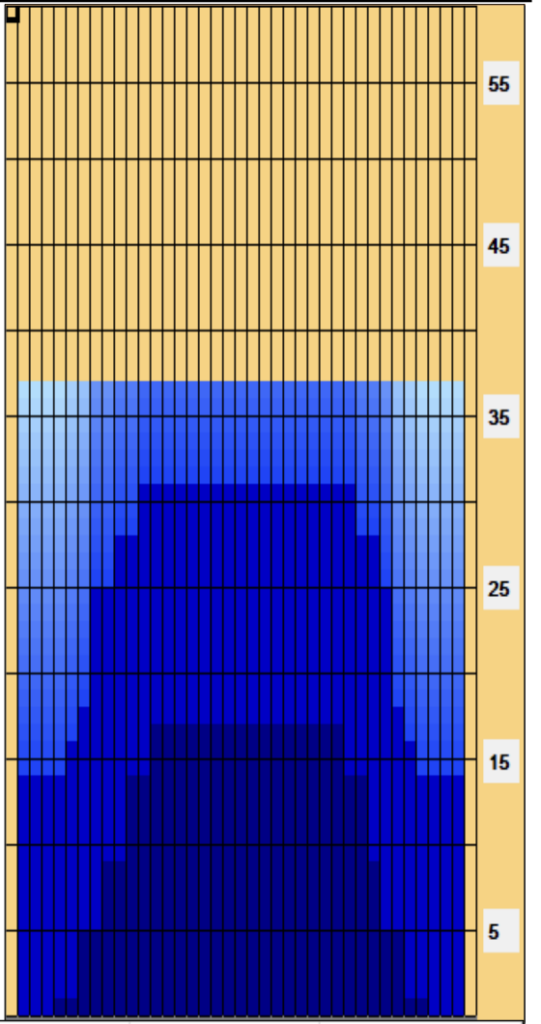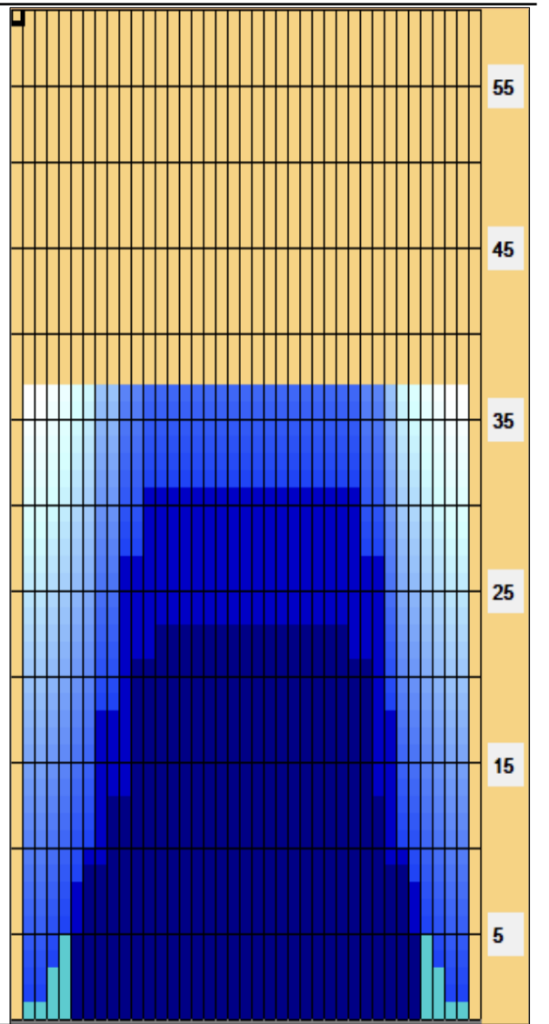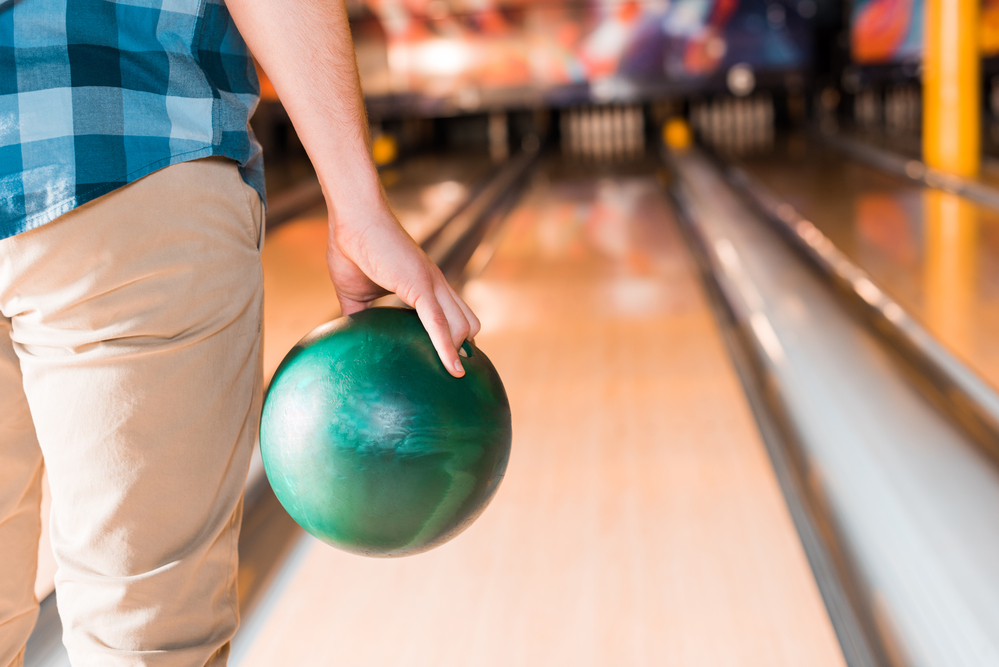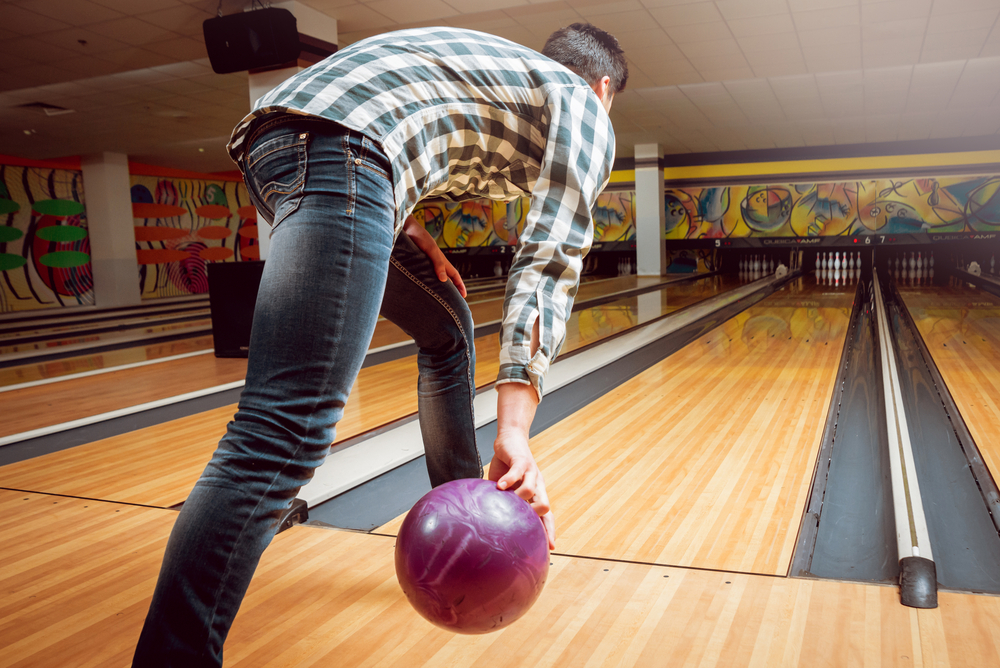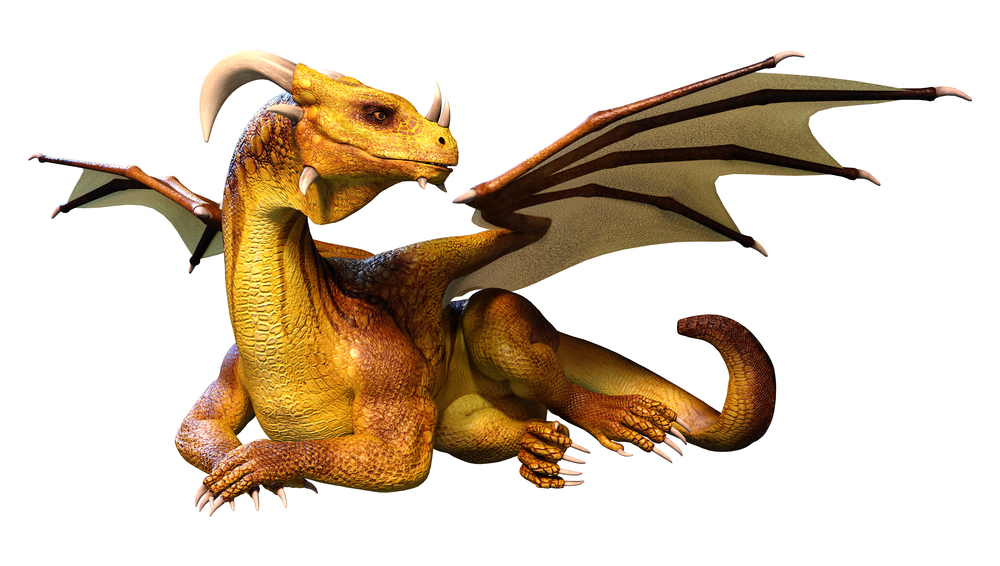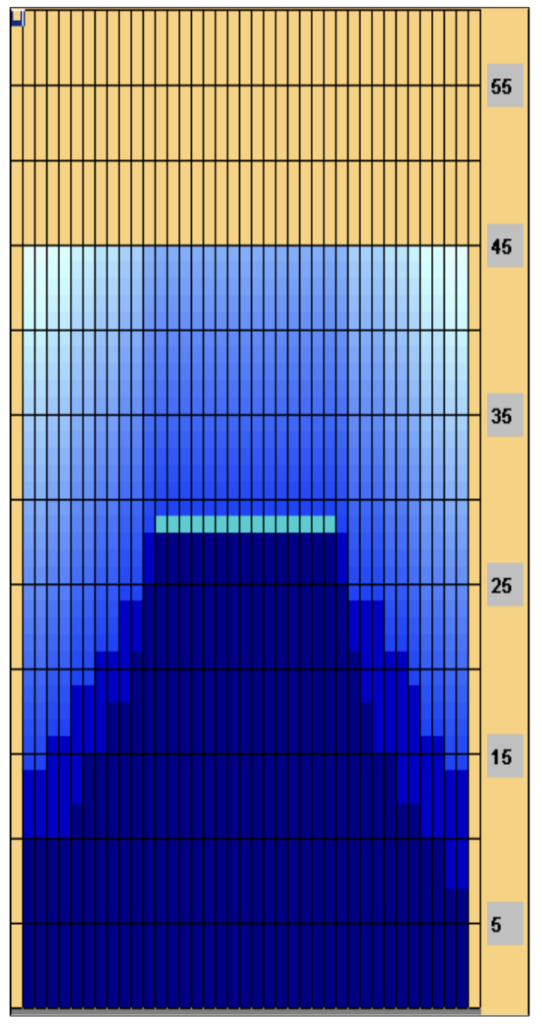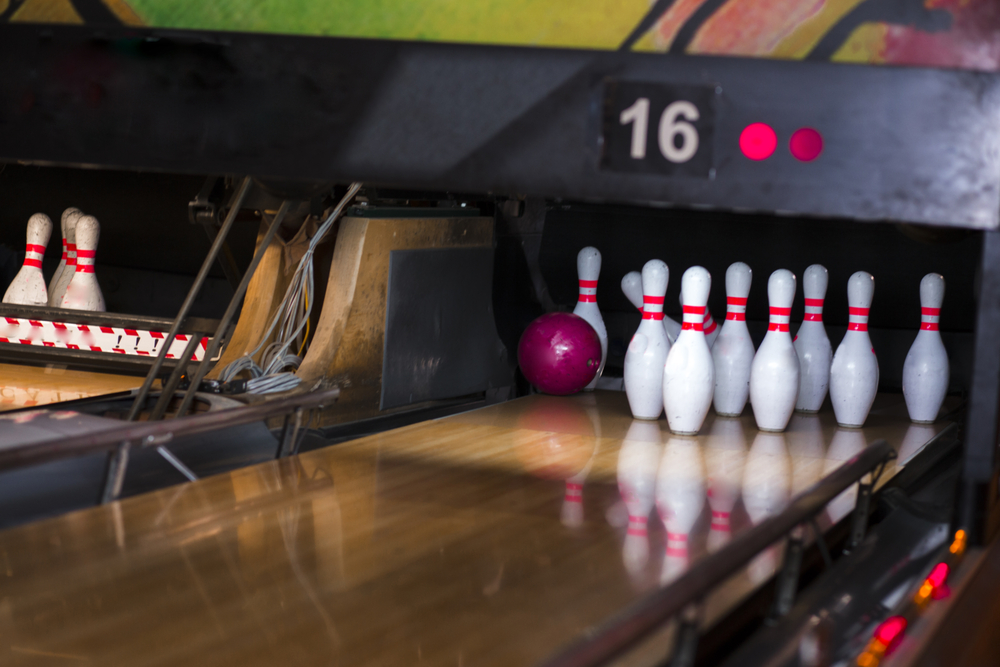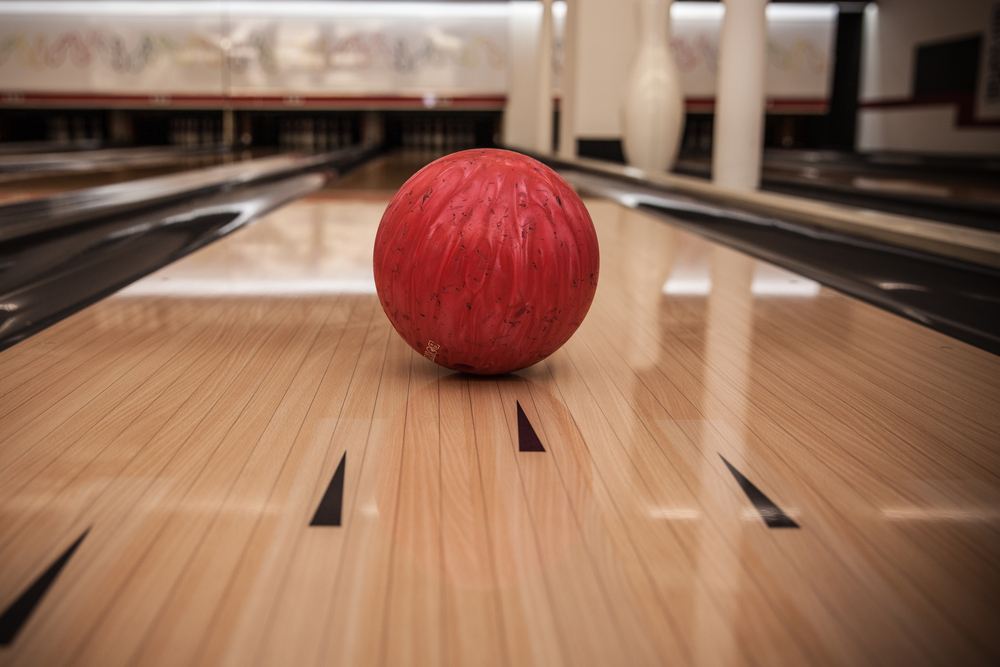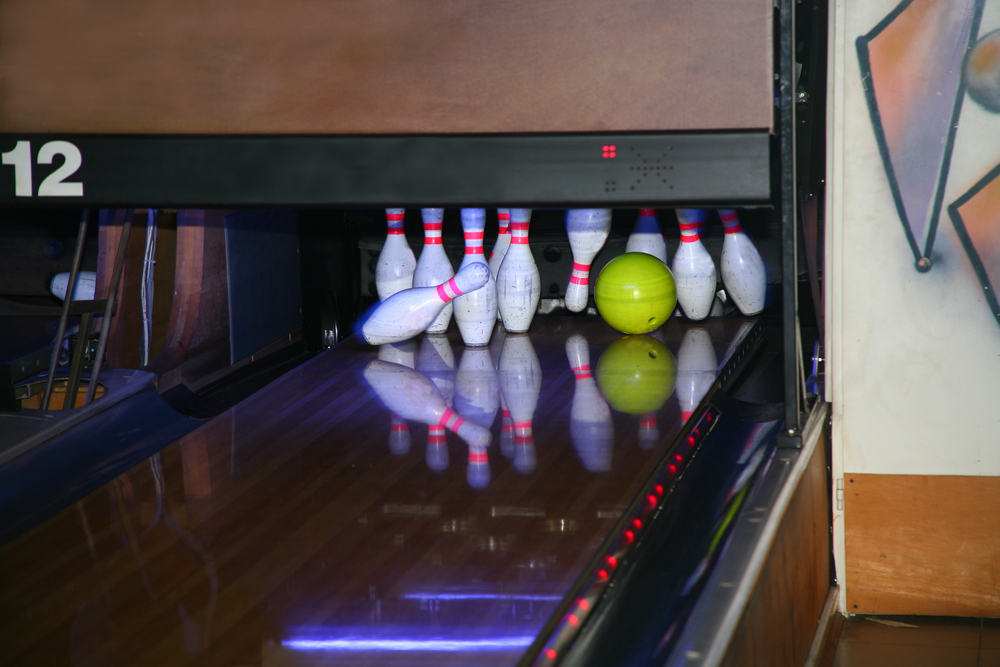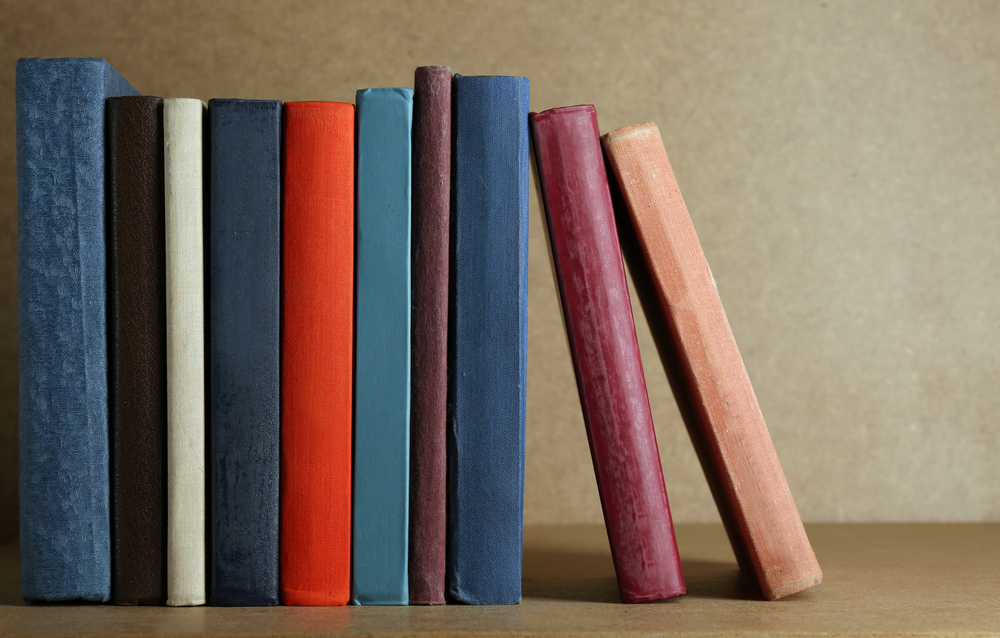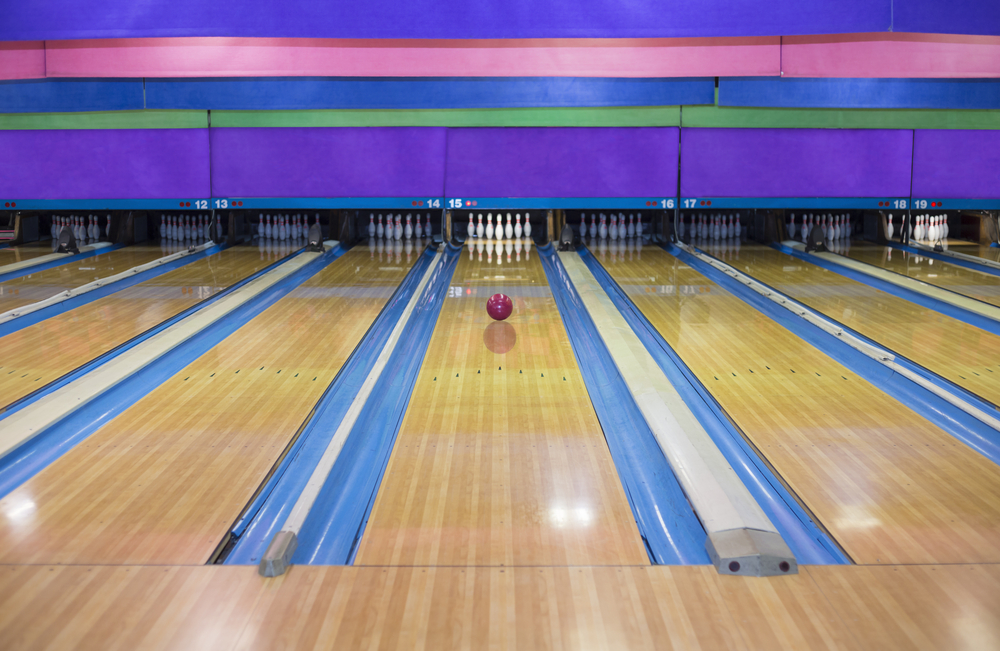
The United States Bowling Congress (USBC) is the national governing body for the sport of bowling in the United States. They are responsible for setting the rules and regulations for the sport, as well as managing tournaments and events. One of the USBC's primary functions is to maintain a consistent playing surface across all bowling lanes in the country.
To do this, the USBC uses a standard oil pattern that is applied to all bowling lanes. This oil pattern is designed to create a consistent and predictable reaction from the ball when it hits the lane. However, there are also a number of different oil patterns that can be used in bowling.
These oil patterns can be used to create a variety of different reactions from the ball, and they can be used to challenge bowlers of all skill levels. Let's dive in and have a look at the hardest oil pattern in bowling.
Contents
- 1 What Is the Hardest Oil Pattern in Bowling?
- 2 What Does Oil Do in Bowling?
- 3 What Are the Different Types of Oil Patterns in Bowling?
- 4 Mastering the US Open Pattern
- 5 What Is the Shortest Oil Pattern?
- 6 Can You See the Oil Pattern on a Bowling Lane?
- 7 Can PBA Bowlers See the Blue Oil?
- 8 What Is the Best Oil Pattern for Beginners?
- 9 What Is the 31 Rule in Bowling?
- 10 What Oil Pattern Do Most Bowling Alleys Use?
- 11 How Do Oil Patterns Affect Bowling?
- 12 Do Oil Patterns Remain the Same at Every Bowling Alley?
- 13 What Are the Most Important Rules in Bowling?
- 14 Related Articles
What Is the Hardest Oil Pattern in Bowling?
The hardest oil pattern in bowling is the US Open Pattern. This oil pattern is designed to be used on all bowling lanes across the United States. This symmetrical oil pattern is applied 49 feet long, and it’s the longest among all.
It is the hardest oil pattern in bowling because it's designed to challenge the best professional bowlers in the world. This oil pattern is used at the US Open tournament, which is considered to be one of the most prestigious events in bowling. It covers 603 boards and uses 30.15 milliliters of oil.
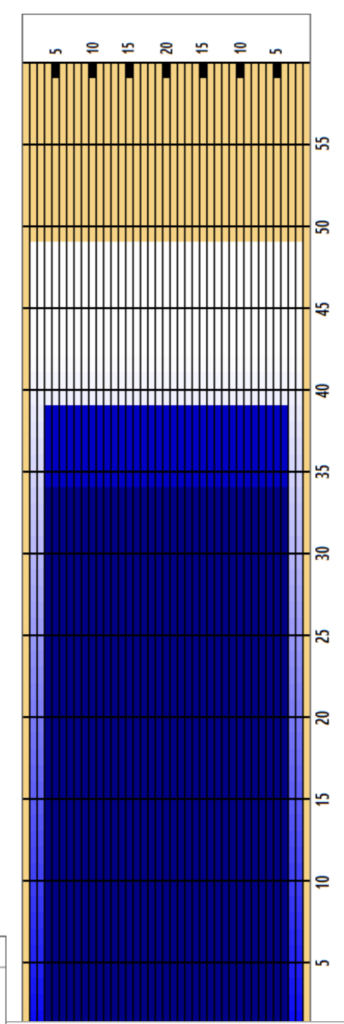
What Does Oil Do in Bowling?
Now that we know a little bit about the longest oil pattern, let's take a look at what oil actually does in bowling. Oil is applied to the lane in order to create a consistent and predictable reaction from the ball. The oil helps to reduce friction between the ball and the lane surface, which makes it easier for the ball to travel down the lane and hit the pins.
In addition, oil also helps to protect the lane from wear and tear. Without oil, the lane would start to break down quickly and become unplayable. Oil is a vital part of the game of bowling, and it is important to understand how it works in order to be a successful bowler.
Now that we know a little bit about oil, let's take a look at the different types of oil patterns that can be used in bowling.
What Are the Different Types of Oil Patterns in Bowling?
There are a number of different oil patterns that can be used in bowling. Each oil pattern is designed to create a different reaction from the ball, and they can be used to challenge bowlers of all skill levels. The USBC has developed a number of different oil patterns that can be used in bowling.
Here are 7 of the oil patterns are:
- The US Open Pattern
- The PBA50 pattern
- Cheetah pattern
- The Chameleon pattern
- Viper pattern
- The Scorpion pattern
- The Shark pattern
Some oil patterns are designed to be used on sports bowling lanes, while others are designed to be used on recreational bowling lanes. It is important to understand the difference between these two types of lanes, as they will have a different reaction from the ball. Sport bowling lanes are designed to be more challenging, and they will often have a higher oil volume than recreational bowling lanes.
The ball will have to travel through more oil, which will make it more difficult to control. Recreational bowling lanes are designed to be less challenging, and they will often have a lower oil volume. The ball will have an easier time traveling down the lane and hitting the pins.

Mastering the US Open Pattern
The US Open Pattern is the longest and the hardest oil pattern in bowling. This oil pattern is used on all bowling lanes across the United States, and it is designed to challenge the best bowlers in the country. If you are looking to improve your game and take on the best bowlers in the world, then you need to master the US Open Pattern.
Here are some tips that will help you master this oil pattern:
- Use a ball that is designed for lane conditions with a lot of oil.
- Try to stay in the middle of the lane.
- Be aggressive with your shots.
- Don’t be afraid to experiment with different shots.
- Practice, practice, practice!
Mastering the US Open Pattern will take time and effort, but it is well worth it if you want to be the best bowler in the country. With a little bit of practice and dedication, you can be sure that you will be able to master this oil pattern and take your game to the next level.
What Is the Shortest Oil Pattern?
The shortest oil pattern is the PBA 40 pattern. This oil pattern is used on all PBA Tour events, and it is designed to challenge the best bowlers in the world. The PBA 50 pattern could be between 32 to 35 feet in length.
This oil pattern is shorter than the US Open Pattern, but it is still designed to challenge the pro bowlers in the world.
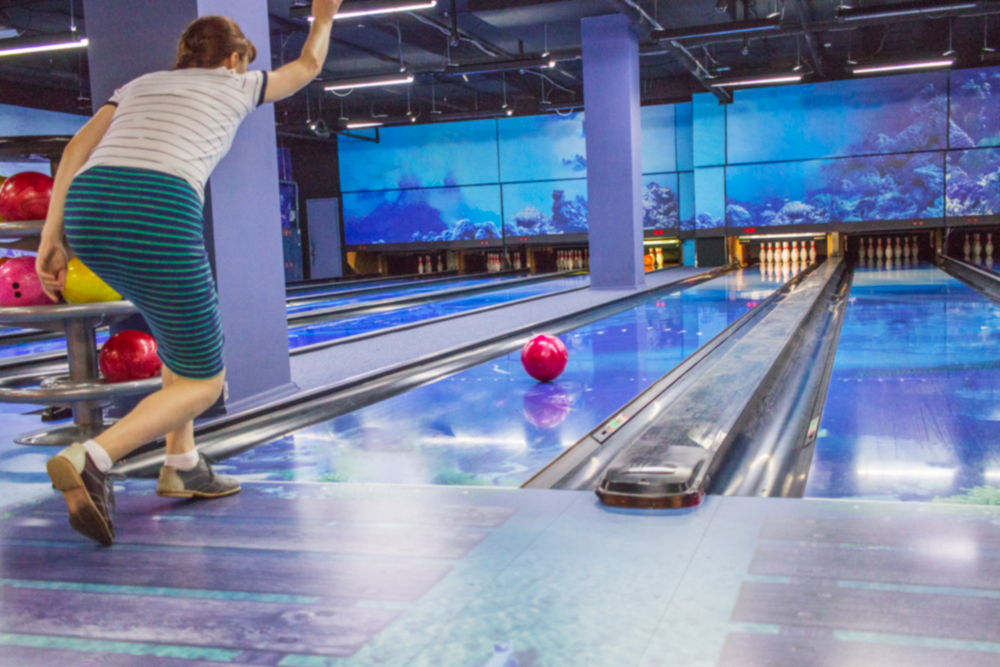
Can You See the Oil Pattern on a Bowling Lane?
No, you cannot see the oil pattern on a bowling lane. The oil is applied to the lane using a machine, and it is spread evenly across the entire length of the lane. The only way to know what the oil pattern is on a particular lane is to ask the bowling alley staff.
They will be able to tell you what the oil pattern is, and they may even have a printout of the pattern that you can take with you. Even though PBA has created a blue oil for visibility to allow bowlers to see the pattern before they take the shot.
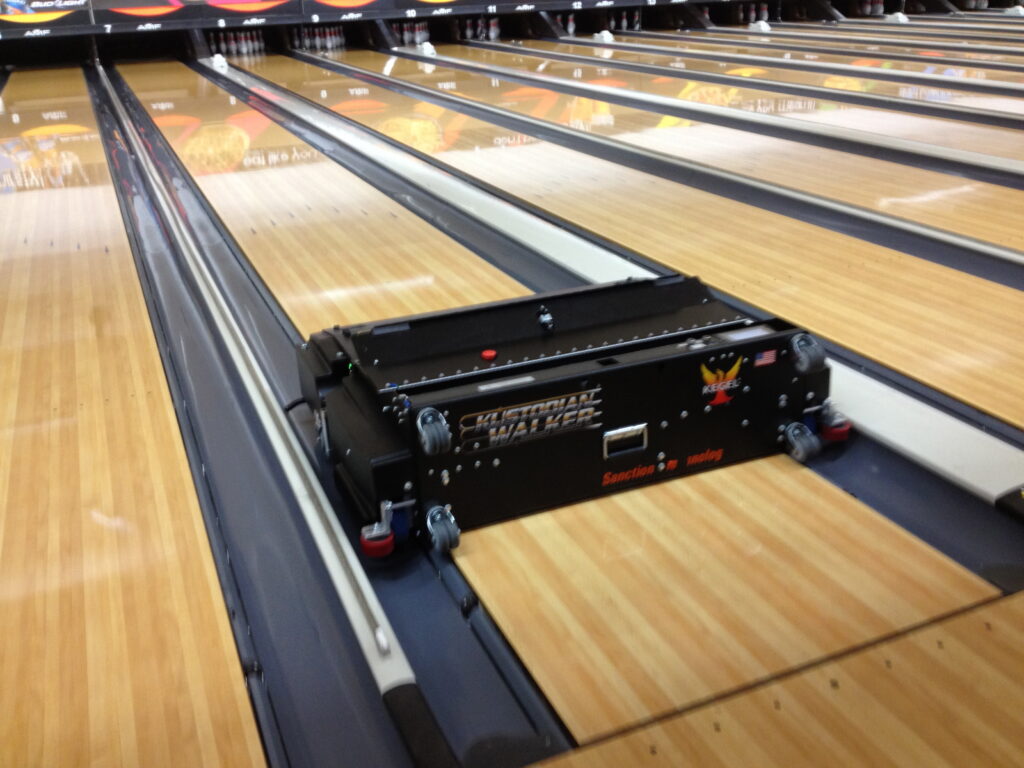
Can PBA Bowlers See the Blue Oil?
Actually, PBA bowlers can see the blue oil. A few years ago, a blue dye was added to the oil, creating visibility for the PBA bowlers.
What Is the Best Oil Pattern for Beginners?
The best oil pattern for beginners is the PBA 40 pattern. This oil pattern is used on all PBA Tour events, and it is designed to challenge the best bowlers in the world. The PBA 40 pattern could be between 32 to 35 feet in length.
The PBA 40 pattern is a good choice for beginners because it is shorter than the US Open Pattern and will provide bowlers with a good challenge without being too difficult.
What Is the 31 Rule in Bowling?
The 31 Rule in Bowling is a guideline that bowlers can use to help them choose the right exit point for the bowling ball. In this case, the 31 Rule would suggest that the bowler should aim for an exit point between 10.5 feet on a 40-foot long typical house shot. You just subtract 31 from the length of the lane.
This rule is not set in stone, but it is a good guideline for bowlers to follow. It is not mandatory, but it is a good way for bowlers to ensure that they are using the right amount of oil on their lanes.
What Oil Pattern Do Most Bowling Alleys Use?
The sport pattern is most used in bowling alleys. The oil pattern is designed to provide a good challenge for bowlers of all skill levels. The oil pattern is also designed to be easy to maintain and is a good choice for bowling alley operators.
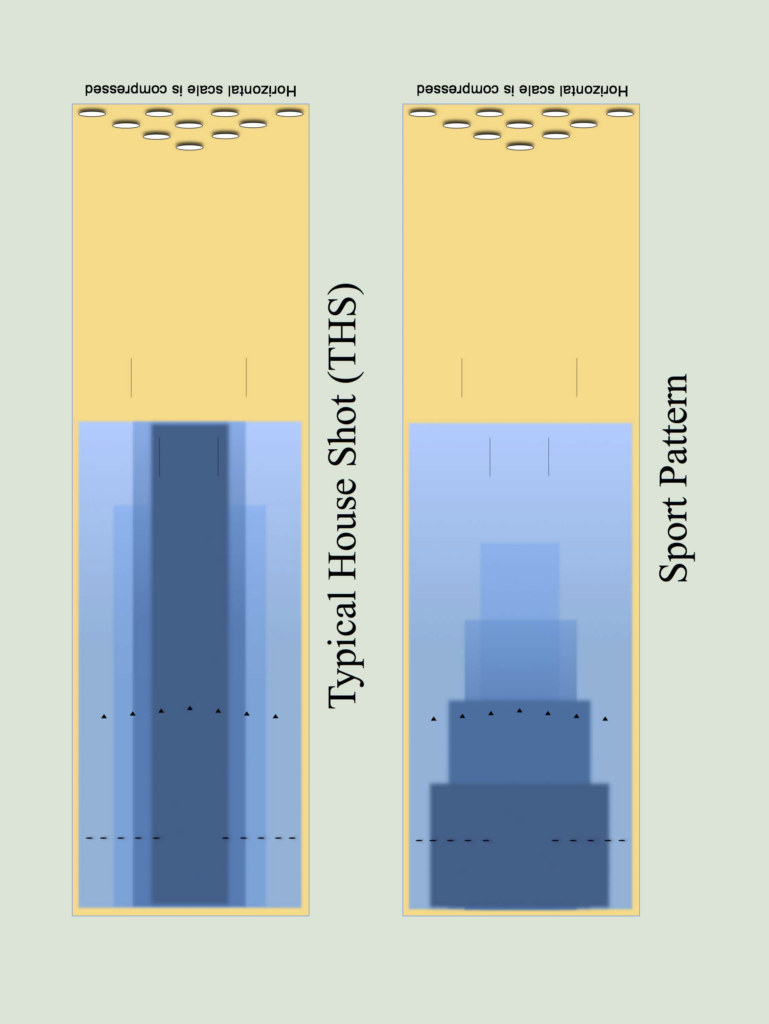
How Do Oil Patterns Affect Bowling?
Oil patterns can affect bowling in a variety of ways.
- They can make the lane more difficult to bowl on, and they can also make the lane more challenging for better bowlers.
- Oil patterns can also affect how the ball reacts when it hits the pins.
- Some oil patterns can cause the ball to hook more, while others can cause the ball to roll straighter.
- Oil patterns can also affect the speed of the ball, and they can also affect the spin of the ball.
These patterns can have a big impact on the game of bowling, and it is important for bowlers to understand how they work.
Do Oil Patterns Remain the Same at Every Bowling Alley?
No, oil patterns do not remain the same at every bowling alley. Bowling alleys can have different oil patterns depending on a variety of factors. Some bowling alleys may have different oil patterns because of the type of lanes that they have.
Other bowling alleys may have different oil patterns because of the type of clientele that they have. Some bowling alleys may even change their oil patterns depending on the time of year. For example, some bowling alleys may use a different oil pattern during the summer months than they do during the winter months.
It is important for bowlers to be aware of the different oil patterns that are used at their local bowling alley.
What Are the Most Important Rules in Bowling?
There are a few important rules in bowling that all bowlers should be aware of.
- First, it is important to understand the different types of oil patterns that can be used on the lanes.
- It is important to understand how these oil patterns can affect the game of bowling.
- Third, it is important to understand the 31 Rule in bowling for the break point.
- Fourth, it is important to understand the different types of bowling balls that can be used on the lanes.
- Fifth, it is important to understand how to properly maintain your bowling equipment.
By following these simple rules, bowlers can ensure that they are playing the game of bowling to the best of their ability.
Related Articles
There is a lot of information that bowlers need to know about oil patterns in bowling. It is important to understand the different types of oil patterns that are available, and it is also important to understand how these oil patterns will affect the game of bowling.
Bowlers should also be aware of the 31 Rule in bowling, and they should understand the different types of bowling balls that are available and under which patterns you should use them.


